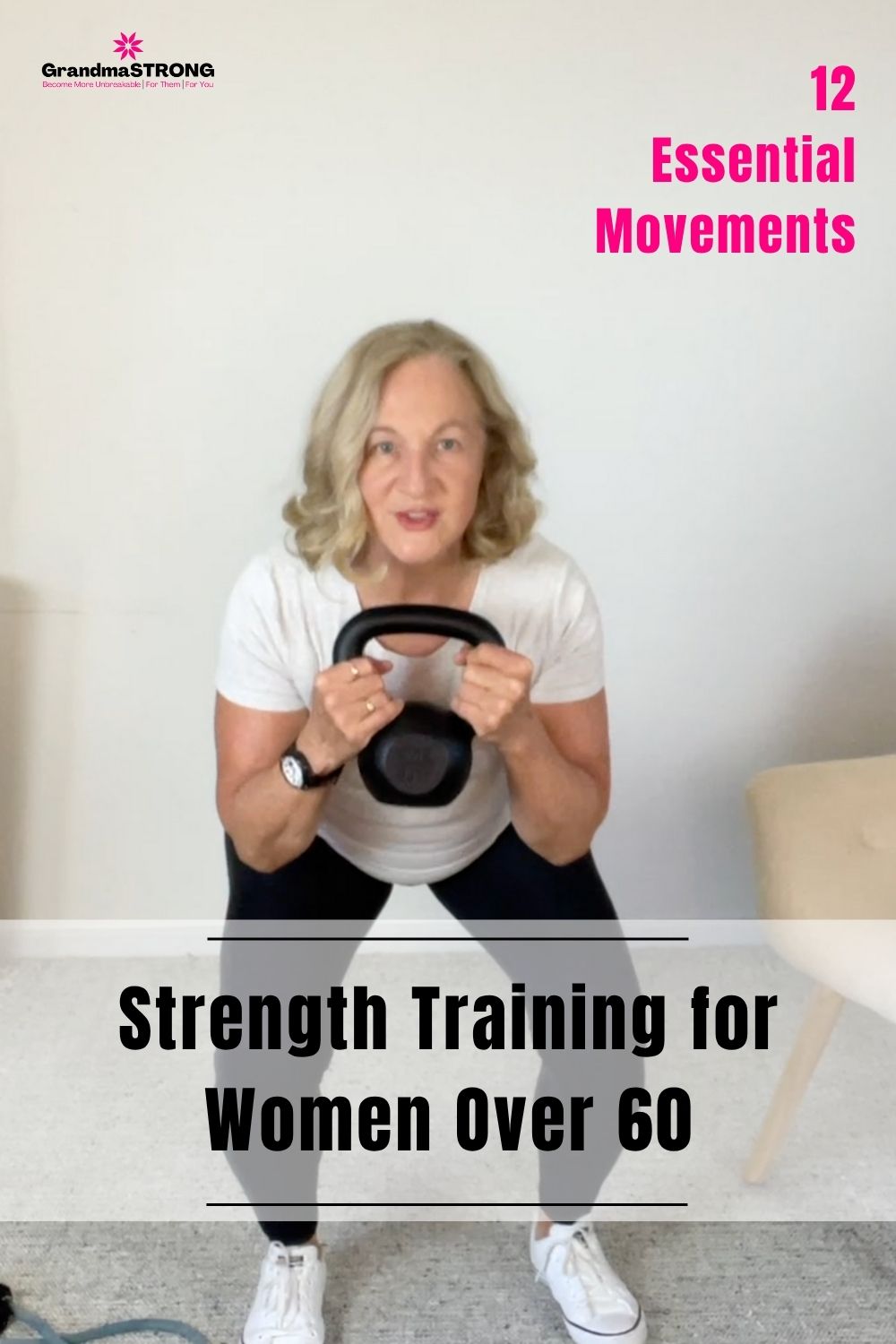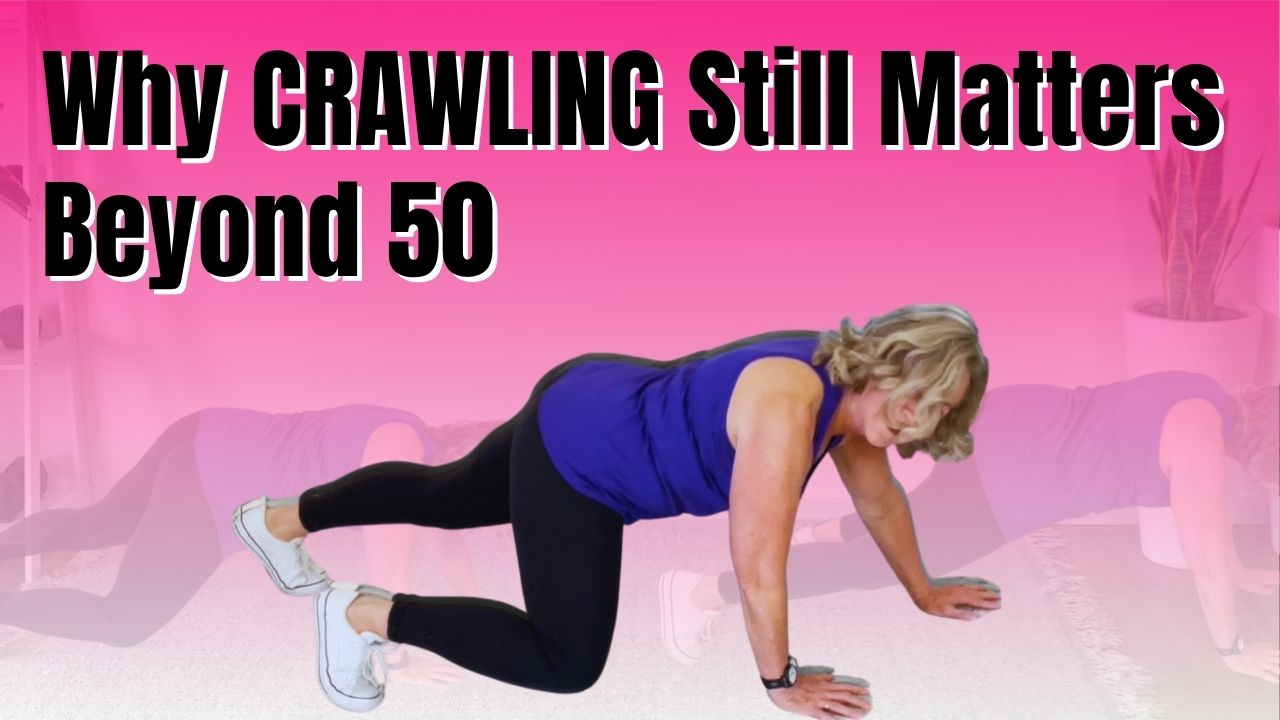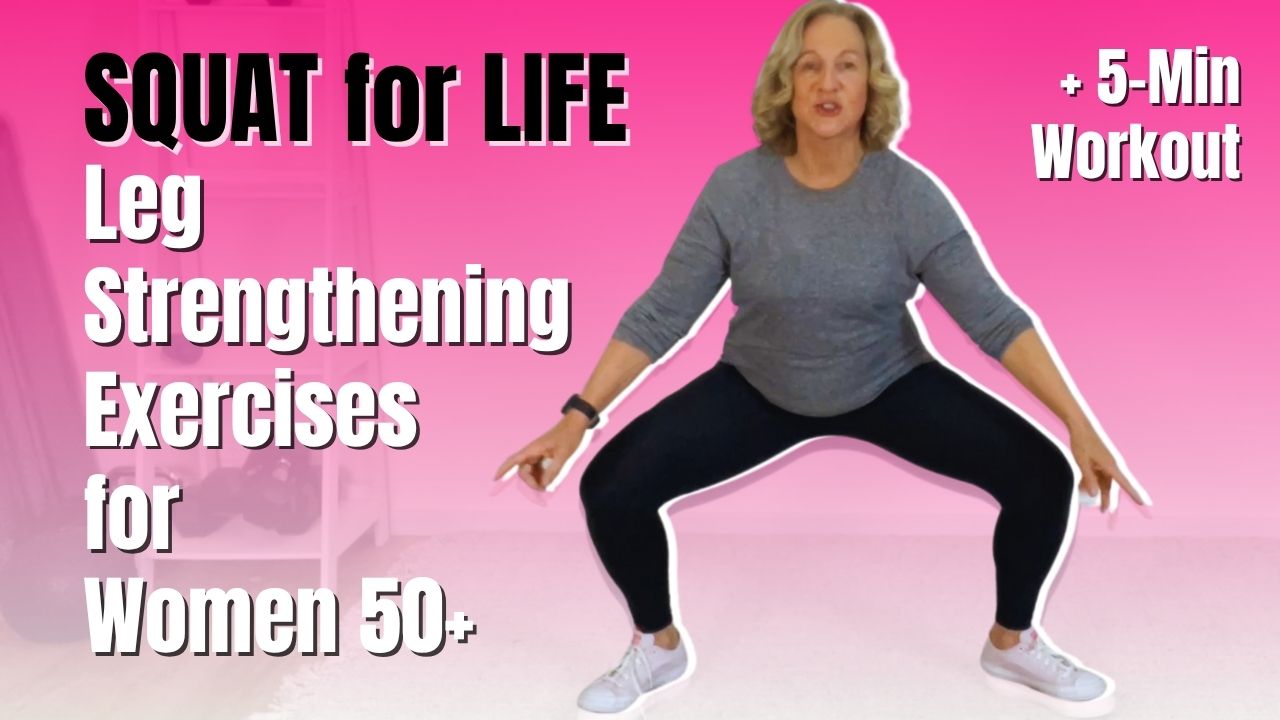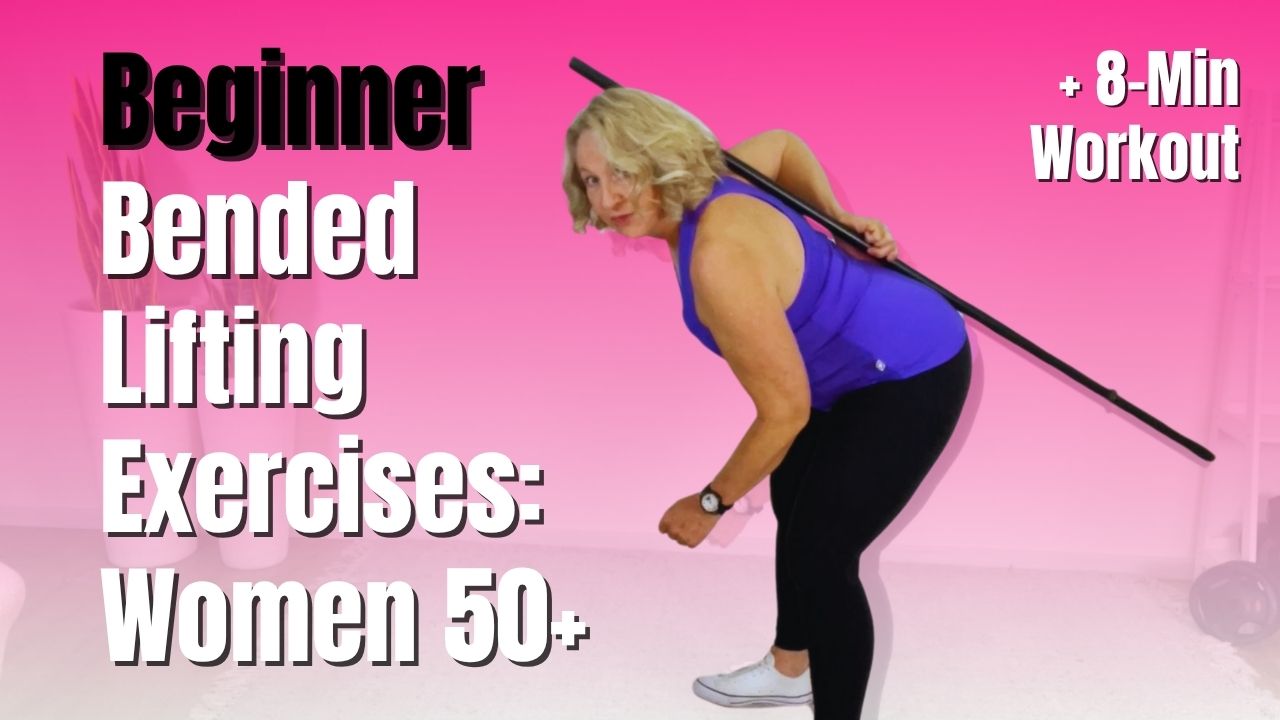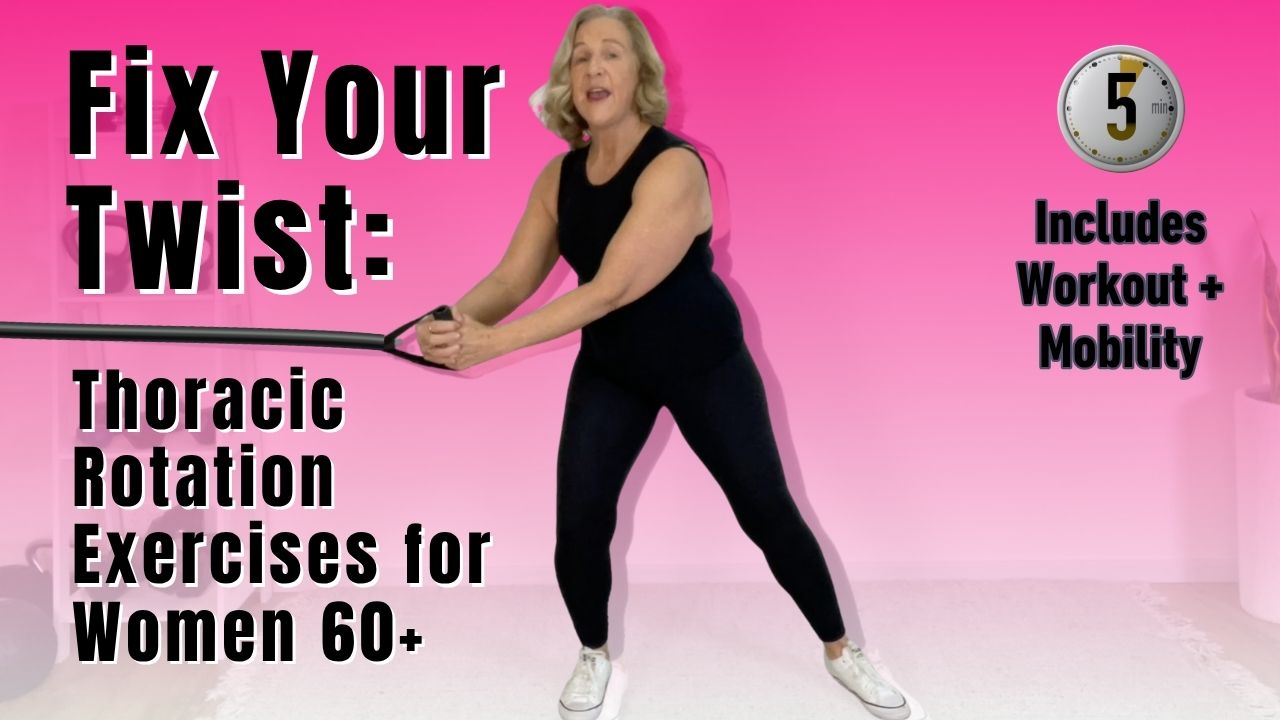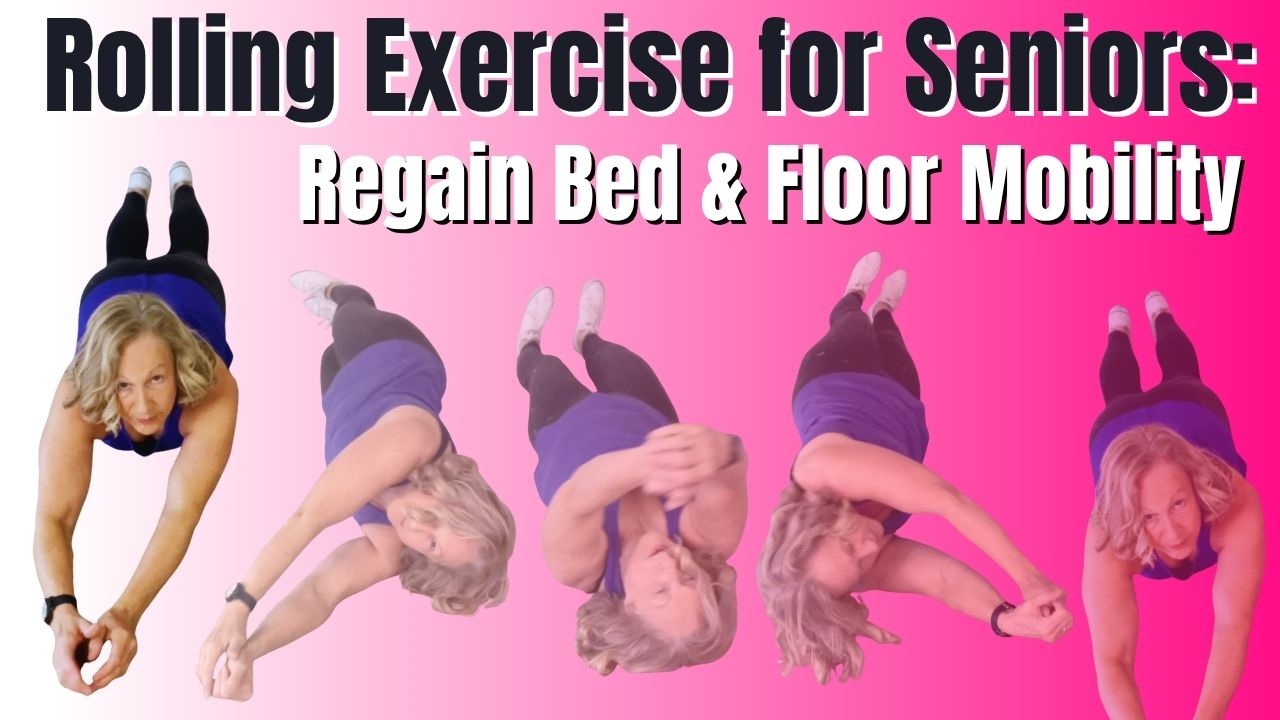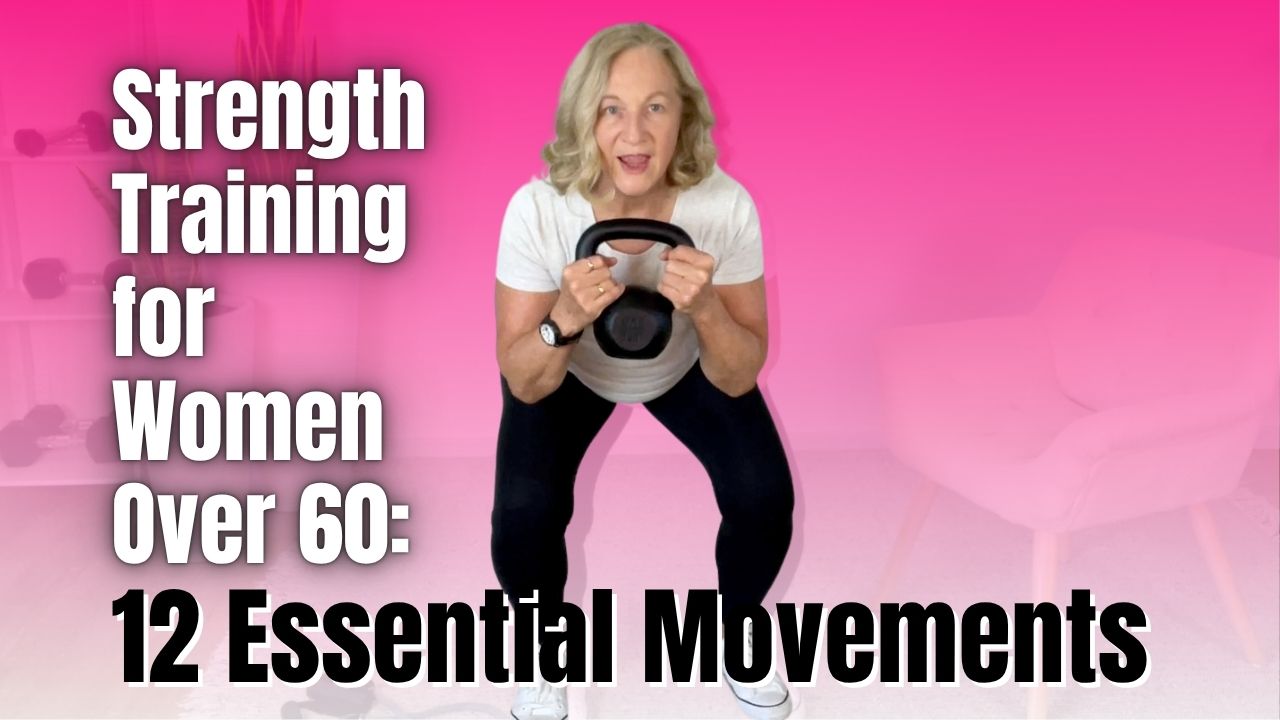
As women age, staying active is no longer just about "keeping fit." It's about maintaining strength, mobility, and independence - so you can live fully, support your family, and chase those dreams that still call you.
And that's the heart of GrandmaSTRONG and my motivation behind all our strength training for women over 60, services and programs.
That's why I created this comprehensive 12 Essential Everyday Movements Resource Guide.
"Whatever you find hard to do, keep doing it. Because if you don't, you'll lose that ability. And once it's gone, it's much much harder to get it back."
Coach Sheree King, GrandmaSTRONG
In the video or content below, you'll discover the 12 essential Active Daily Life (A.D.L.) movements that every woman should train regularly, especially over 60. These aren't just gym exercises. They're the movements of everyday life.
Watch: 12 Strength Moves to Age Strong, Not Frail
The Power of Strength Training for Women Over 60: Because You're Not Done Yet!
We get it, you've still got responsibilities that hold you, people that need your, and things you want to achieve. But as we age, our bodies need a little more attention to keep up.
Strength training for women over 60 isn't just about muscle, it's about freedom, mobility, endurance, and the ability to keep living life strong and full.
It helps you:
But here's the key:
To age strong, we don't just need any old workout, we need to train for strength in the real-life movements we use every day.
The 12 Essential Everyday Movements for Women Over 60
Below are the foundation movements Coach Sheree teaches inside all our Grandma Strong programs, and demonstrated in the video above. Each one is a critical piece of your ability to live freely, age confidently, and support your body for the long-term strength transformation desired.
In this guide: We'll show you 1. How to strengthen each movement using simple tools, and 2. Where it shows up in everyday life - because these aren't just exercises. These are your lifelines to maintaining everyday movement freedom and on-going independence.
1. Gait - Walking with balance, posture, and strength
It's one of those things that we all do every day, but are you standing and walking tall? Walking tall, perhaps like the Queen of Sheba, shoulders back and looking ahead.
Practice that (keep an eye out for trip hazards though), maybe even try walking backwards or walking to the side, but I want you're standing tall. So every time you go to the shops, think about standing/walking tall and being proud of who you are.
Every-time we do this, our gait's going to be a lot better. If you walk with a limp or something's not quite right with your gait, it may be time to go see your exercise physiologist and get some ideas on where you're tight, where things might not be working properly so you do walk properly and walk tall.
Everyday Life:
Walking may seem automatic, until it's not. Poor gait patterns lead to falls, joint strain, and reduced confidence in the public spaces or on uneven terrain. When women stop walking tall, they start to shrink back from life.
Examples:
- Walking uphill or downstairs with control.
- Navigating uneven ground or gravel.
- Walking backwards, sideways, or while carrying something.
- Standing tall in a busy crowd or store.
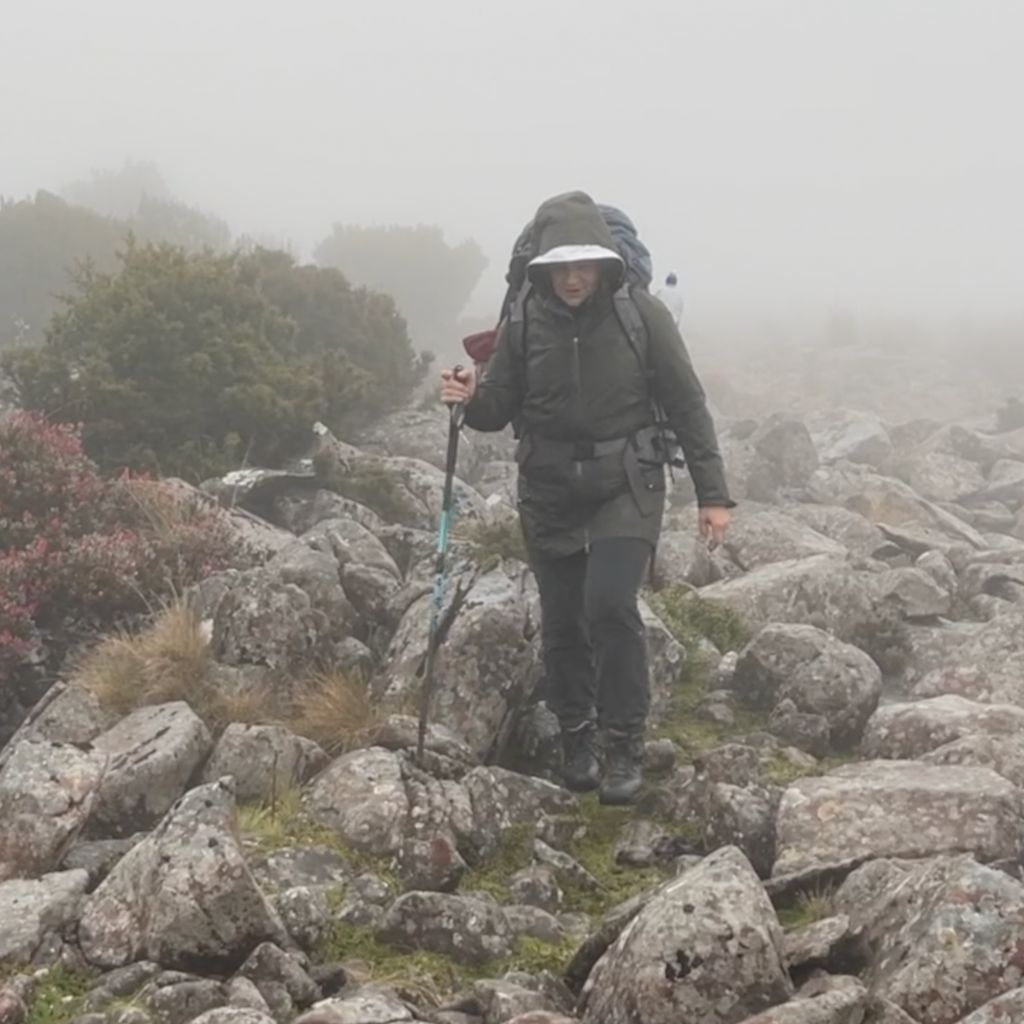
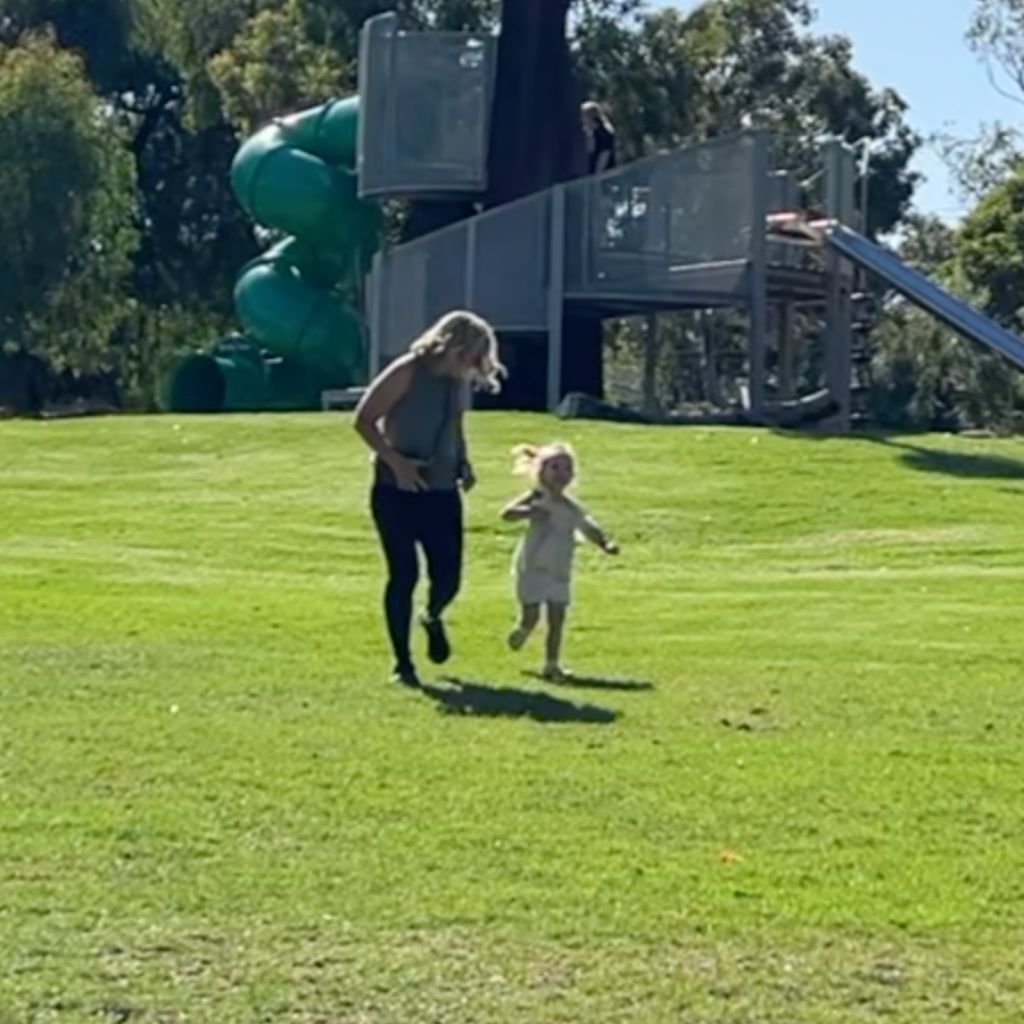
Strengthen:
Training gait helps preserve your balance, reaction time, posture, and lower body resilience. It also improves how efficiently your brain and body communicate - so you walk with purpose, not hesitation.
Train with:
- Leg band steps. Forward/back & side-to-side.
- High leg lift steps (over towel or low object). Forward/back & side-to-side.
- Balance drills. Make sure you're near a chair, table, wall (preferably corner) incase you lose balance and fall, so you're safe doing this.
- ALSO: Loaded carries, like kettlebell in one or each hand (ensure your posture is upright and vertically aligned). If doing single hand loaded carries ensure you don't lean to either side. (see carry below for more).
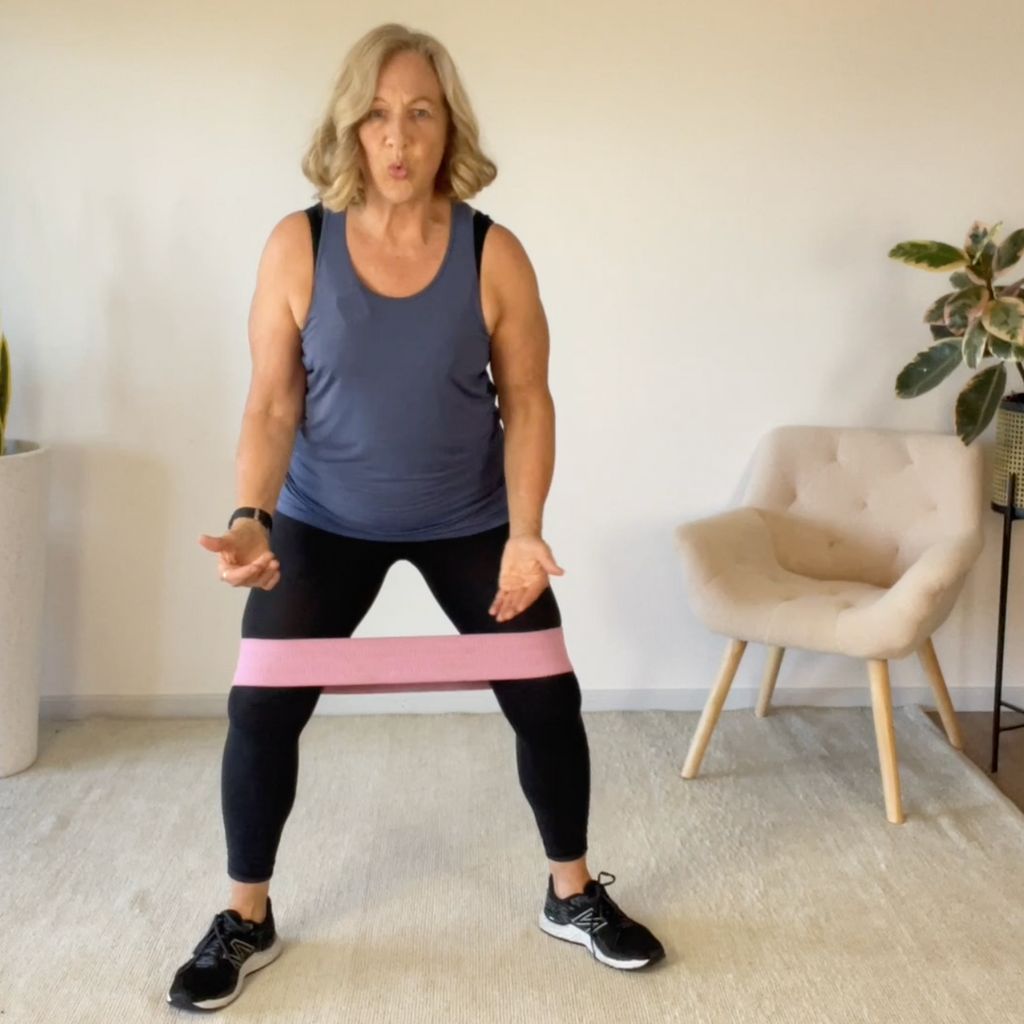
Leg band steps
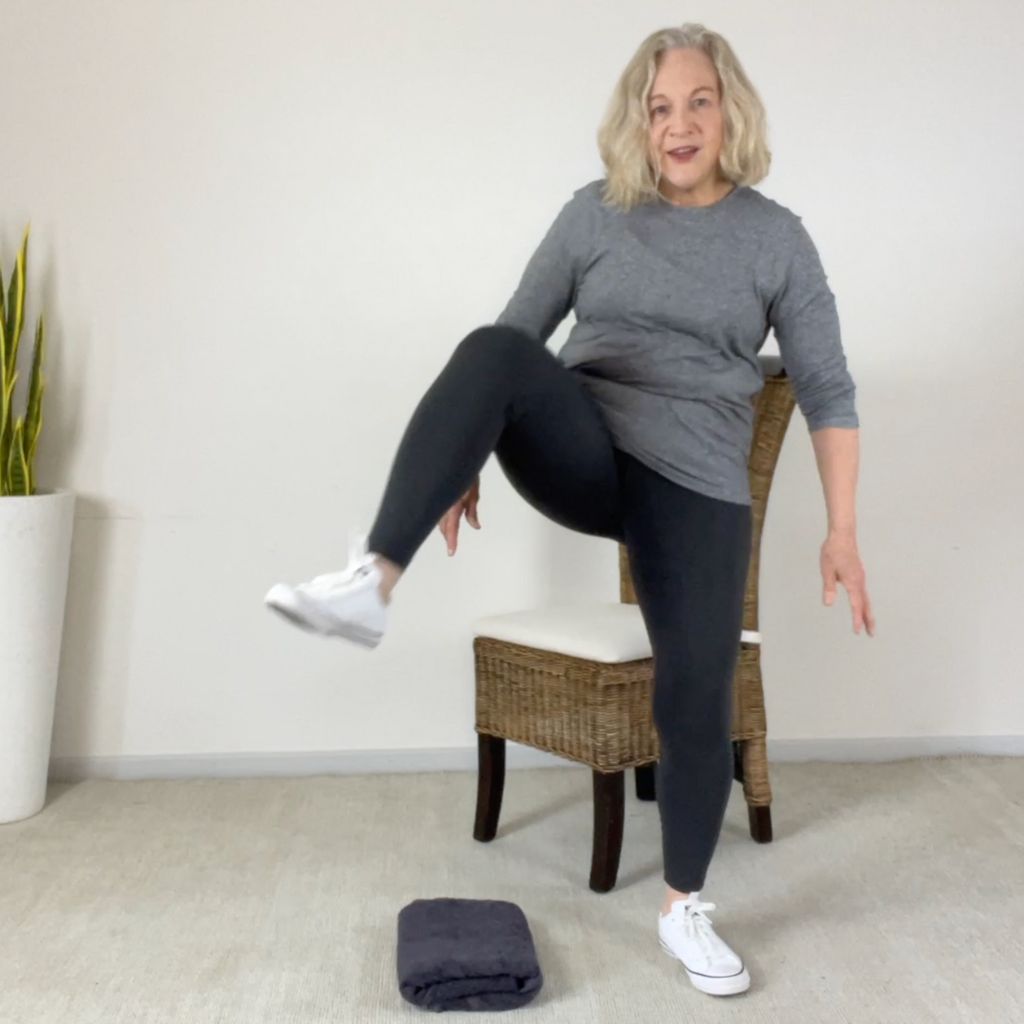
High Leg lift steps
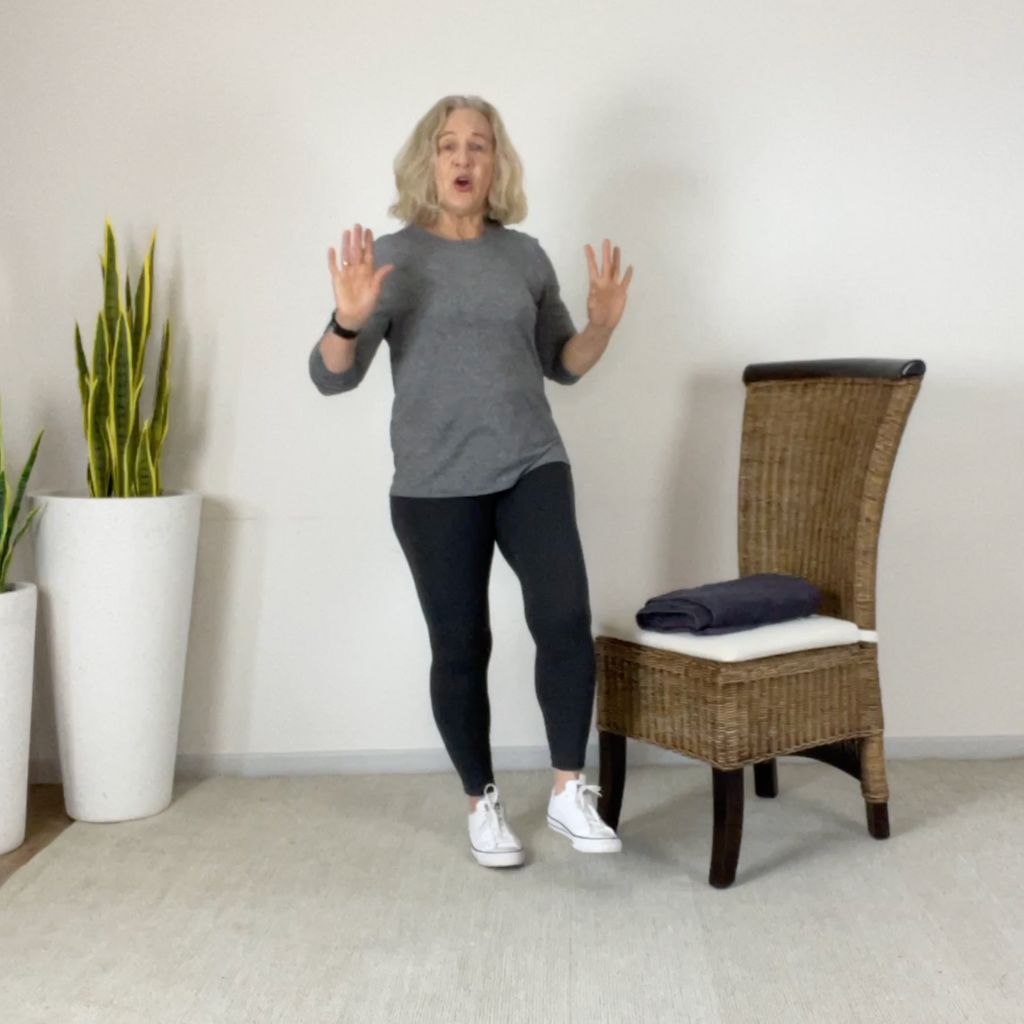
Balance drills
2. Carrying - Grip, shoulder, and core endurance
We all need to carry, whether it's the groceries from the grocery store out to the car, whether it's our grandchild on our hip, or whether it's something we've got in front against our chest.
So we carry a lot, in everyday life, it builds shoulder strength, core stability, grip strength and much more.
Like many of these essential movements, they are intertwined. Carrying, generally accompany's gait, so standing/walking tall when carrying those everyday things (grandkid, suitcase, shopping etc). That means we need to be able to carry without leaning over to one side, upright and tall, core activated.
Carrying heavier items is similar, but tall/upright (load dependent) may be less important than core activation. And of course, carrying is preceded by squatting, or bending, then lifting.
Everyday Life:
Losing the ability to carry a weight, especially asymmetrically (two things at the same time, but different weights), is one of the earliest signs of physical decline. Without grip and trunk control, we become reliant on others for basic tasks.
Examples:
- Carrying grocery bags.
- Carrying a grandchild on your hip.
- Carrying the suitcase/bags on a travel adventure.
- Carrying soup pots, watering cans, and wood on a winters day.
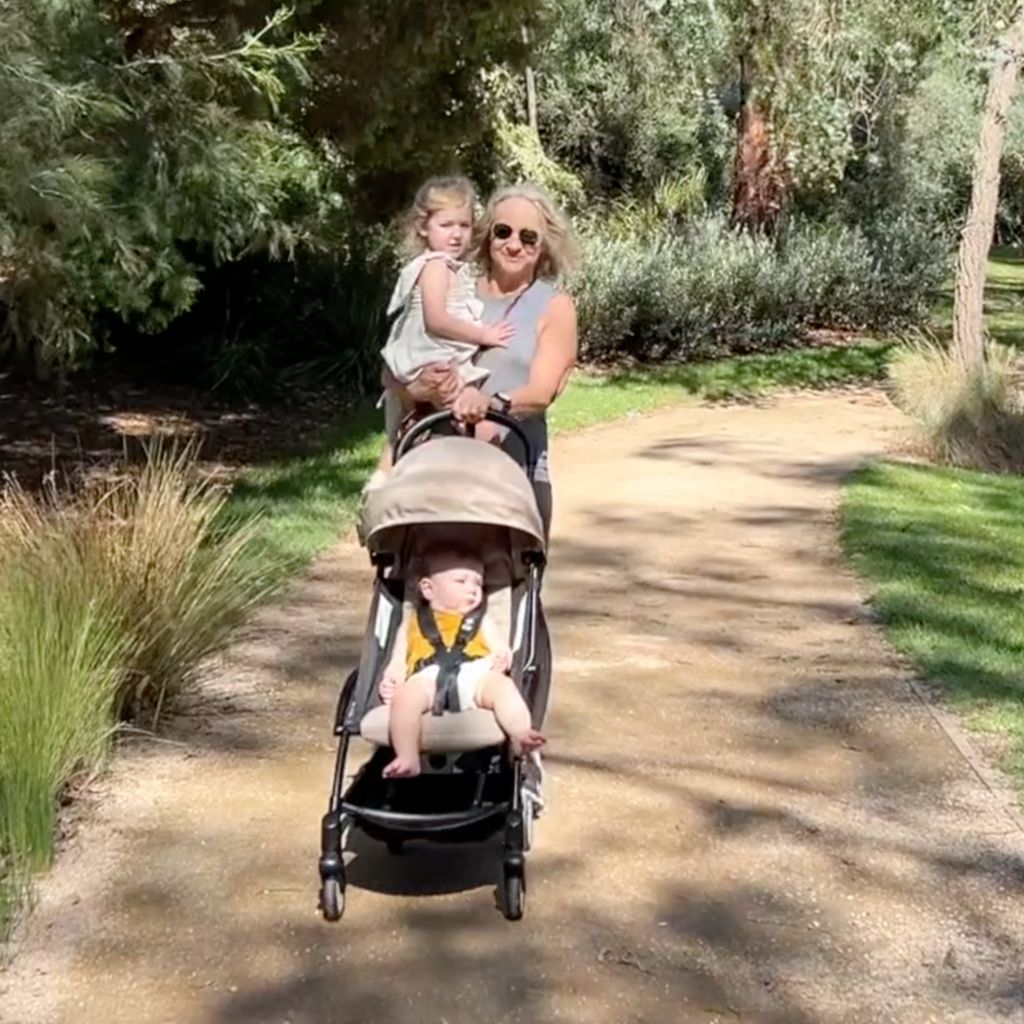
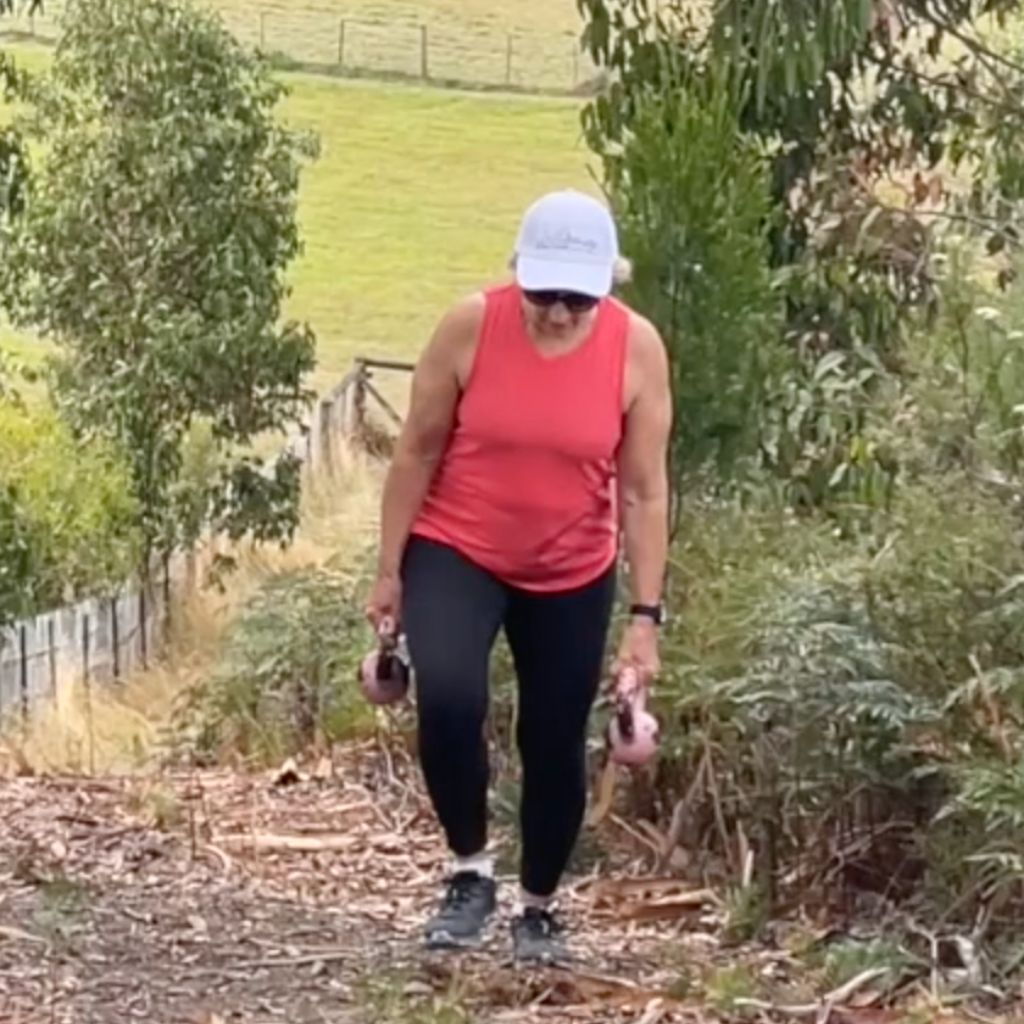
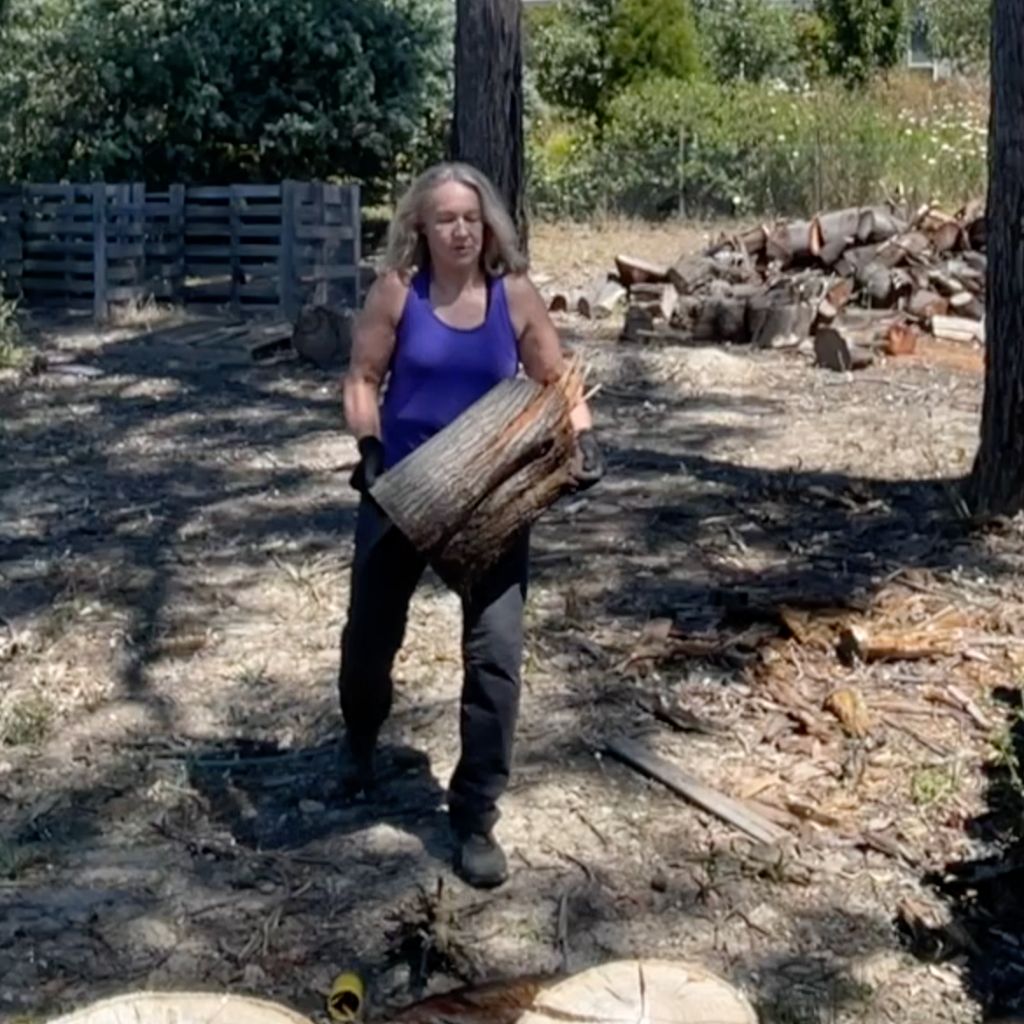
Strengthen:
Training carries improves grip strength (a key longevity marker), shoulder stability, and whole-body coordination. This is a foundation skill to maintain independence and confidence.
Train with:
- Farmer's carries (carrying something in each hand) with dumbbells, kettlebells, or water cans.
- Front carries with household items.
- Suitcase carries (one-sided load to train posture and core).
- Suitcase carry and baby carry at same time, using a weighted medicine ball as the baby carry.
- Suitcase carry and waiters carry, using a kettlebell or dumbbell as the waiters carry. Note: care needs to be taken with the waiters carry to not have a heavy weight, endurance is the objective, not how much weight.
- NOTE: The object of carries is core endurance not weight, so seek to goo longer as you progress. eg. We take a 8-10kg kettlebell on our 30min dog walks, swapping hands as we go, or sometimes a bell in each hand.
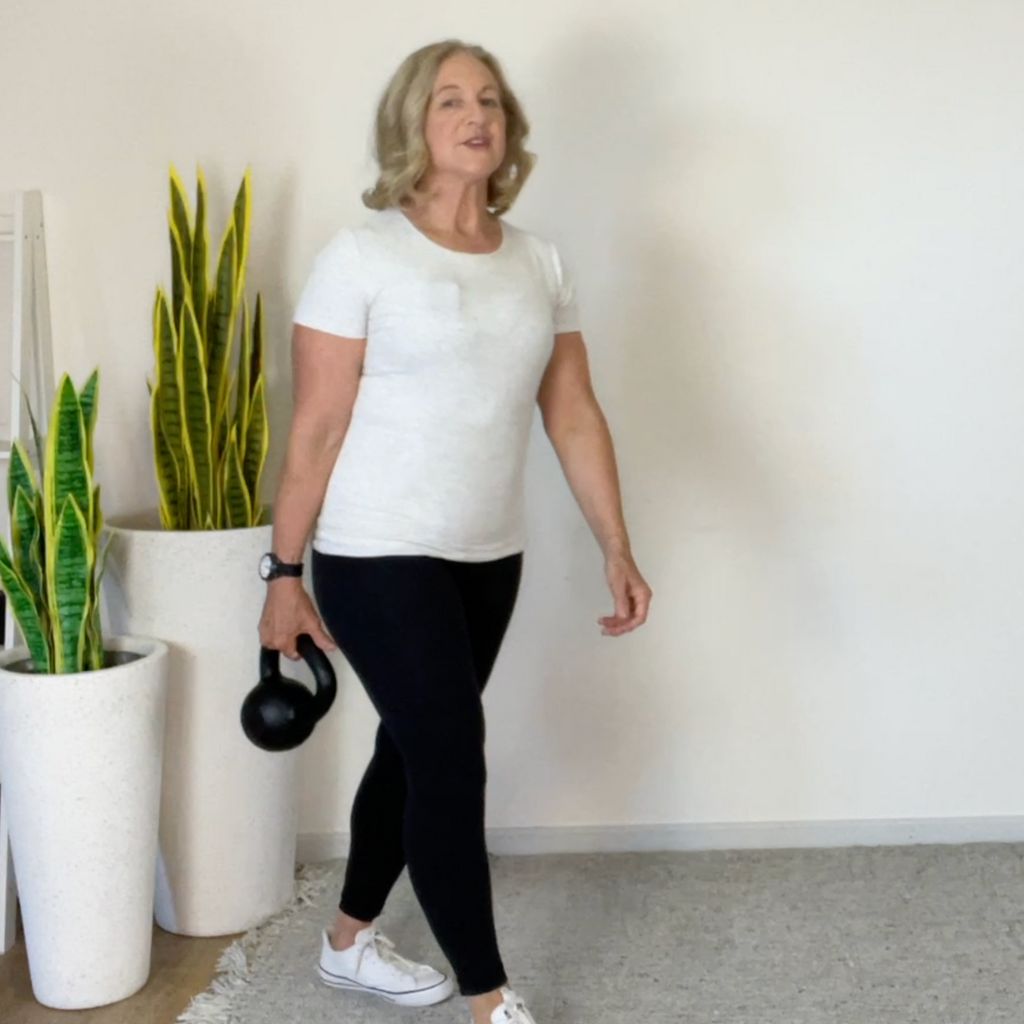
Single suitcase carry
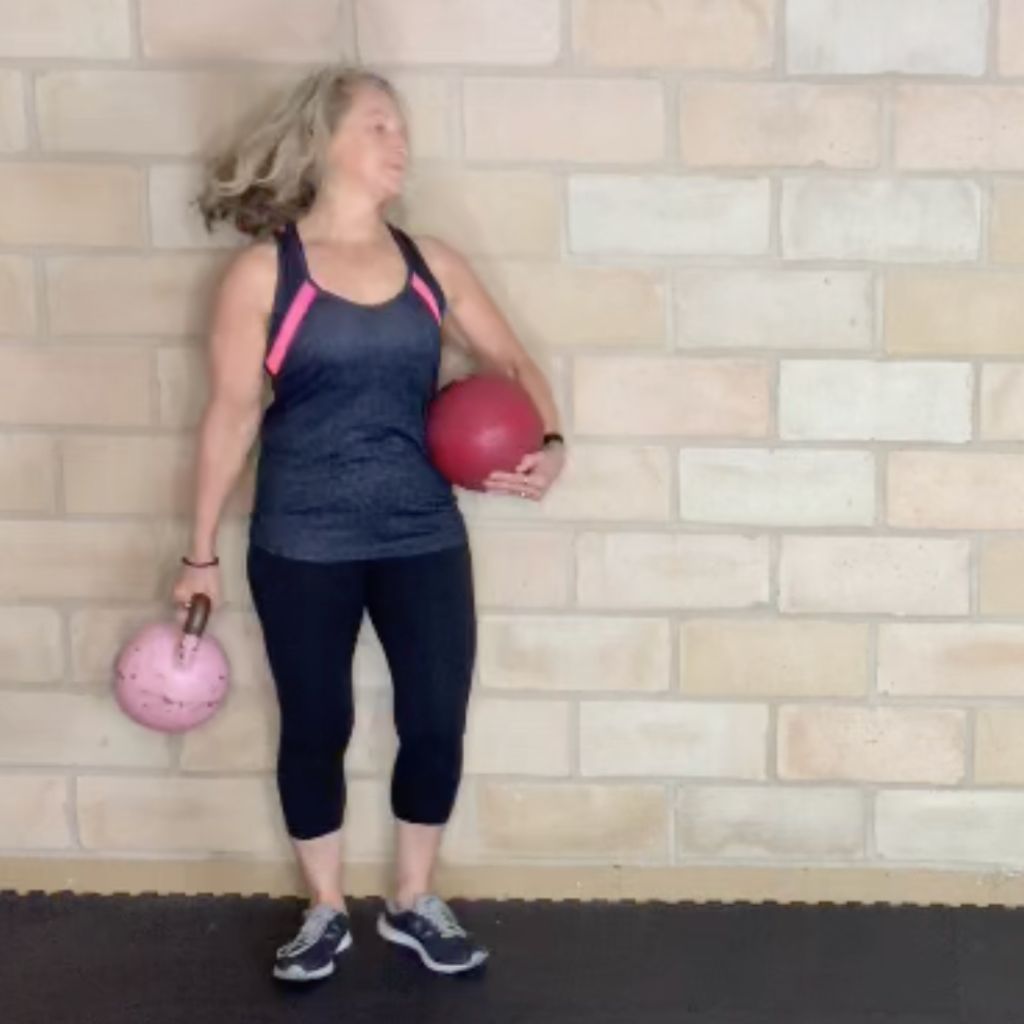
Suitcase and baby carry
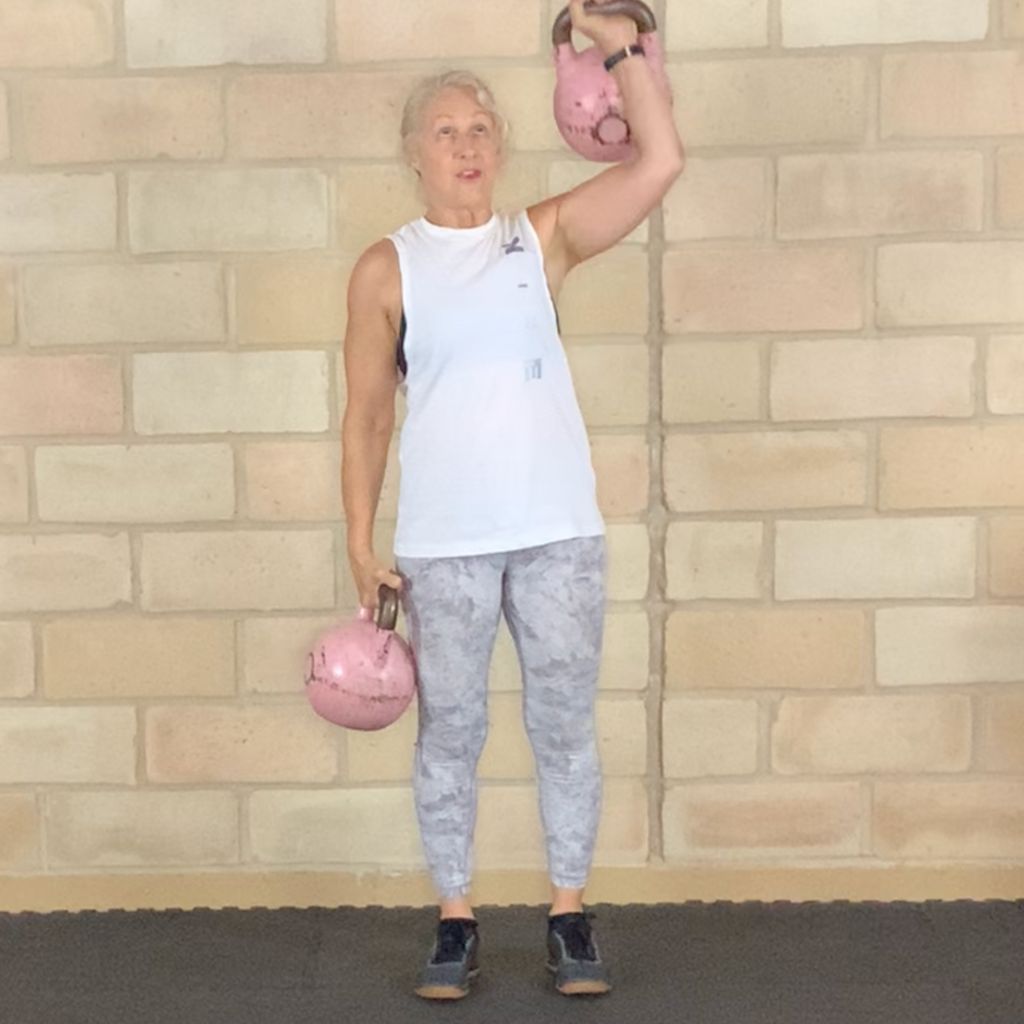
Suitcase and waiters carry
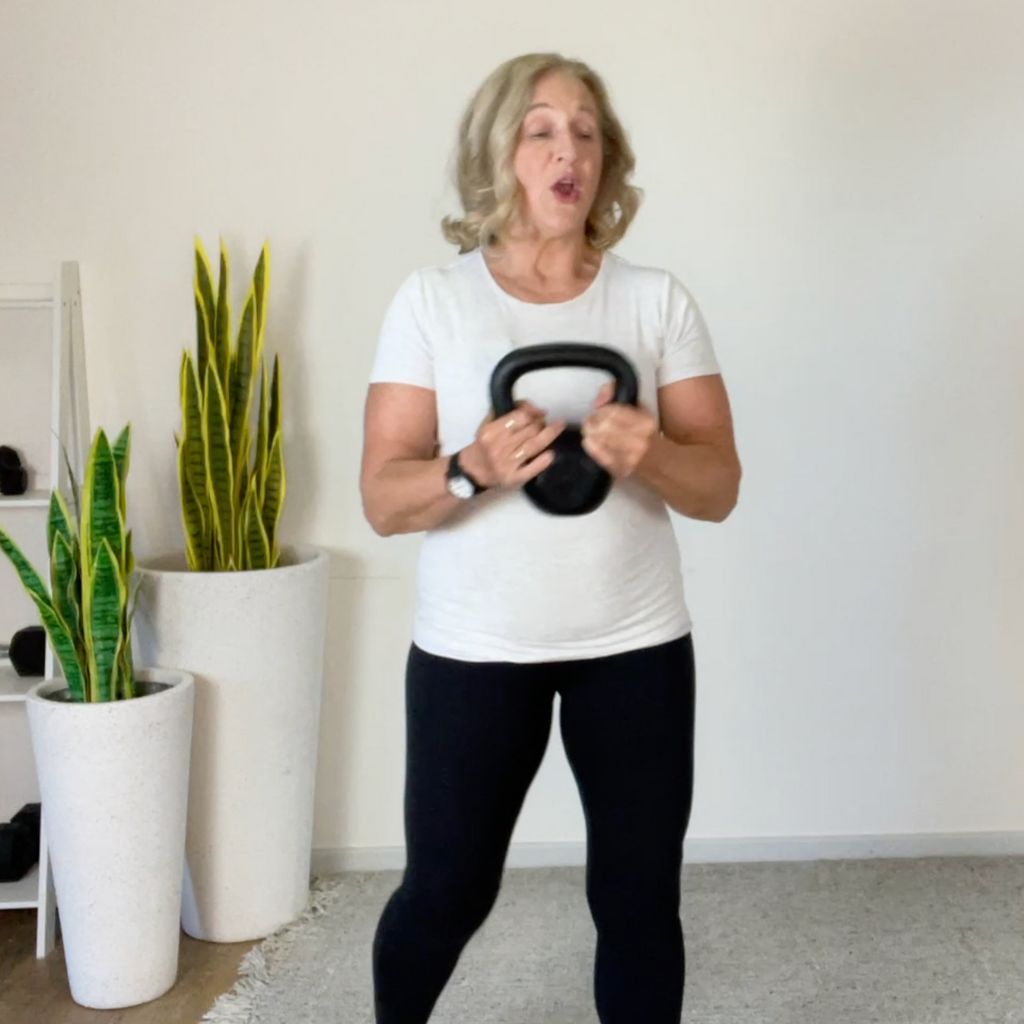
Front carry
Detailed CARRYING tutorial resource: CLICK Image/Link
3. Crawling - Core Stability and shoulder strength
There's nothing more fun than being down on the floor with a grandchild, crawling around with them, it's so much fun if you can do it.
Crawling can also be a vital part of getting up from the floor (another essential intertwined), as you may need to crawl to a chair or table to aid you in getting up.
So some of the ways to crawl are going back to our baby days, our crawling days, where we just took opposite hand, opposite leg. So hand, leg, hand, leg, hand, leg. Forwards and backwards. Then there's the advanced bear crawls, lizard crawls, and crab crawls (image below when I rolled my ankle and had to crab crawl along the beach), to name a few.
Everyday life:
If you fall, can you crawl to safety? If you're playing on the floor, can you move around confidently? Crawling reflects how well your body co-ordinates itself when you're close to the ground - often when it matters most.
Examples:
- Getting up from the floor.
- Playing on the floor with grandkids.
- Navigating low ares or reaching under furniture.
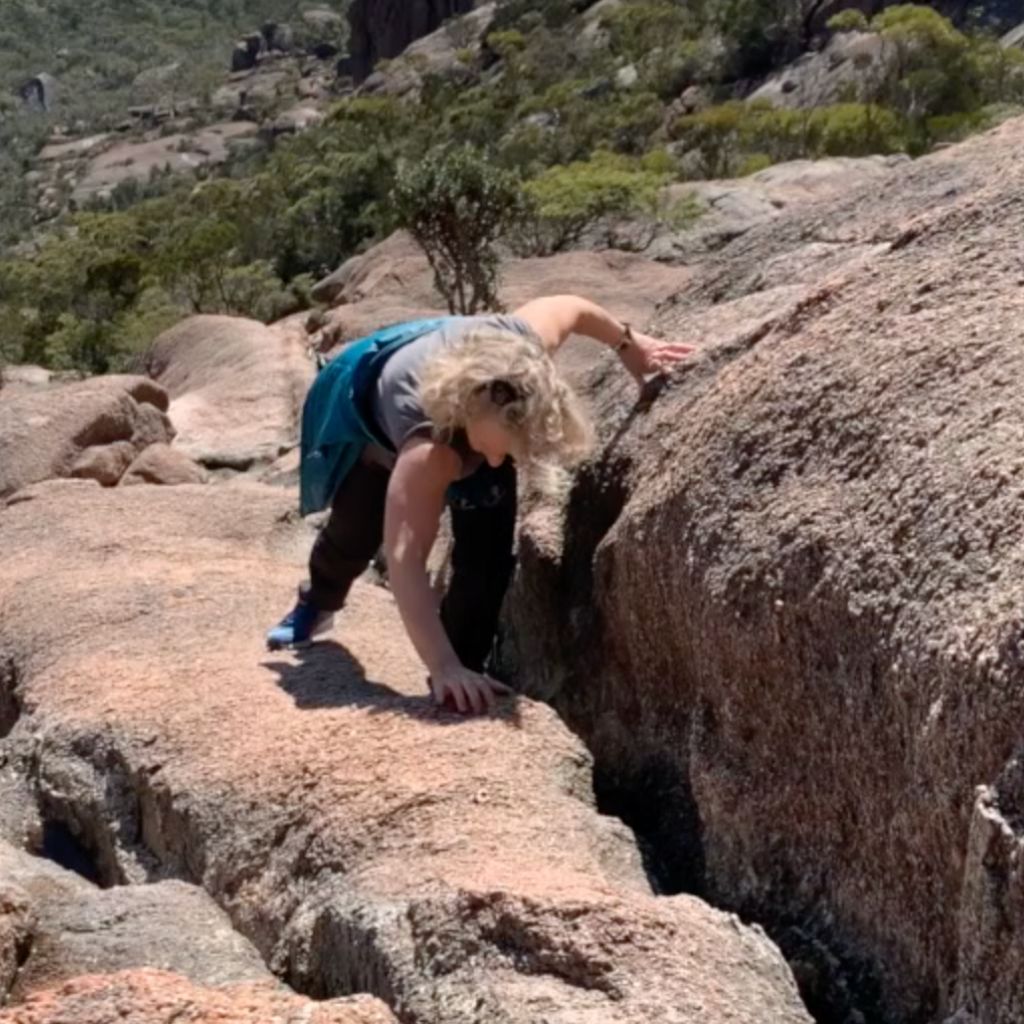
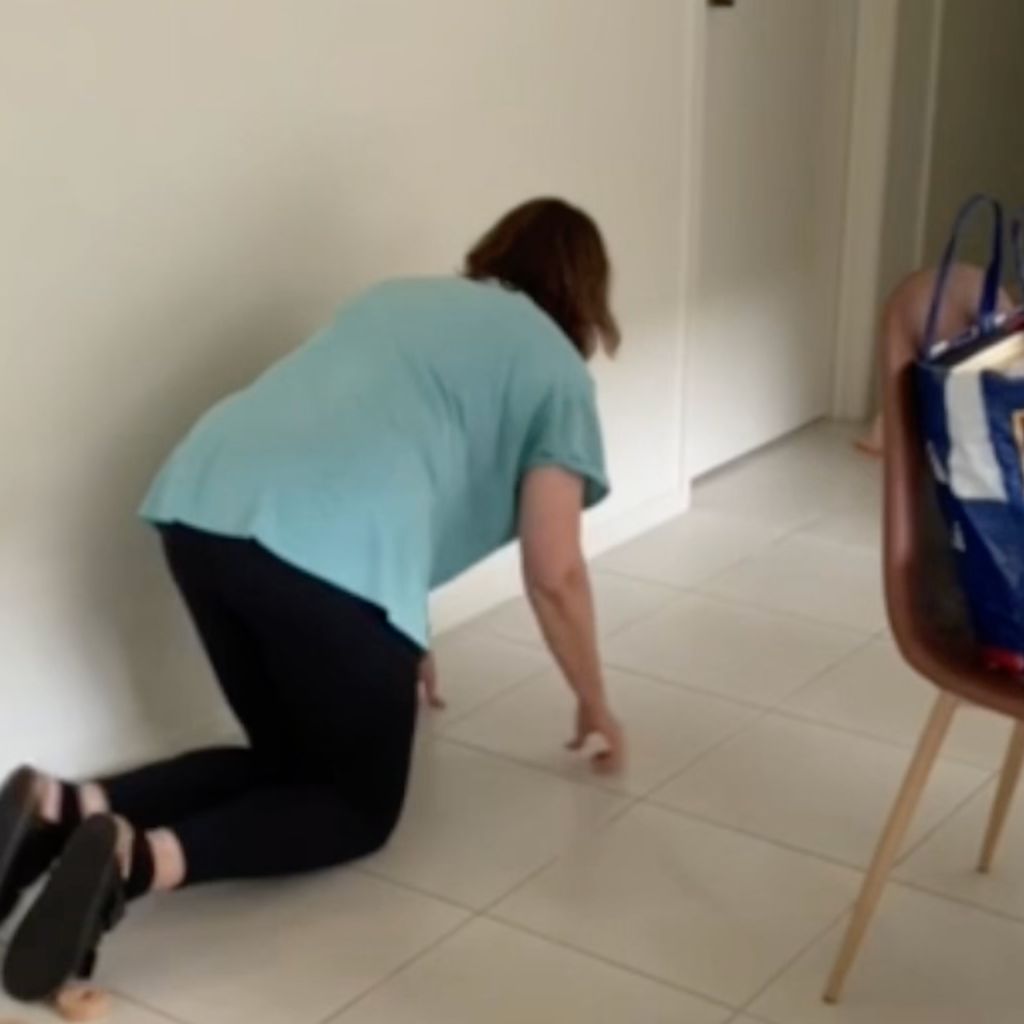

Strengthen:
Crawling builds cross-body co-ordination, shoulder control, and deep core strength. It also teaches body awareness, which reduces injury risk and helps you rebound faster if you fall.
Train with:
- Bear Crawls (standard(like baby knees and hands) or elevated).
- Lizard crawl, getting down low like in a plank.
- Crab crawls.
- Crawling variations (forward, backward, sideways).
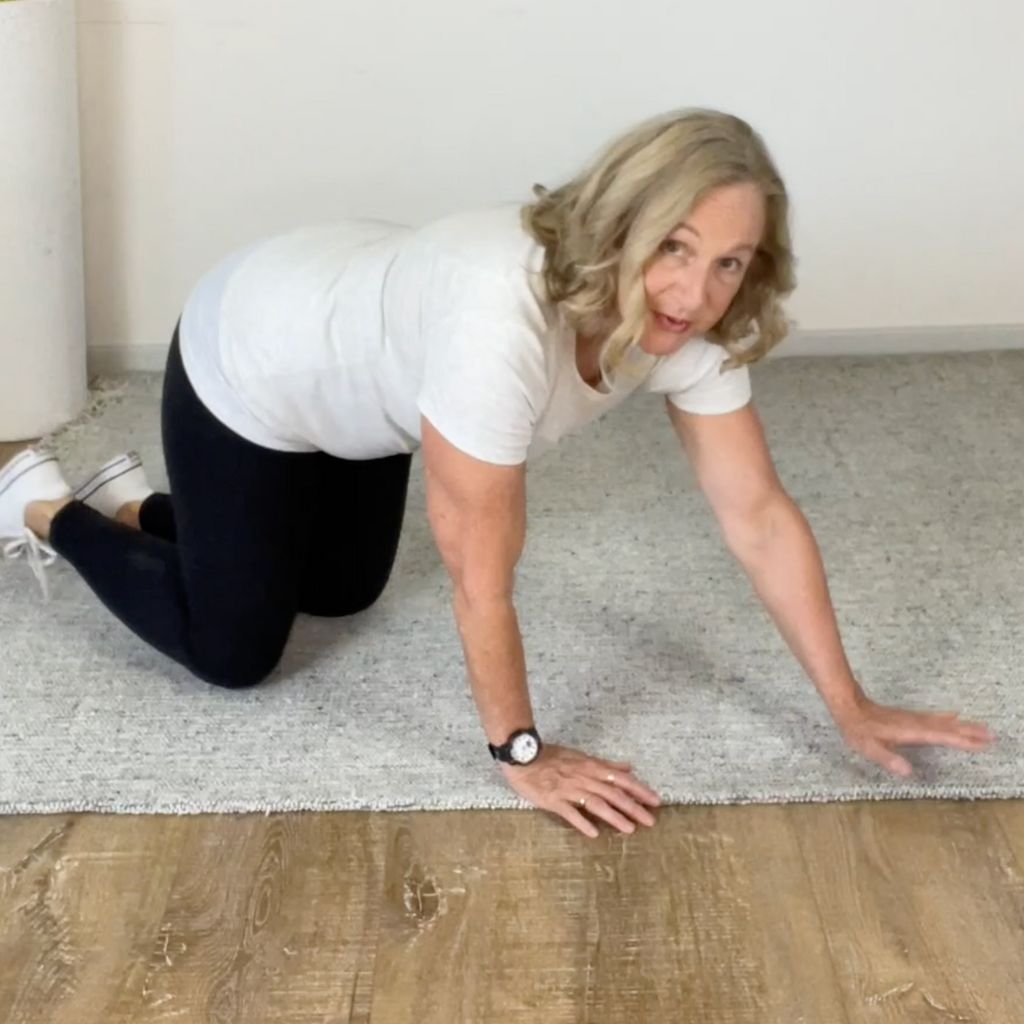
Standard hands knees crawl
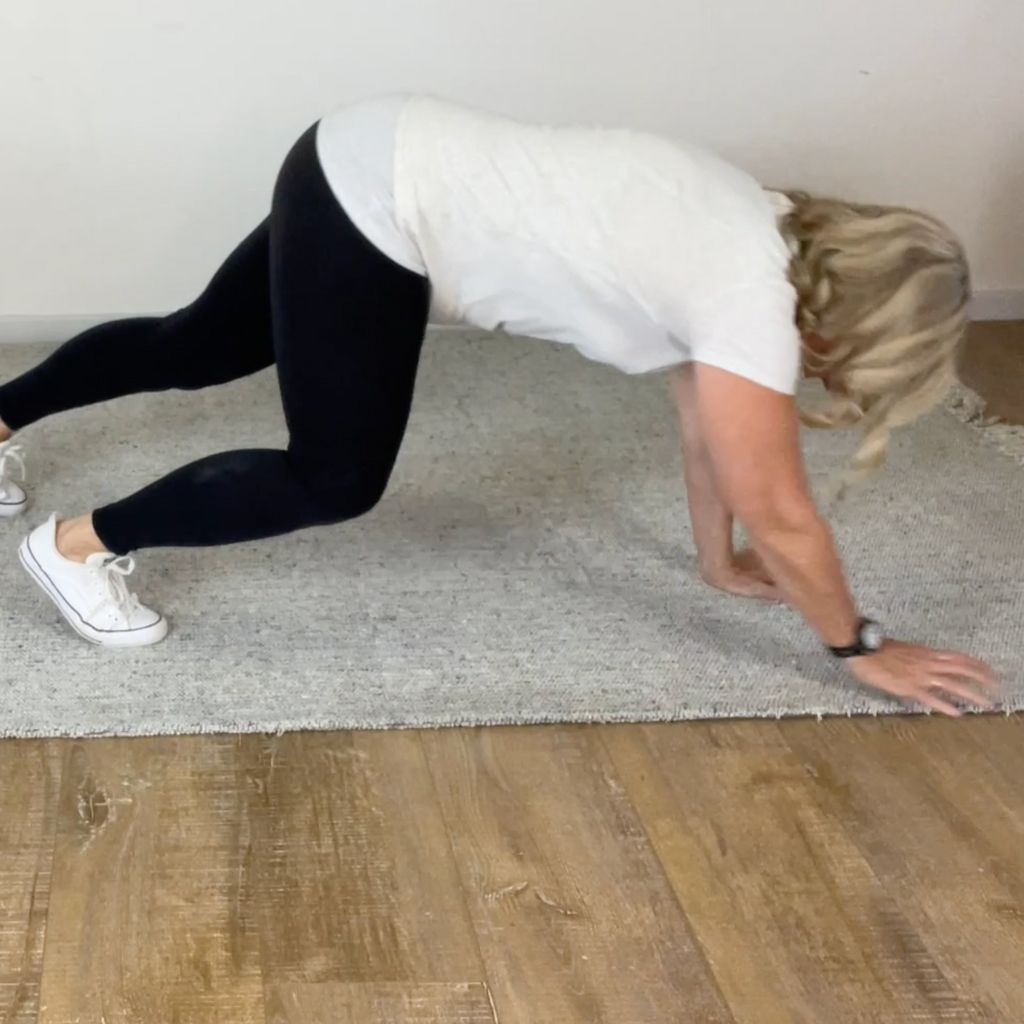
Bear or Elevated crawl
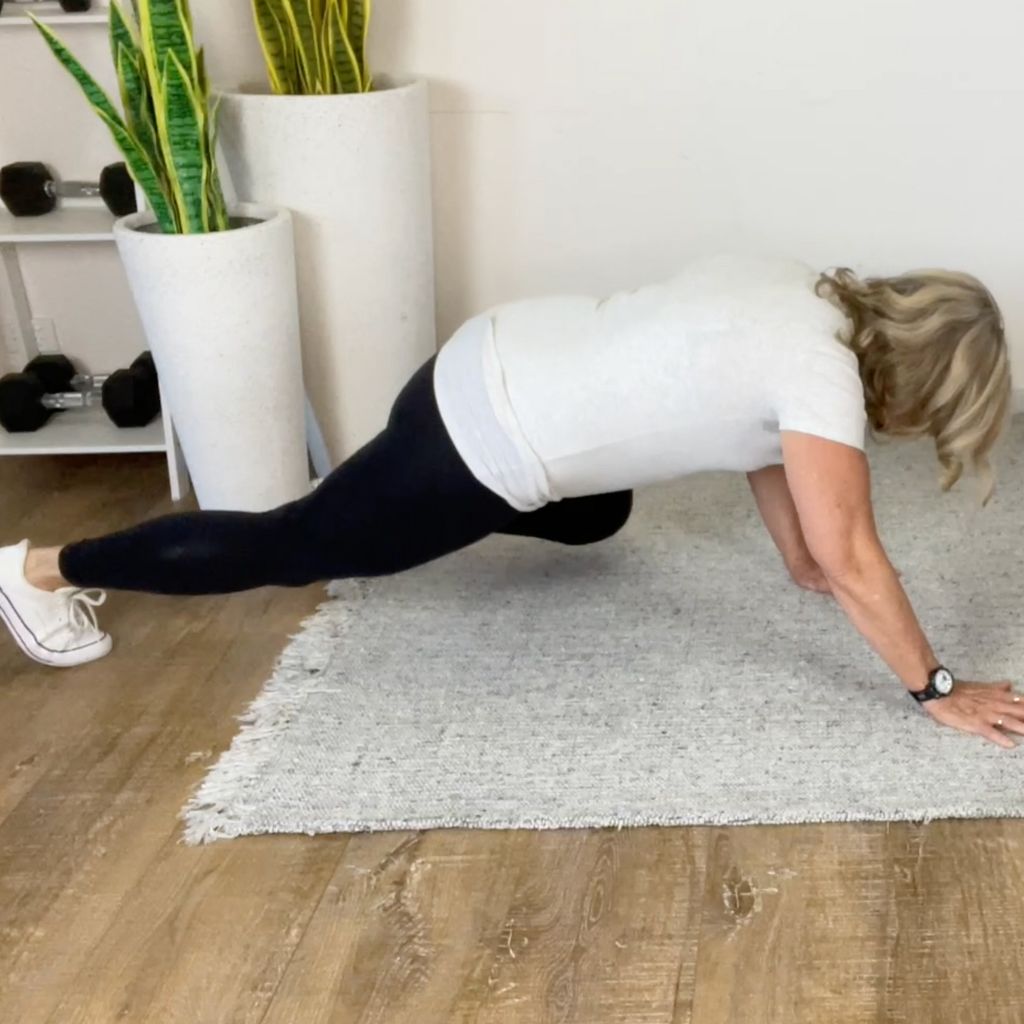
Lizard Crawl
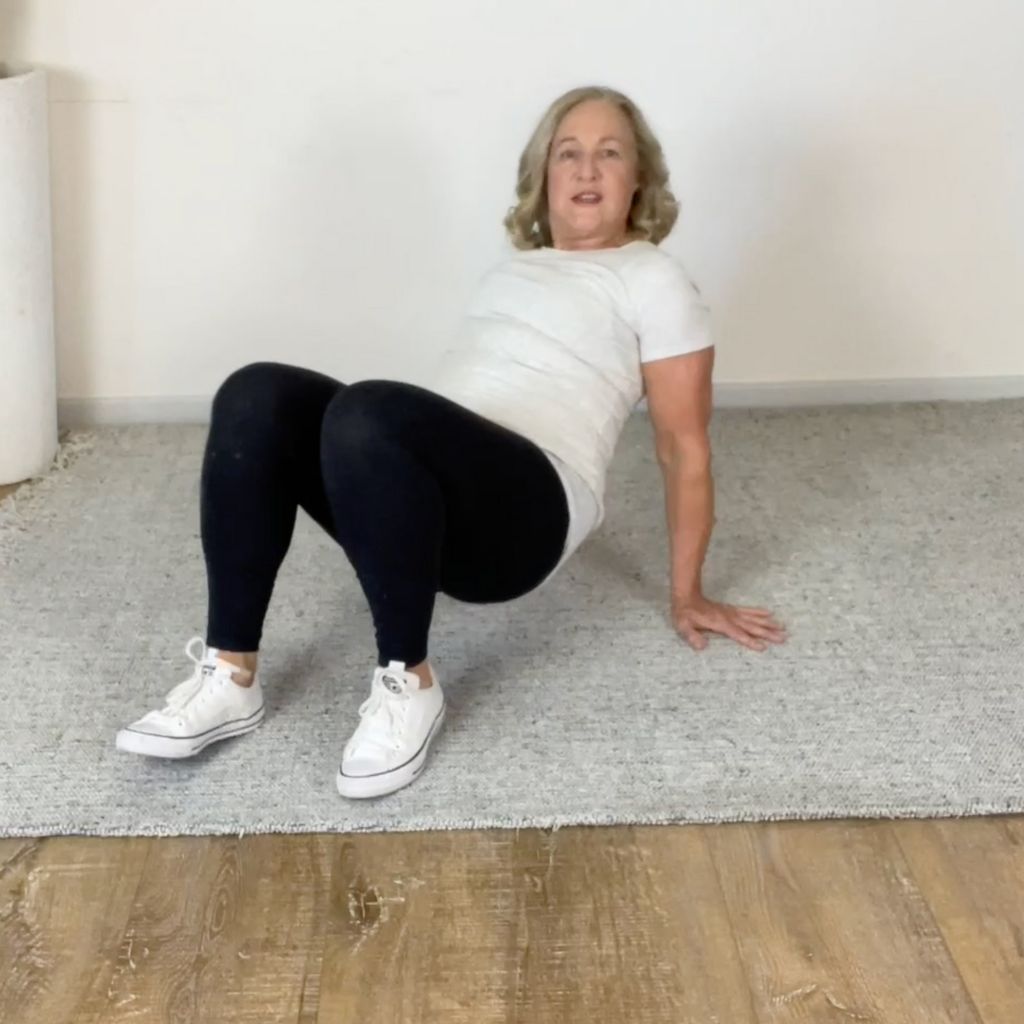
Crab crawl
Detailed CRAWLING tutorial resource: CLICK Image/Link
4. Squatting - Lower body strength for sit/stand function
The squat is the basic move we do every time we go to the toilet or every time we get down and up off a seat.
So think about a squat being where we (to squat down) keep our chest up, we sink into the heels, sit back. Then (to get up from squat) leaning forward, push up into our heels and stand tall.
Now, some of you will rely on hands-on-knees to push up with, but sometimes in life, if you come along to the cardiothoracic ward that I've worked on, and you actually have open heart surgery, you're not allowed to use your hands. They do not want that wound to break open.
So then it's great to learn to just be able to sit and stand without hands. A squat is a very common thing that we do every day, that a key in supporting strength training for women over 60, who want to maintain their independence.
Everyday life:
When squatting becomes difficult, everyday movements becomes harder. You'll lose confidence using public toilets, fear sitting in low chair, and stop attending things you lave that require even minimal squatting. Stiff knees and weak legs don't get better by avoiding squats - they get worse.
Examples:
- Using the toilet
- Getting in and out of car
- lowering to reach a drawer or pick up a dropped item
- siting and standing without hands
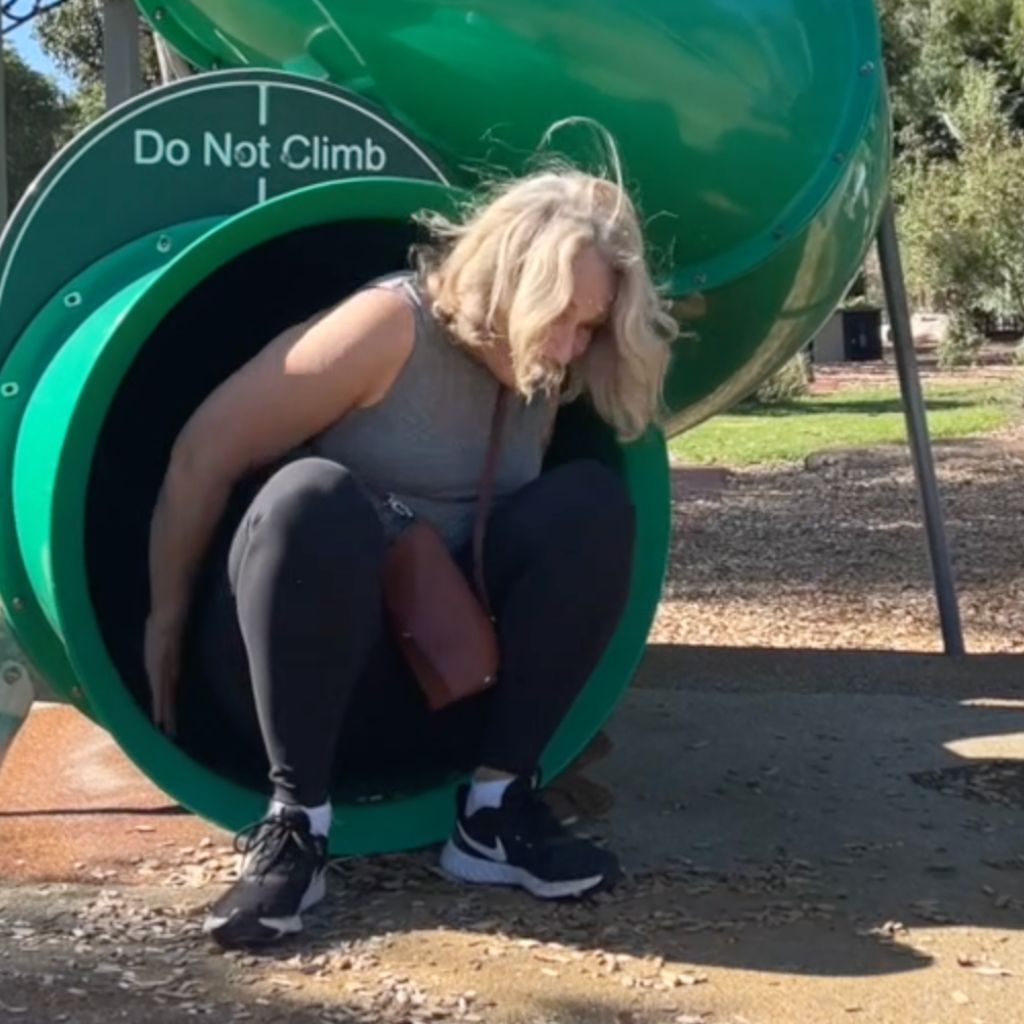
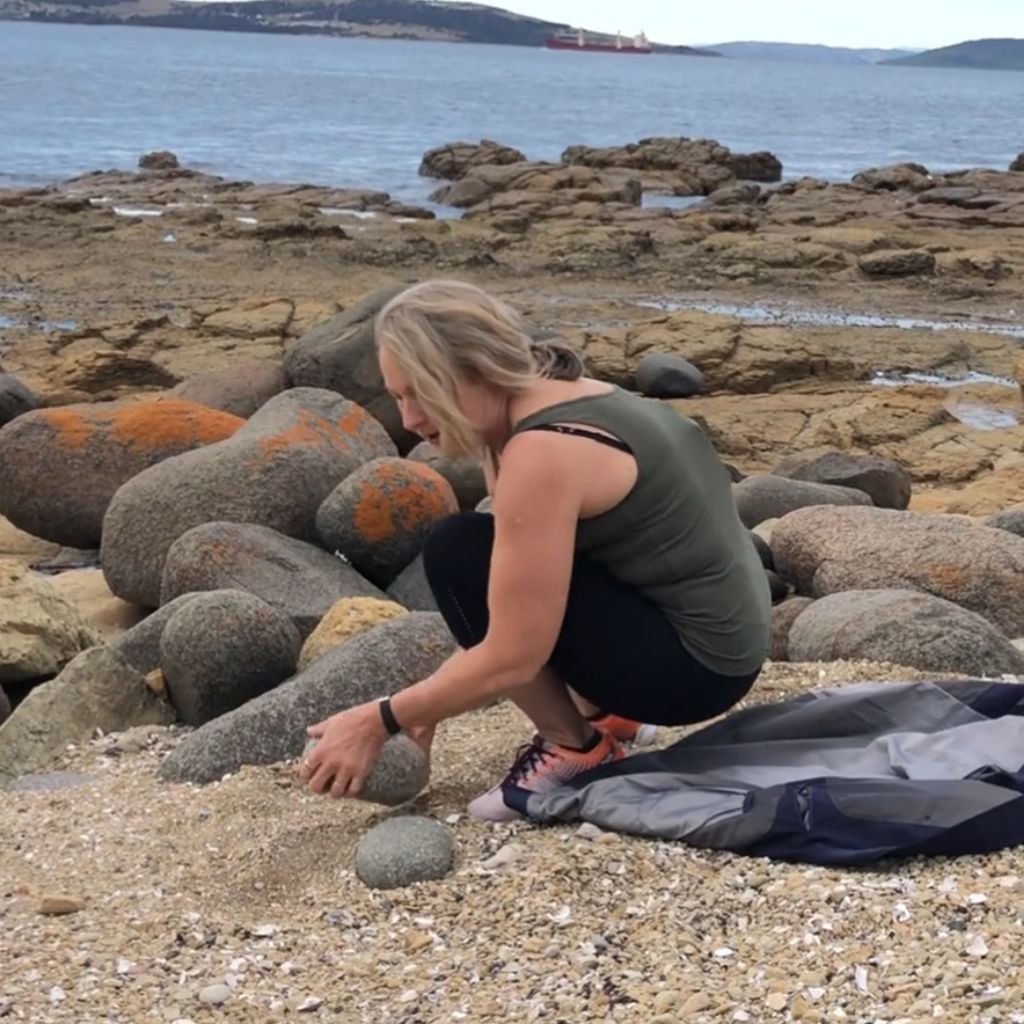
Strengthen:
Squat training improves leg strength, joint mobility, pelvic floor function, and confidence with daily transitions. With consistent practice, knees often move better - not worse.
Train with:
- Sit-to-stand squats from a chair (Good for those with significant mobility and muscle weakness)
- Goblet squats with kettlebell or dumbbell
- Banded squats to support joint alignment
- Broom assisted squats (Good for those with significant mobility and muscle weakness)
- Wall squats, either both or single leg
- Wide or sumo squat
- Squat variations, too many to list here, but look them up as you improve your squatting
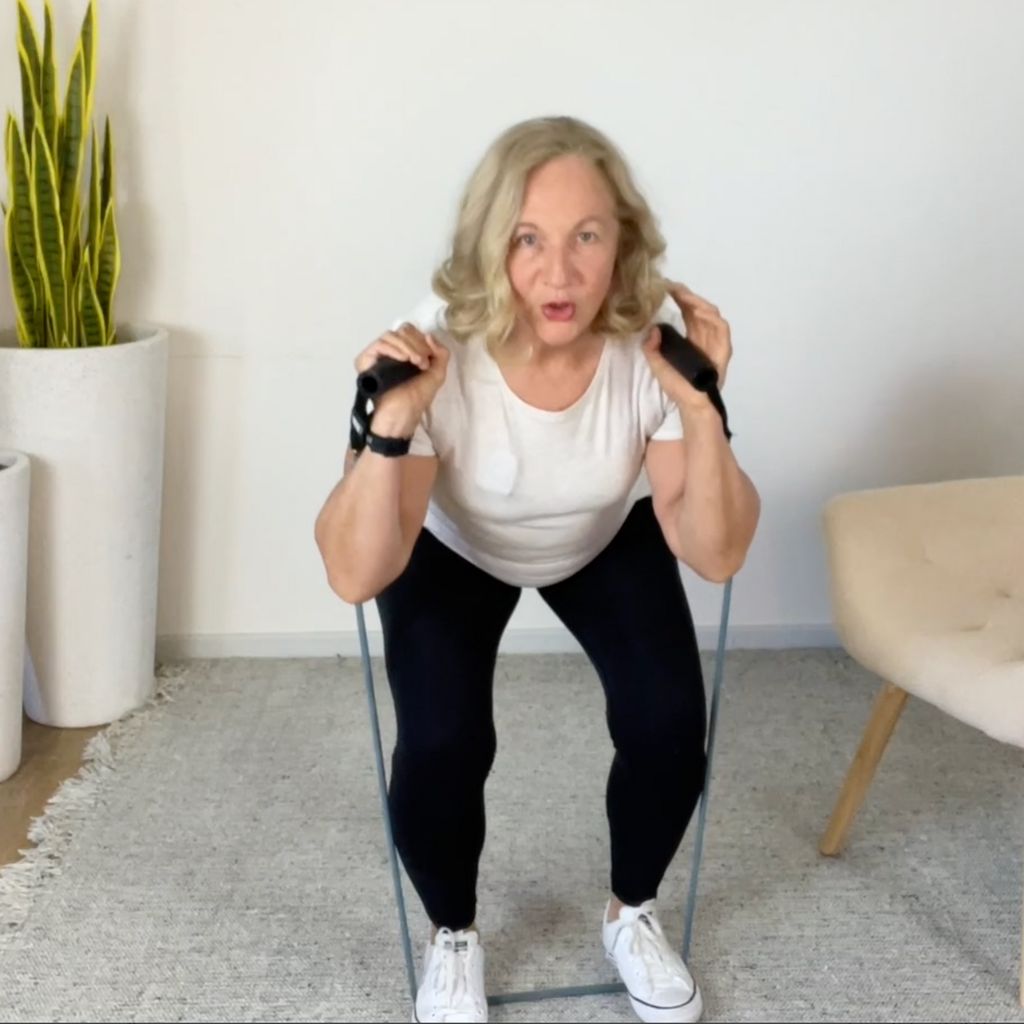
Resistance band squat
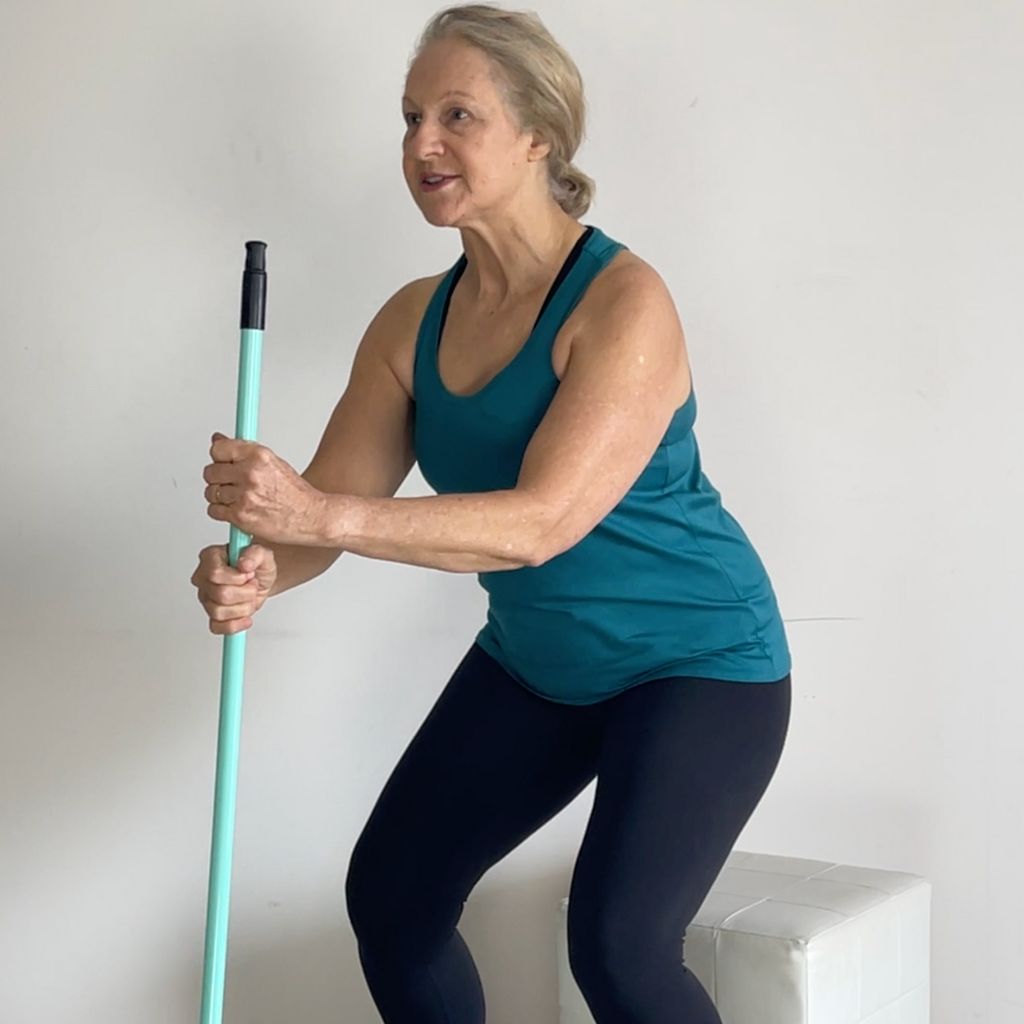
Assisted squat
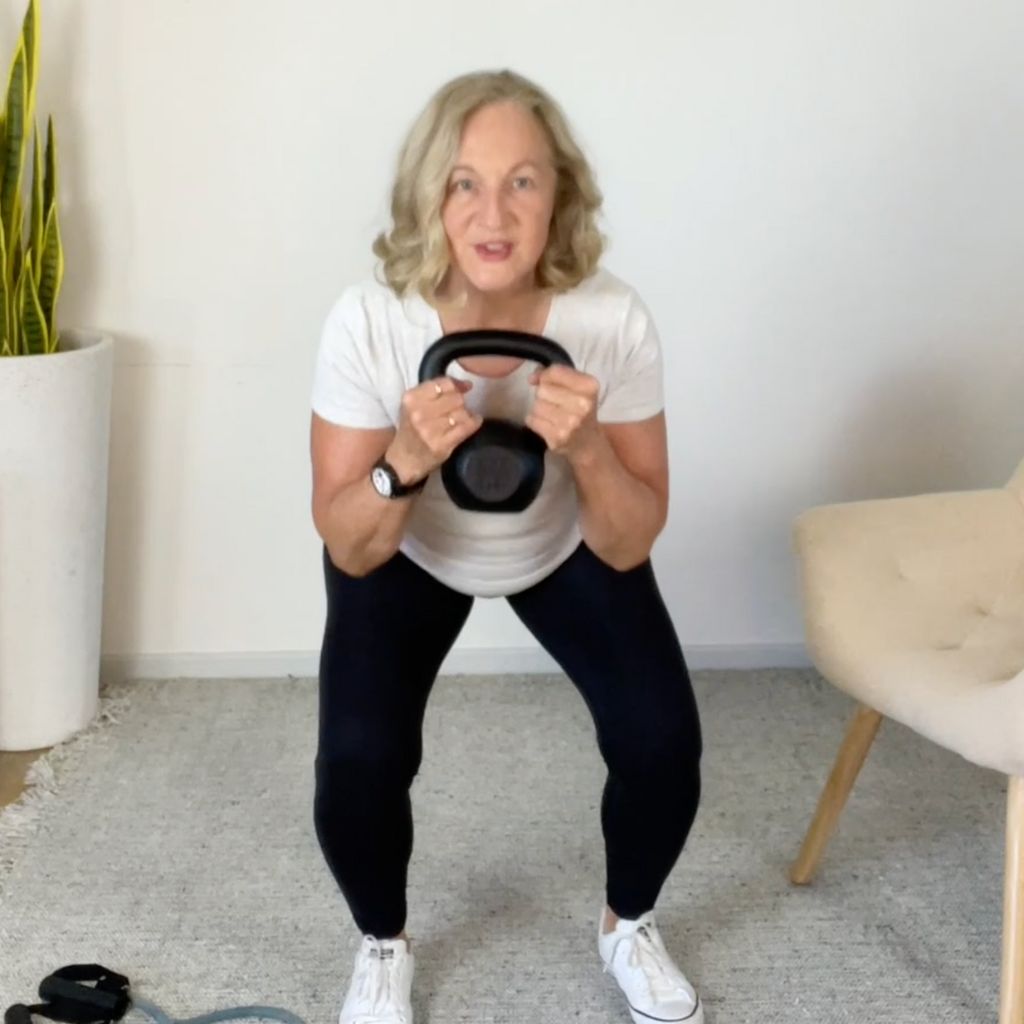
Goblet squat
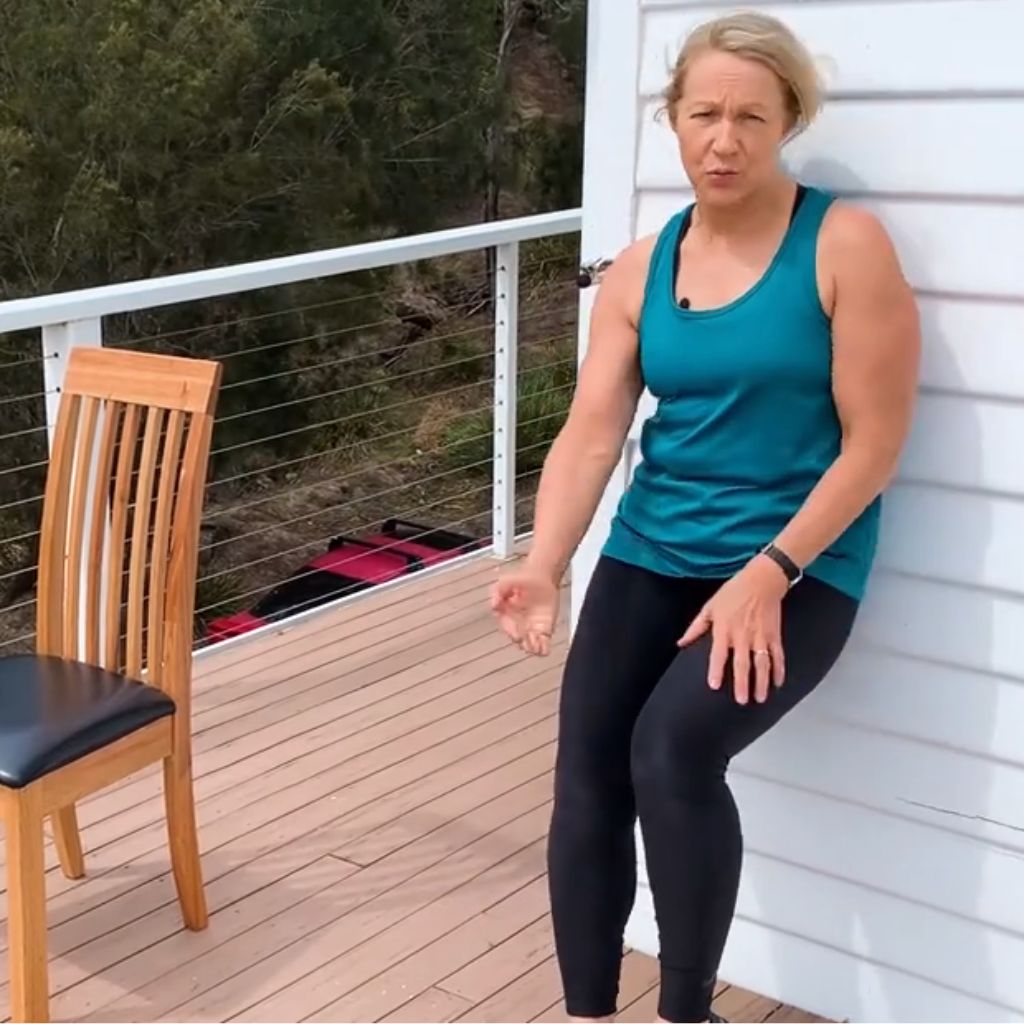
Wall squat, single leg
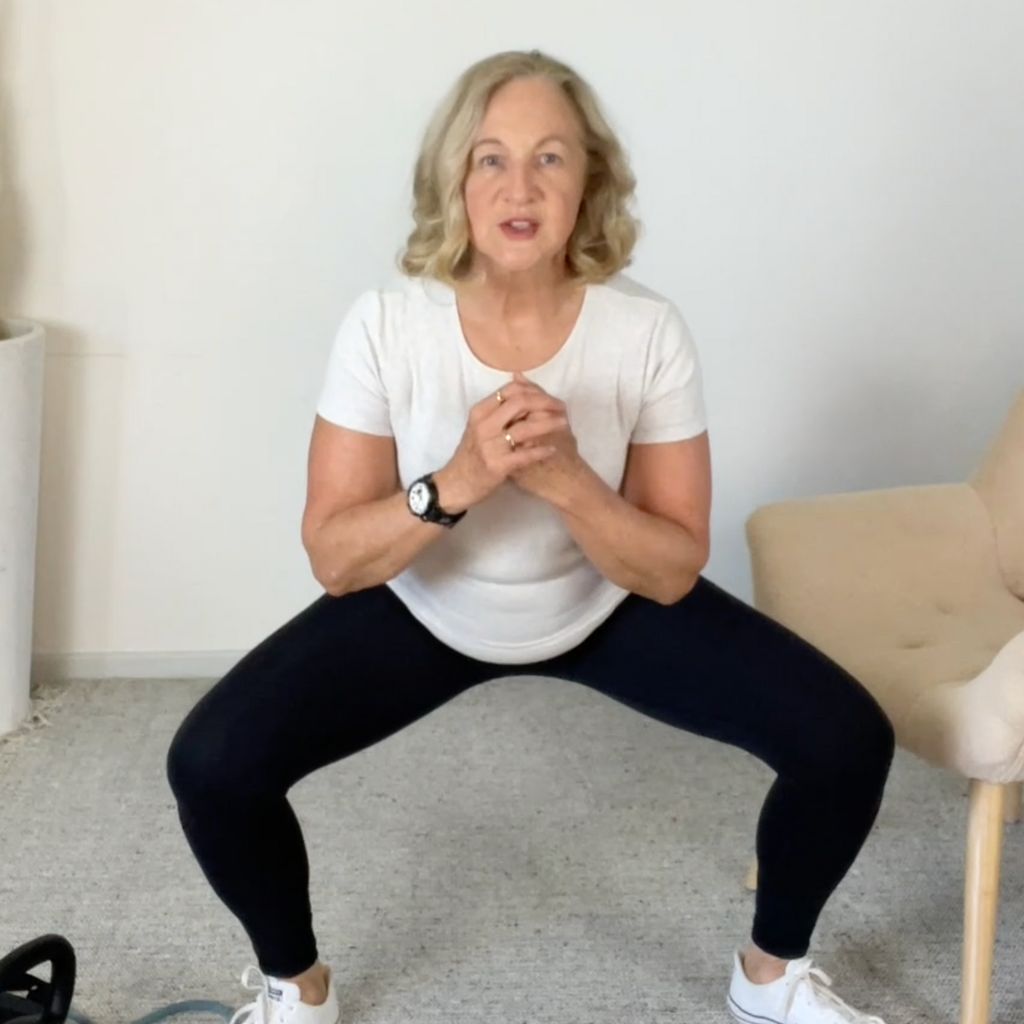
Wide (sumo) squat
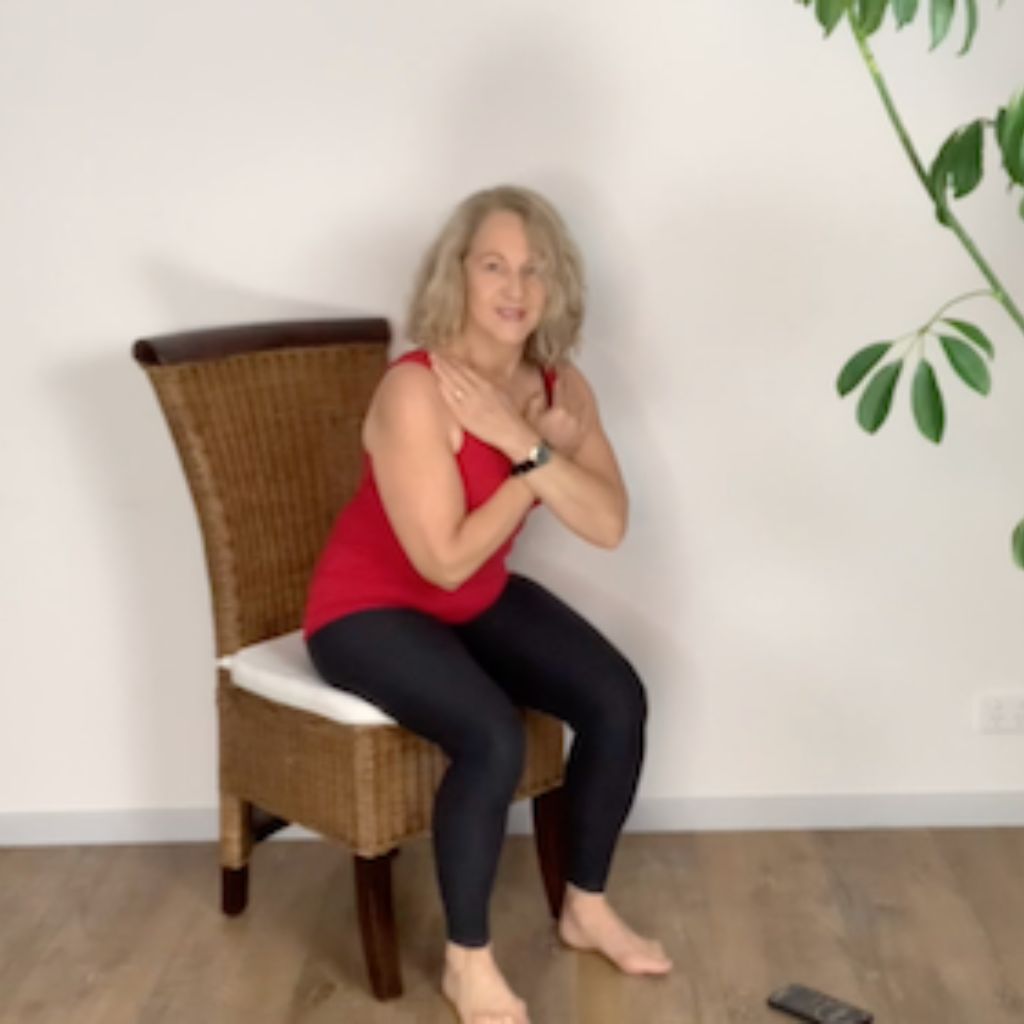
Sit-to-stand chair squat
Detailed SQUATTING tutorial resource: CLICK Image/Link
5. Lifting Bent Over(Deadlift) - Hip and back safety
This is a move that we do probably do as much as squats every day, particularly if we need to bend over and pick something up from the floor.
So a deadlift is where we're bending (or hinging) forward at the hips, straight back, shoulders back, core engaged, pick up whatever item you're lifting, the in reverse hinge back up to standing position. Most of us will do it with slightly bent legs, or we can also do wide legged deadlift as well, but we're keeping that back straight.
Why do we need to deadlift? Well, we may pick up a pot plant from our garden and move it across to the other place. We may pick up a grandchild off the floor. So there's so many things that we need to pick up off the floor and we need to do it correctly.
Everyday life:
This is where many back injuries happen - picking something up the wrong way. Whether it's lifting a child or pulling weeds, poor technique leads to chronic pain or dangerous slips.
Examples:
- Picking up a grandchild, box, or heavy item
- Reaching down for laundry or pet food
- Moving garden tools or pot plants
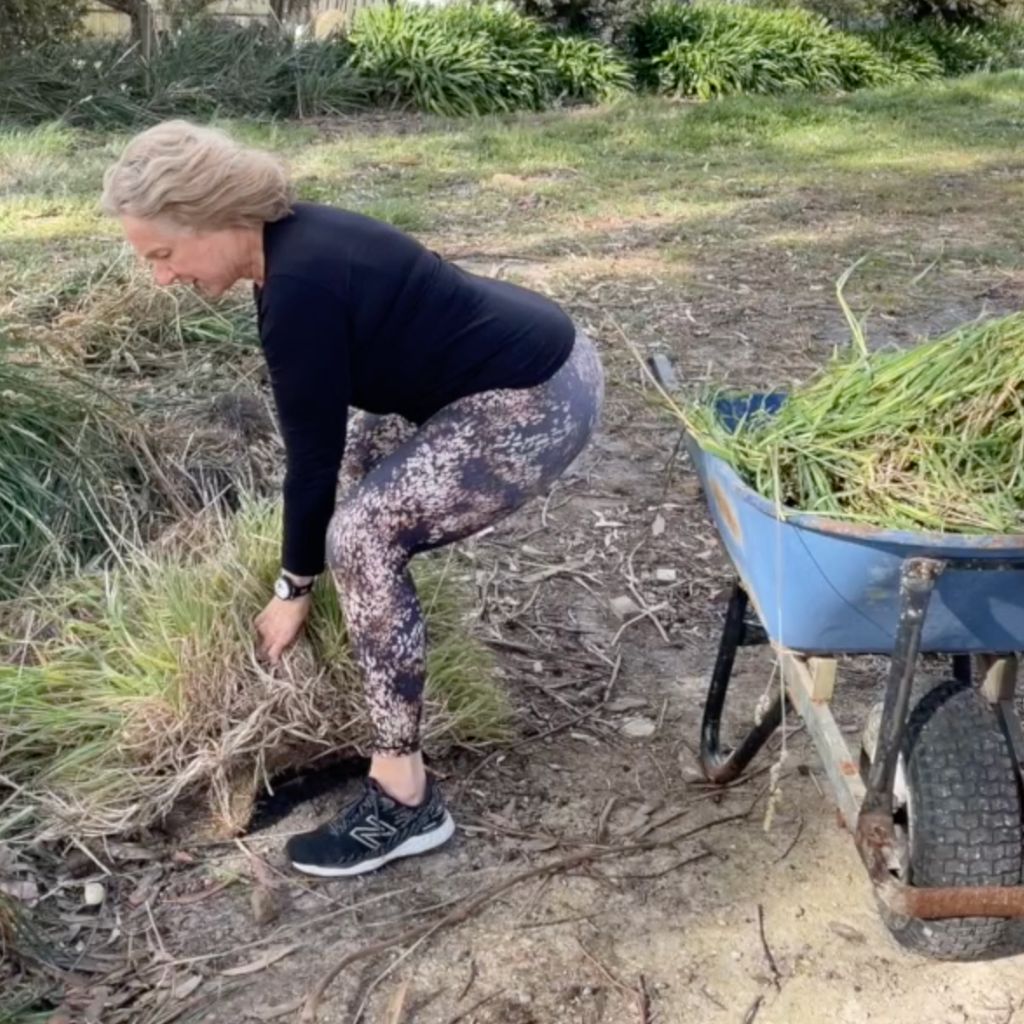
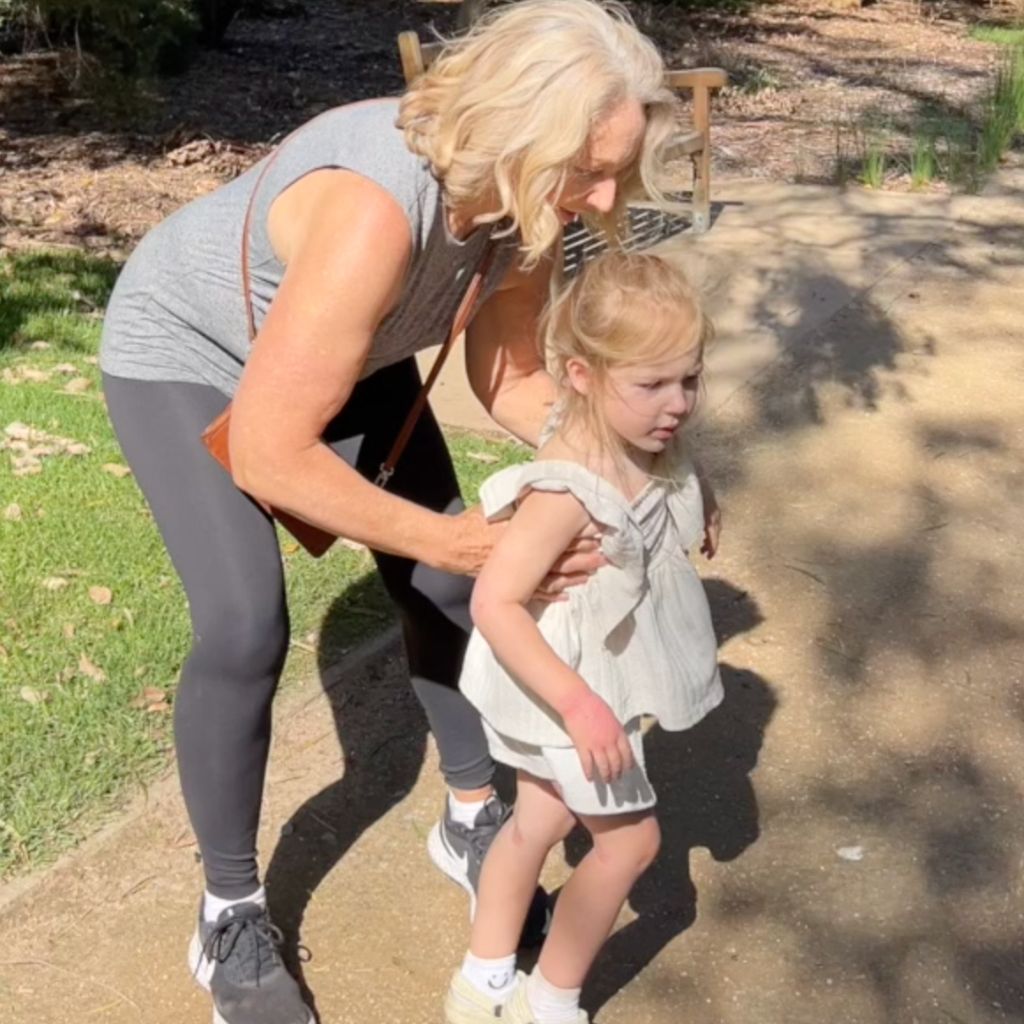
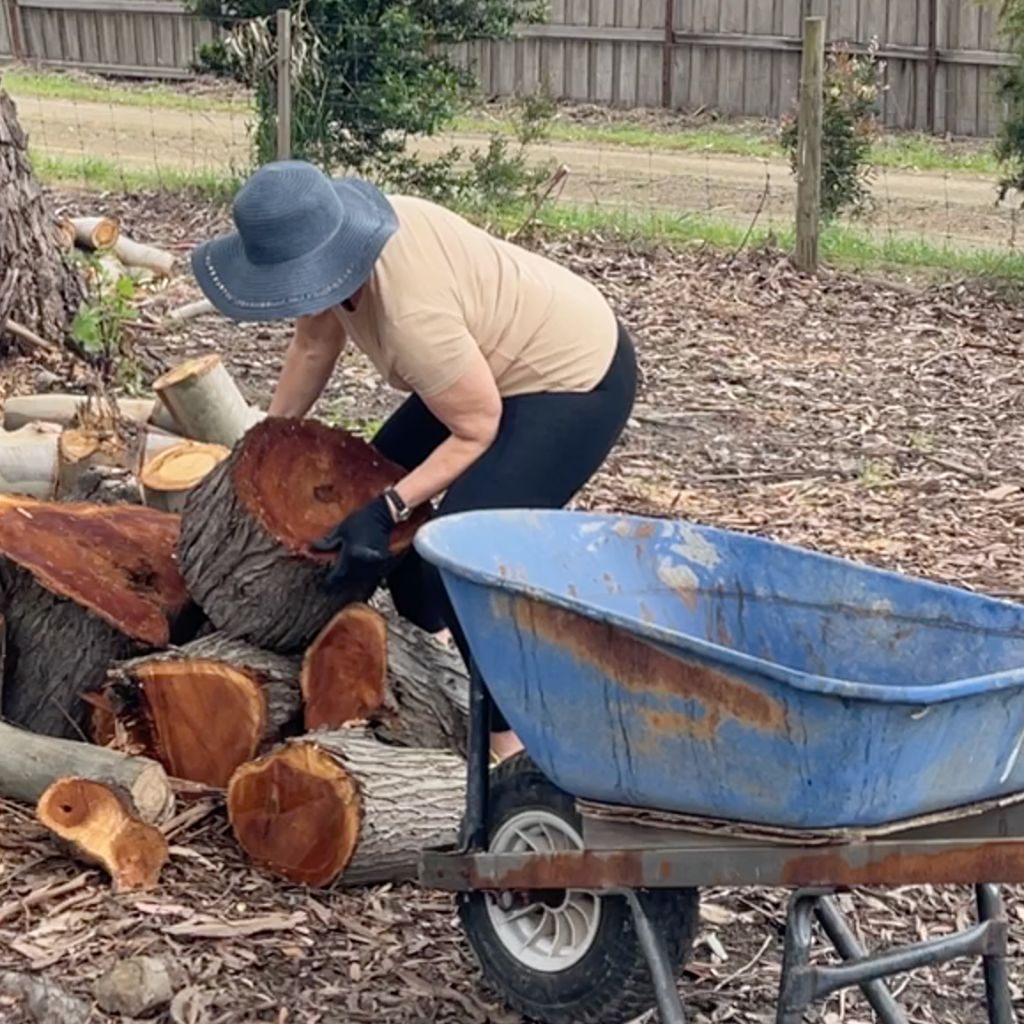
Strengthen:
Deadlift training develops safe hinge mechanics, core bracing, and posterior chain strength (glutes, hamstrings, and lower back). Essential for protecting your spine and making bending effortless.
Train with:
- Dumbbell or kettlebell deadlifts
- Wide-leg deadlifts for stiff knees or hips
- Single leg deadlifts, assisted (wall or broom) and unassisted. These incorporate the added dimension or balance
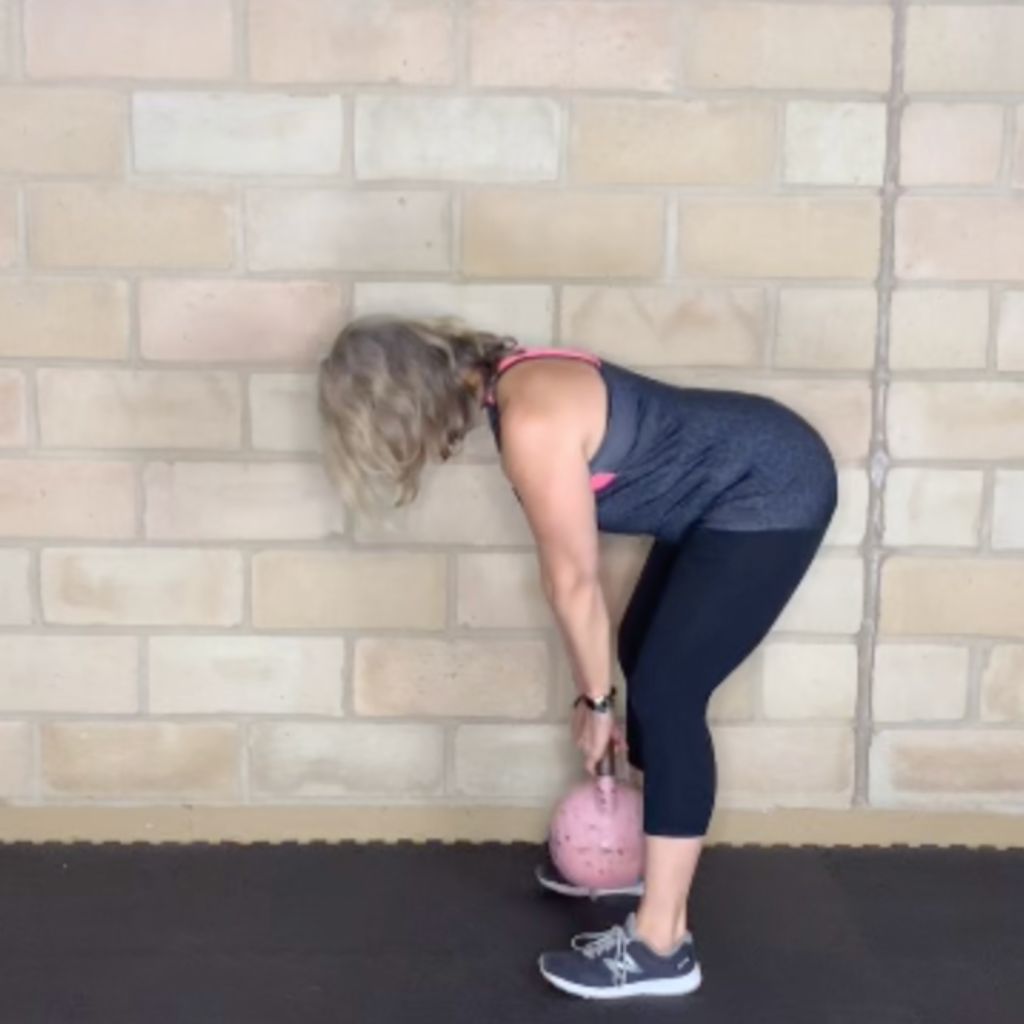
Bended lift (Deadlift) with kettlebell
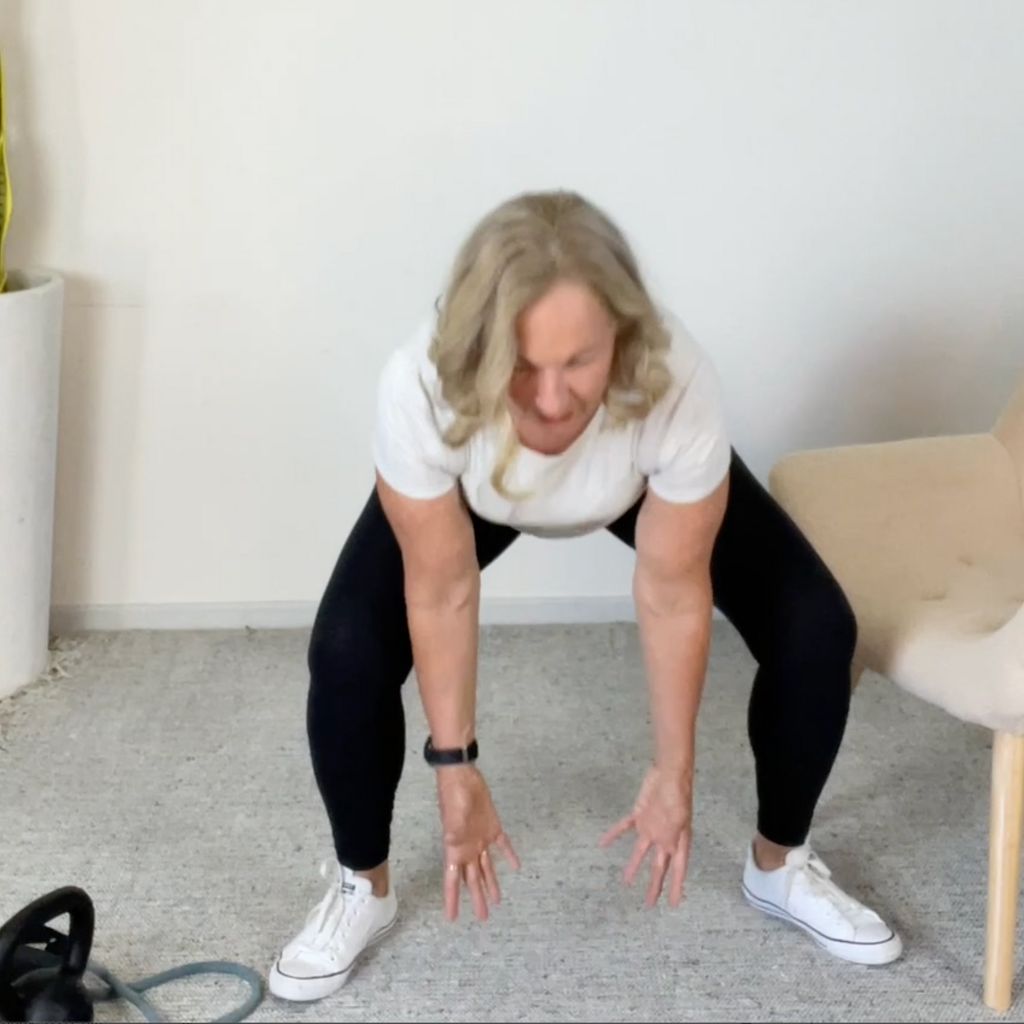
Wide deadlift positioning
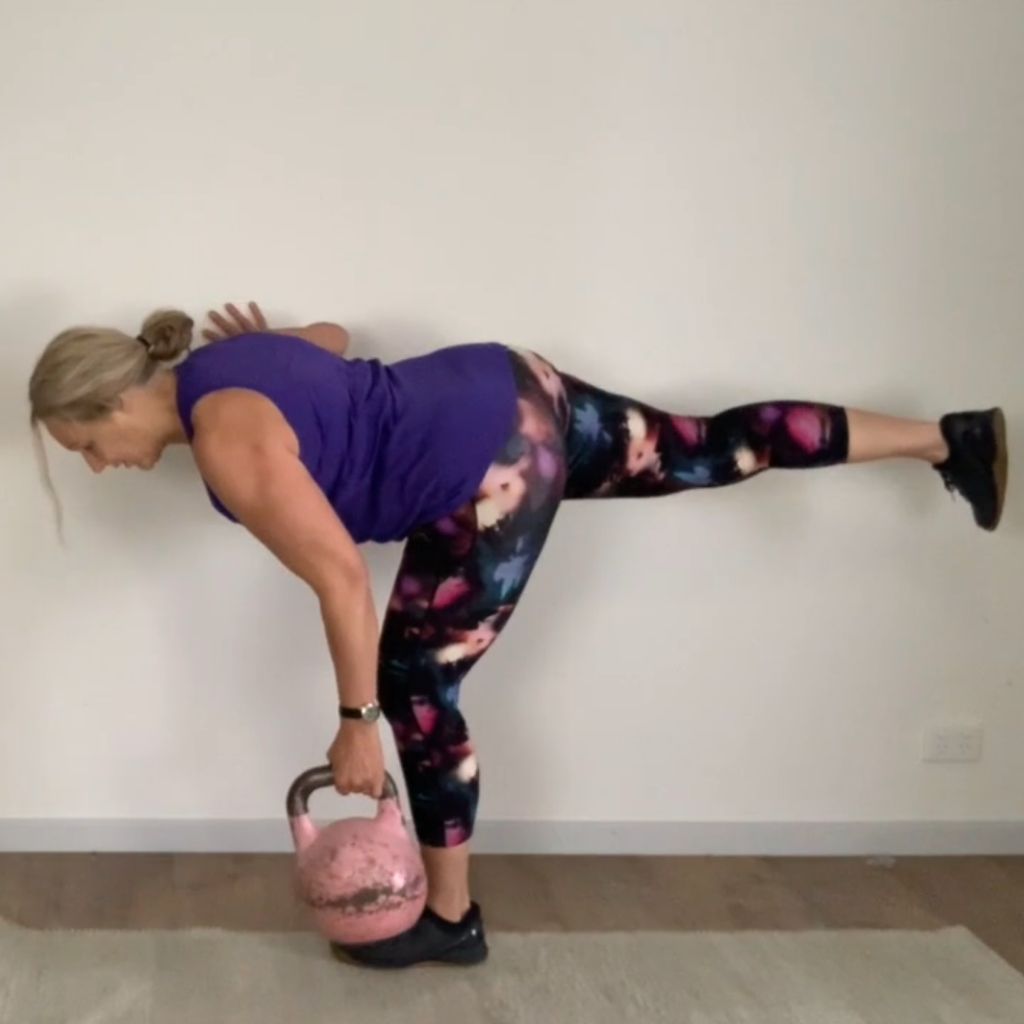
Kettlebell single deadlift assisted
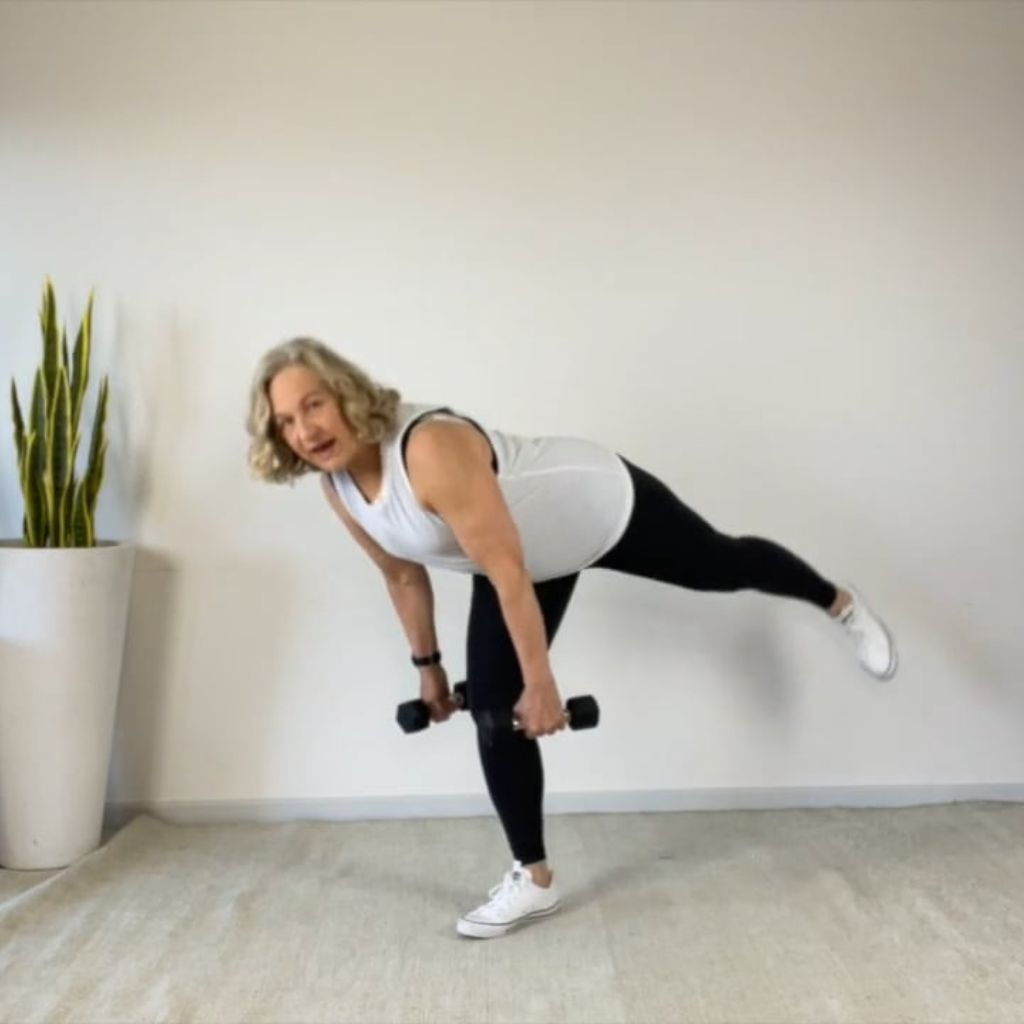
Unassisted single deadlift with dumbbells
Detailed DEADLIFTING tutorial resource: CLICK Image/Link
6. Lifting Overhead (Press) - Shoulder mobility and strength
If we need to put something up on a high shelf in our pantry or we need to reach up and put our bag in the plane locker, we need to be able to reach up and reach overhead. Hey, we may also want to get our grandchild and throw them up in the air, and hear their wild giggles as we do it.
Either way, without shoulder strength and mobility you are going to increasingly struggle with this movements if you don't strength train them.
Some great ways to train overhead is being able to have weights that we lift up, or we can have a barbell or weights in both hands. If your shoulders don't like a full arm high lift above the shoulders, then only go part way, or just to the shoulders, and overtime progress as you gain increased strength and mobility.
Everyday life:
When you can't reach overhead, you start needing help for everything from putting away groceries to stowing a suitcase. That sense of limitation adds up, and fast.
Examples:
- Reaching for pantry shelves
- Lifting an overnight bag into plane locker
- Throwing and catching grandchildren
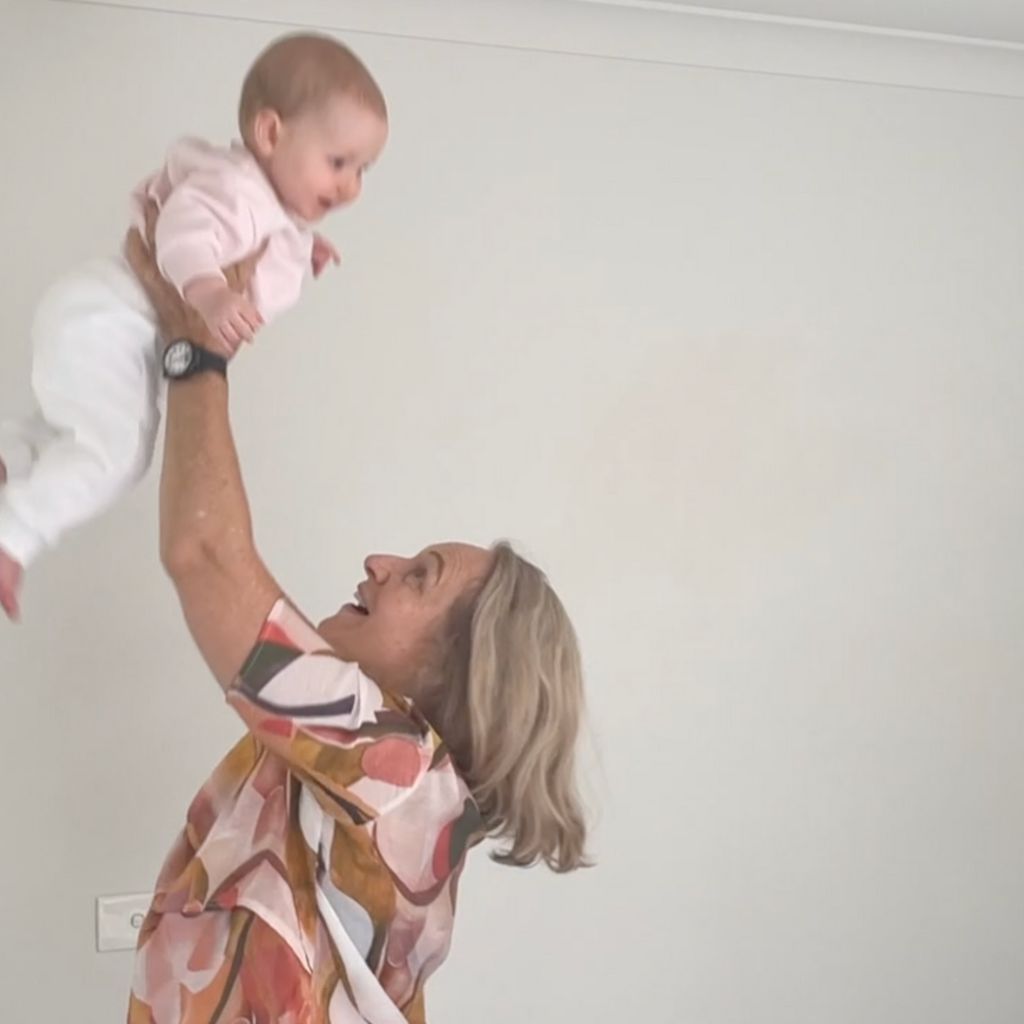
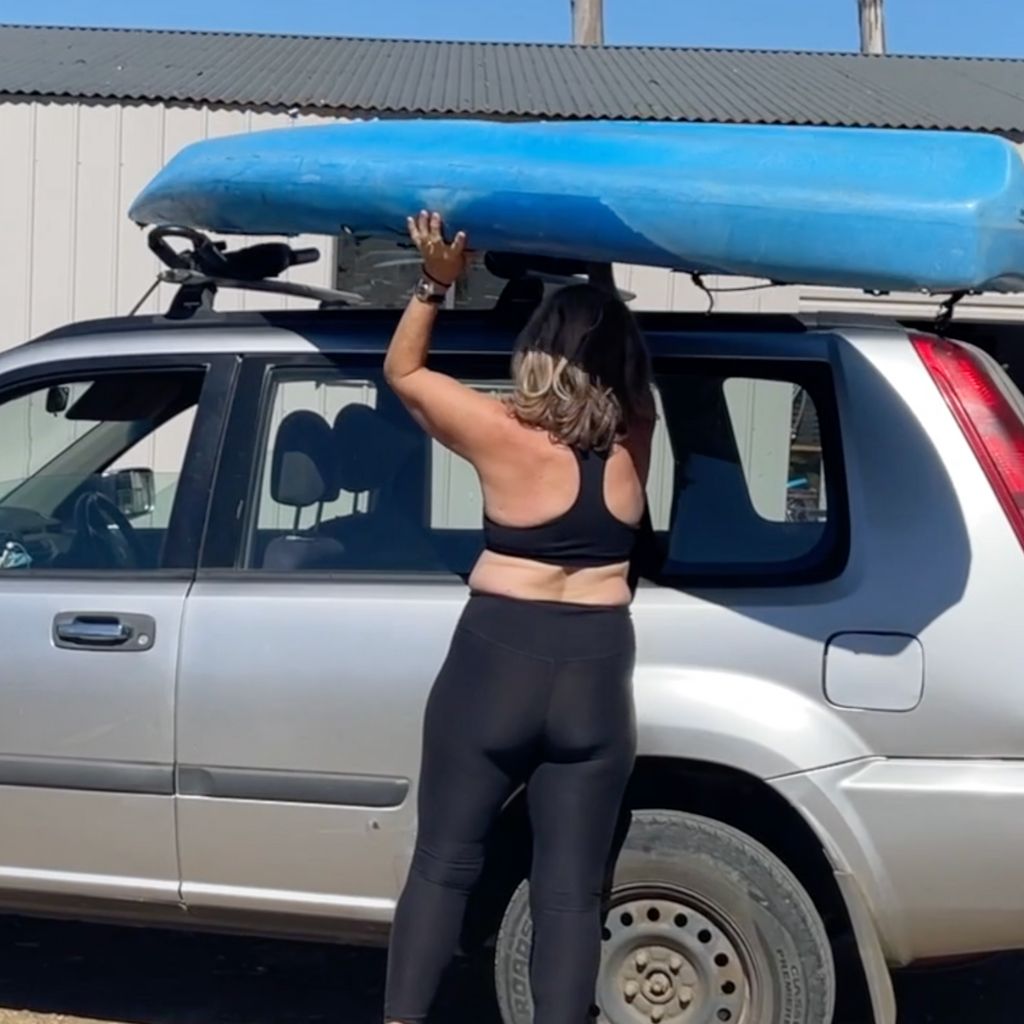
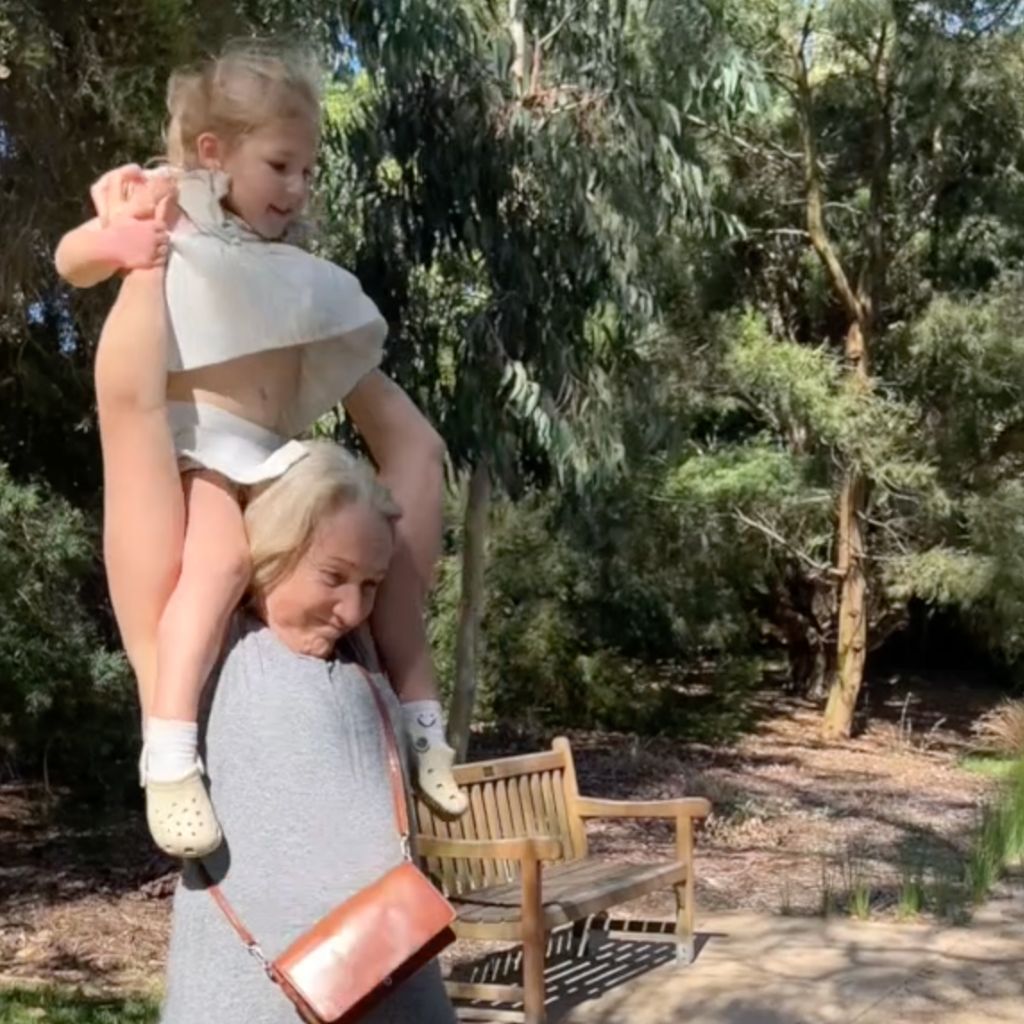
Strengthen:
Overhead training builds shoulder integrity, thoracic mobility, and upper body co-ordination. It can also reduce that rounded 'hunched' posture by encouraging proper alignment.
Train with:
- Overhead presses with dumbbells, kettlebell or bands
- Front raises for anterior shoulder strength
- Upright rows with dumbbells
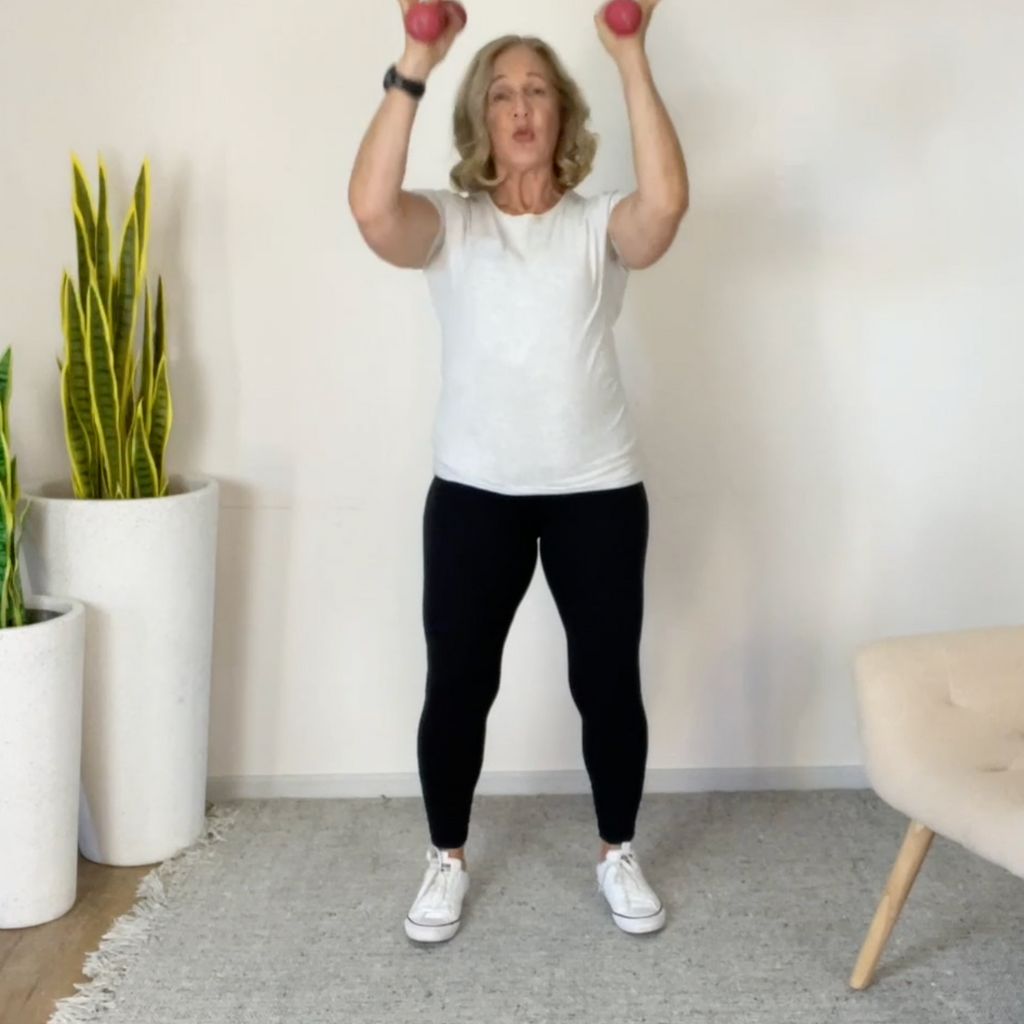
Dual arm overhead press with dumbbells
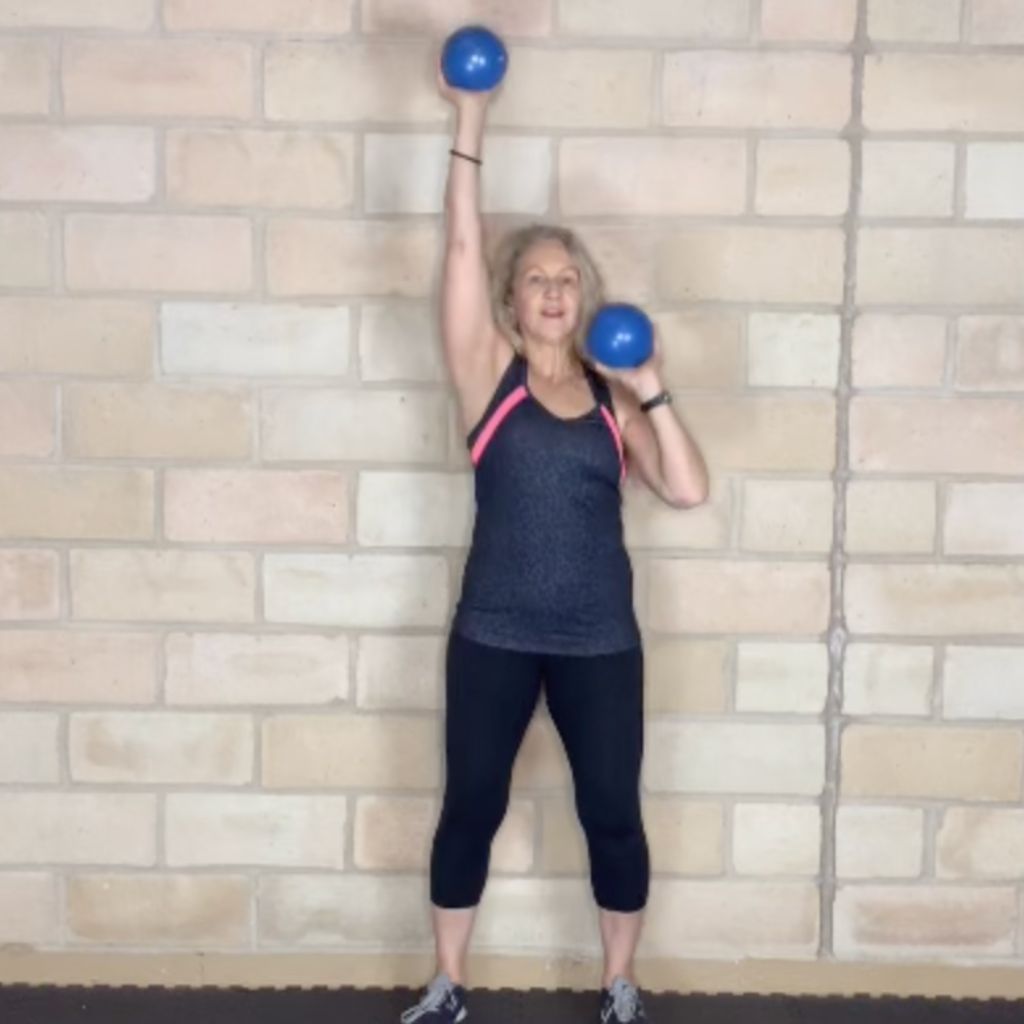
Single overhead press with weighted balls
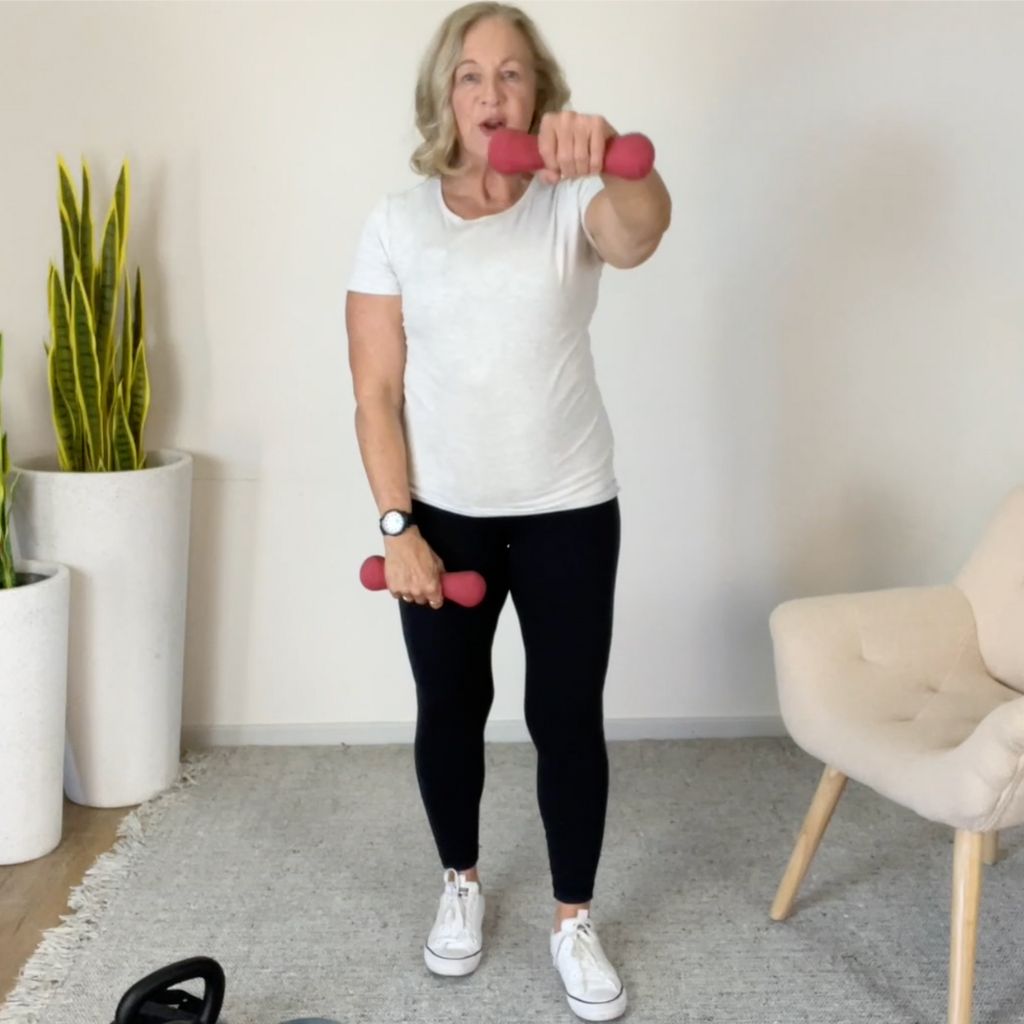
Front raises with dumbbells
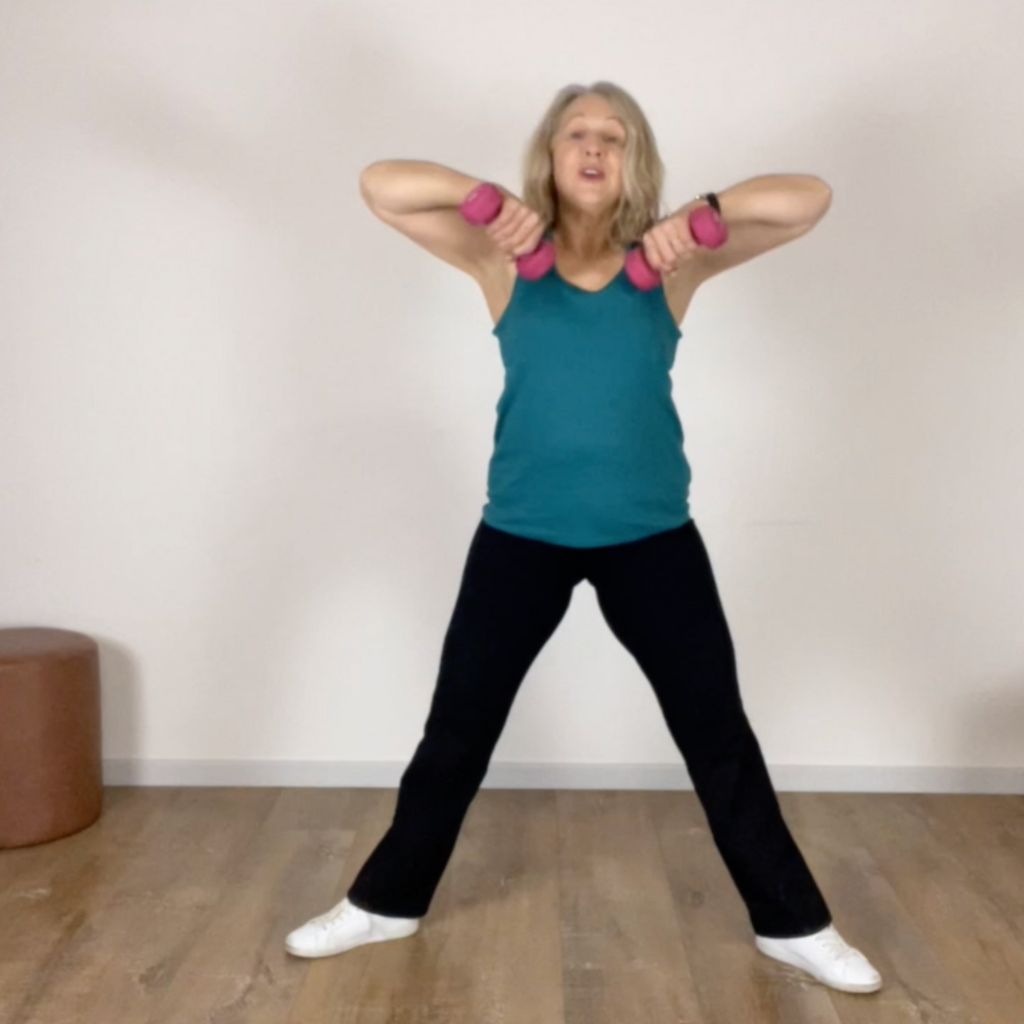
Upright front rows with dumbbells
7. Lunging - One-leg strength and balance
This is anywhere where we need to take ourselves on one leg for a moment and then being able to balance at the same time. So lunging can be fantastic because it builds strength in each leg individually and helps with balance and confident movements, whether it's forward, side or backward on one leg for a short period of time.
Lunges can be done un-assisted or assisted by holding against a wall or a broom to support balance.
Everyday life:
When we lose the ability to lunge, we lose confidence stepping over things, walking on uneven ground, or moving quickly when we need to react. Without single-leg strength, the body compensates - and that's where injury risks increase.
Examples:
- Stepping over a fallen branch or a curb
- Hiking or bushwalking
- Climbing stairs or stepping up onto a ledge
- Reaching across garden beds or around furniture
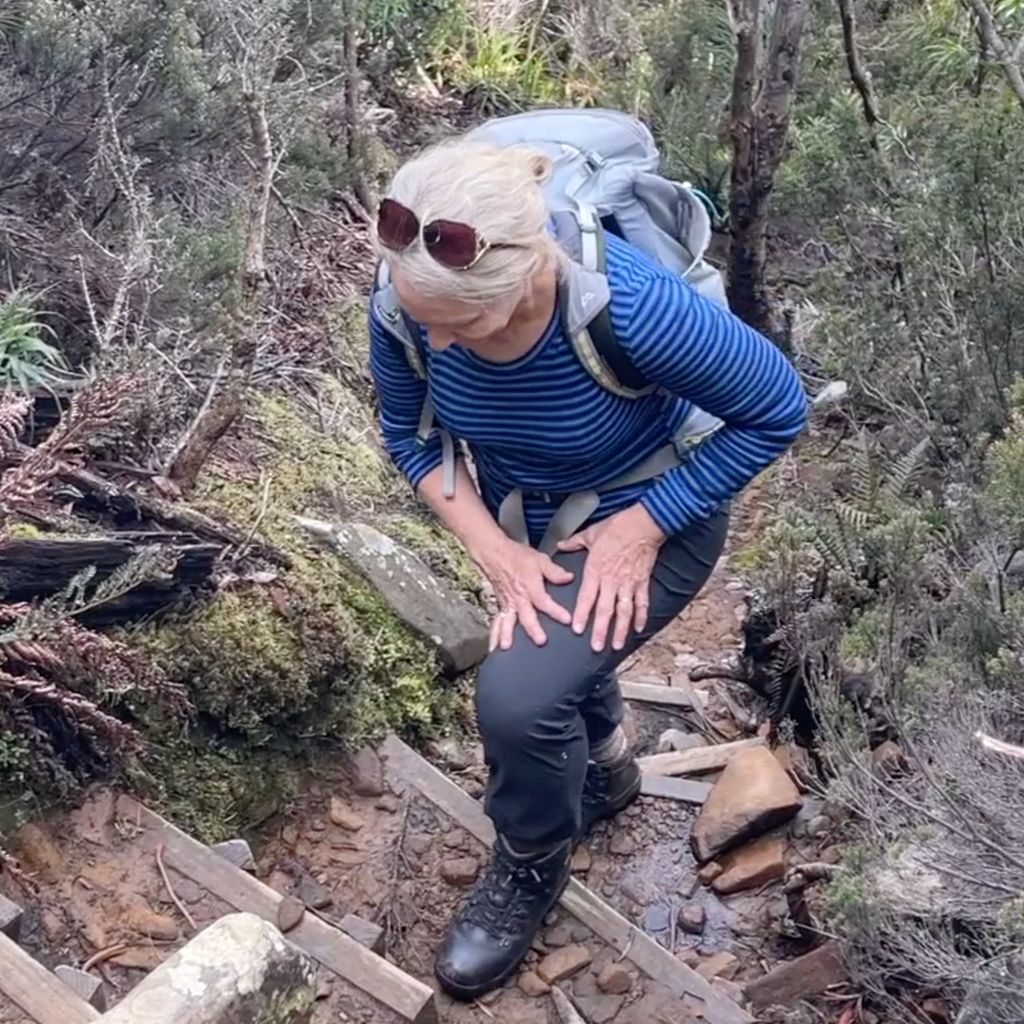
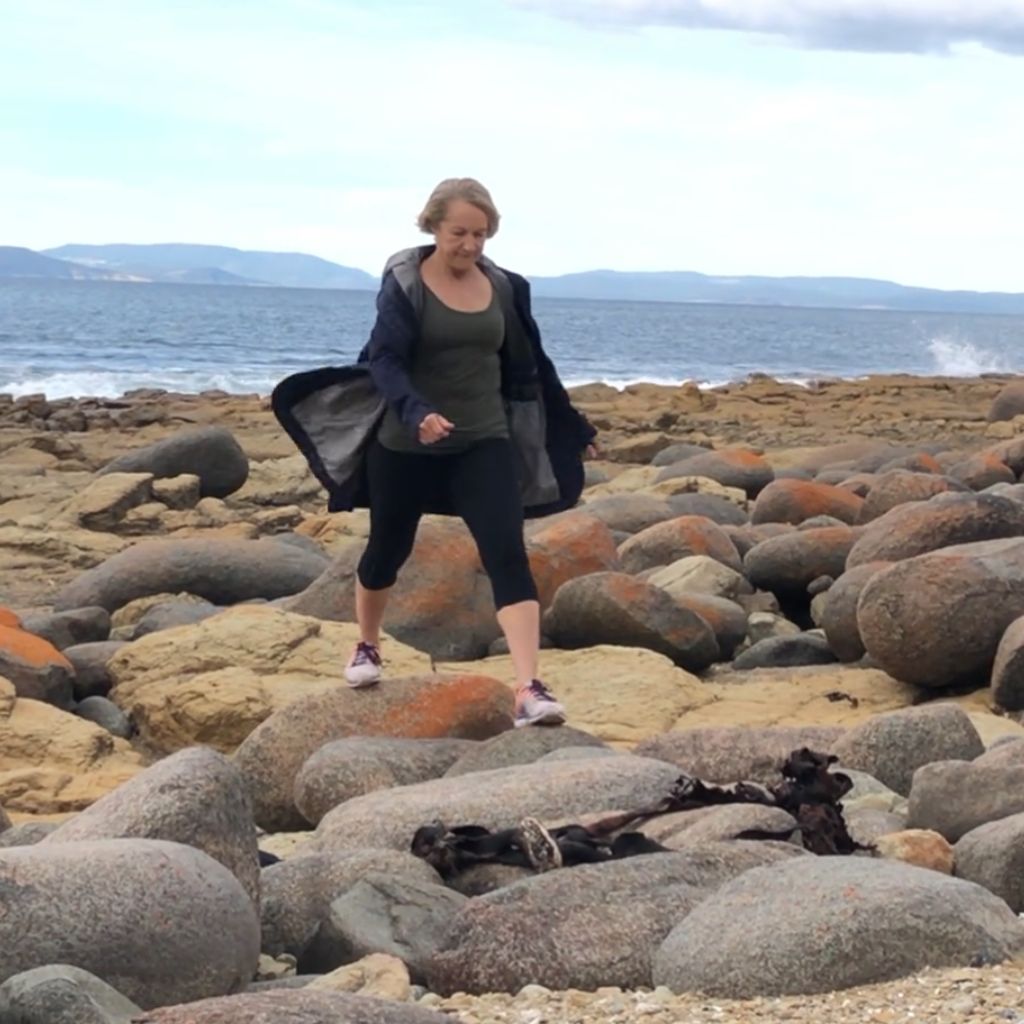
Strengthen:
Lunging trains balance, leg strength, and directional control. It gives you the confidence to move forward, backward, and sideways - on your terms. Even if your knees don't like traditional lunges, we train with variations that meet your body where it's at.
Train with:
- Un-assisted lunge walks both forward and backward. Variations could include carrying dumbbell or kettlebell in one or both hands.
- Assisted reverse lunges using a wall, broomstick, or chair for balance
- Tap-back lunges for gentle progression
- Side lunges or short stance lunges to reduce joint stress. Great to incorporate these with a leg band
- Step ups on stairs
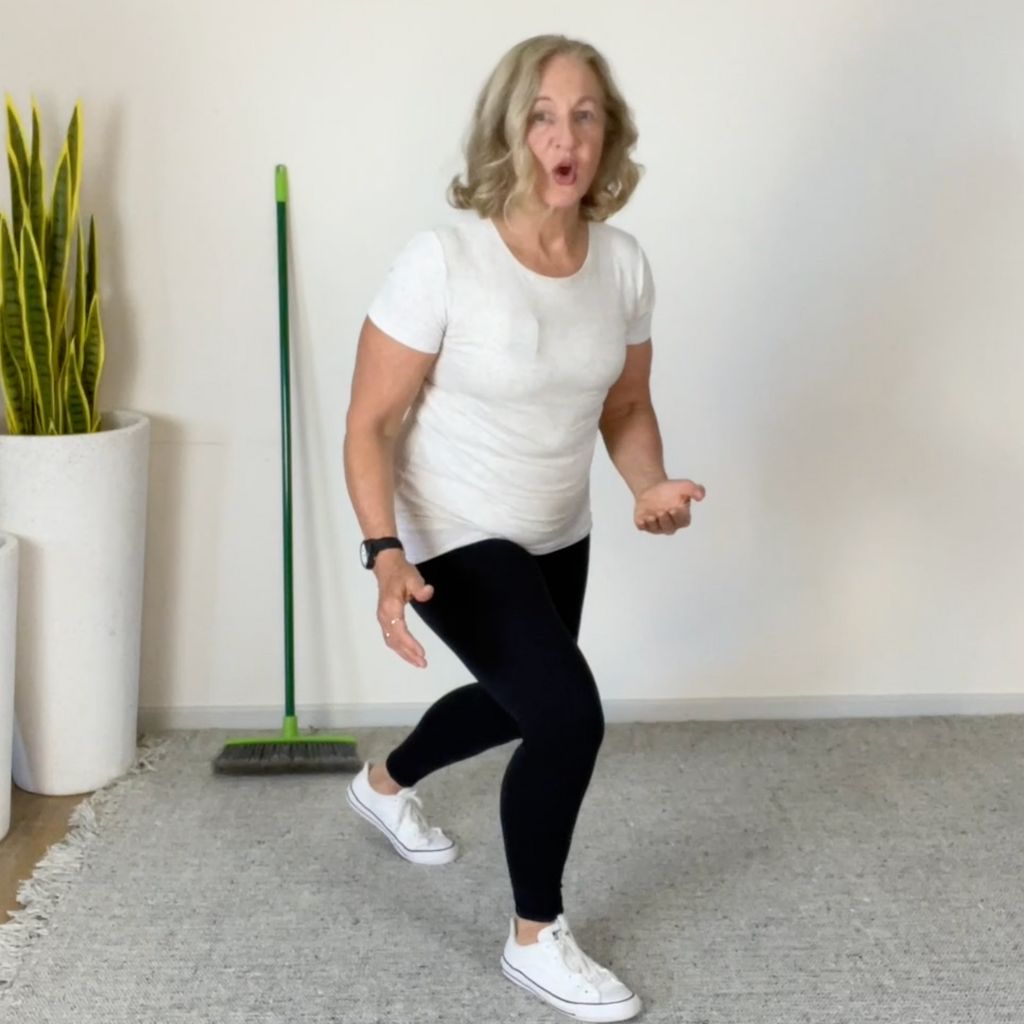
Un-assisted lunge walks
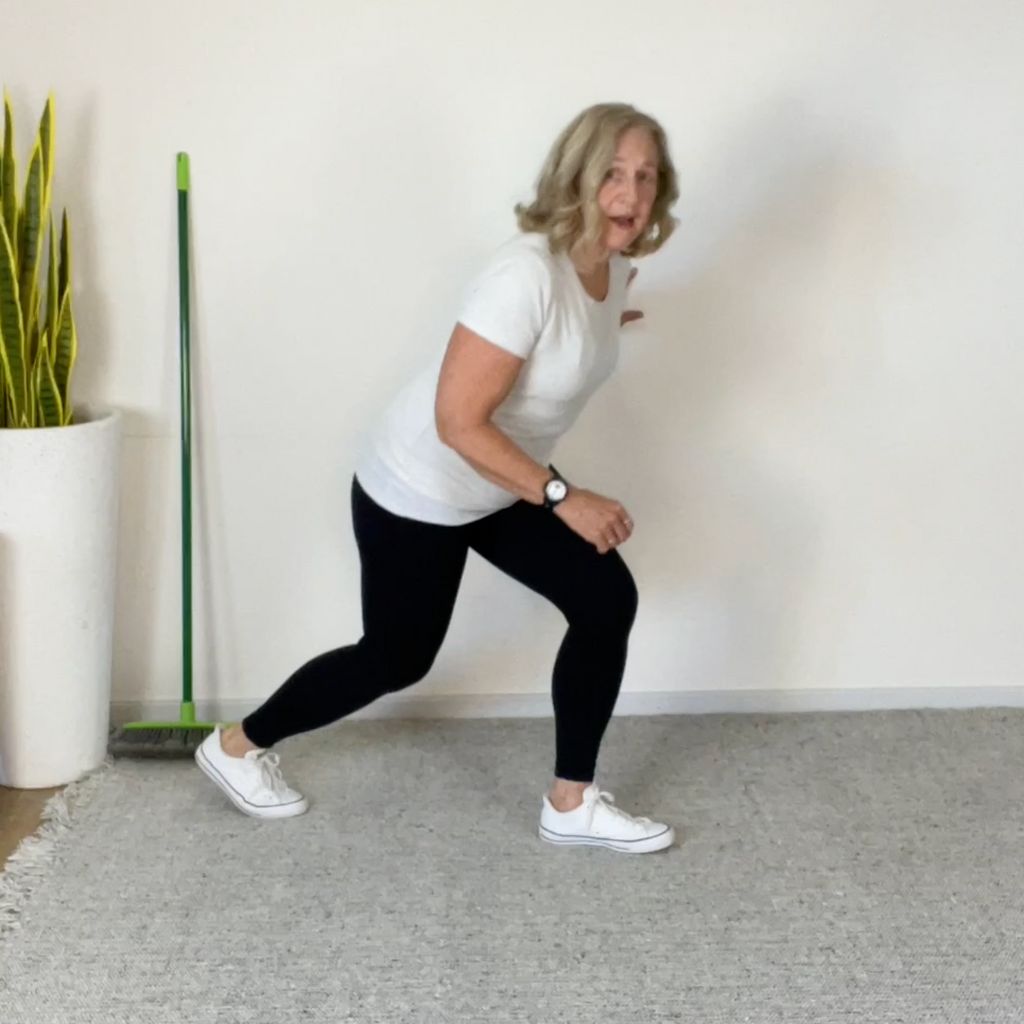
Wall assisted reverse lunge
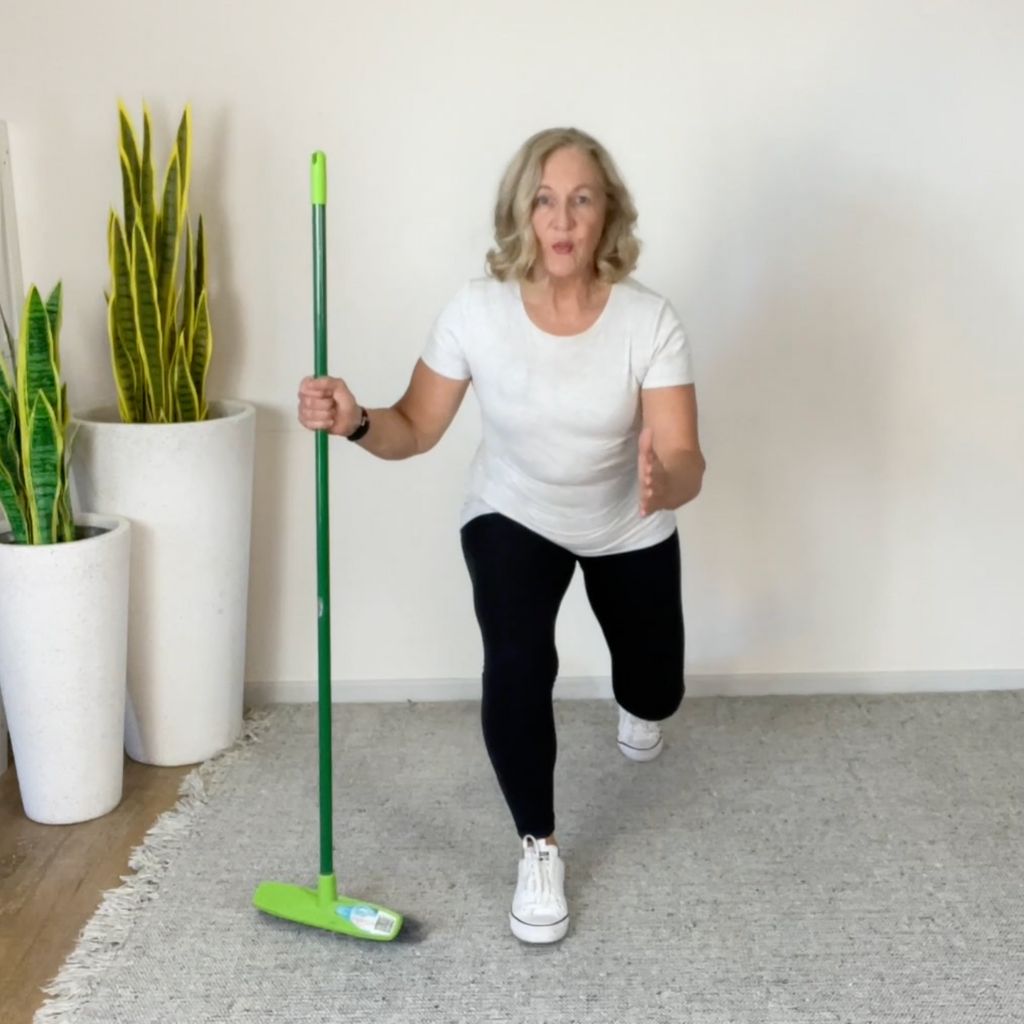
Broom assisted reverse lunge
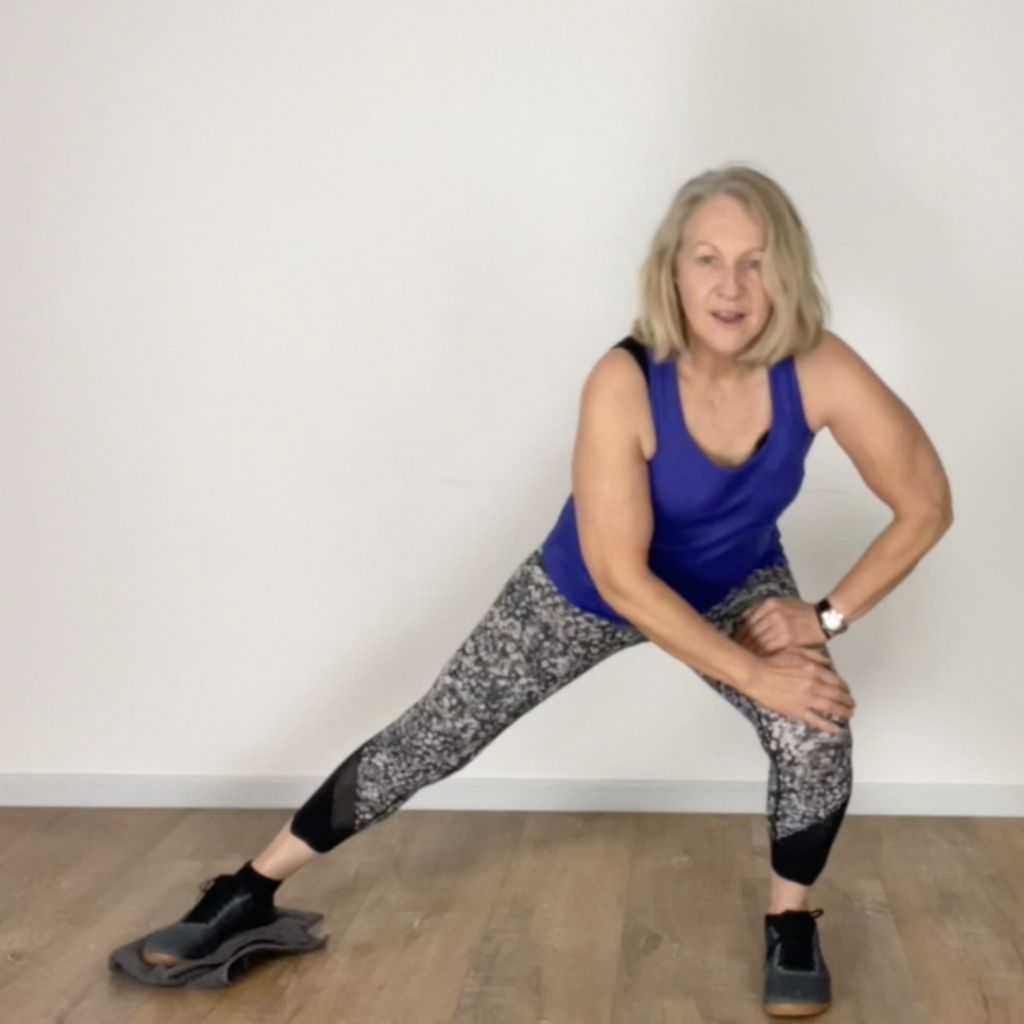
Side lunge with slider or towel
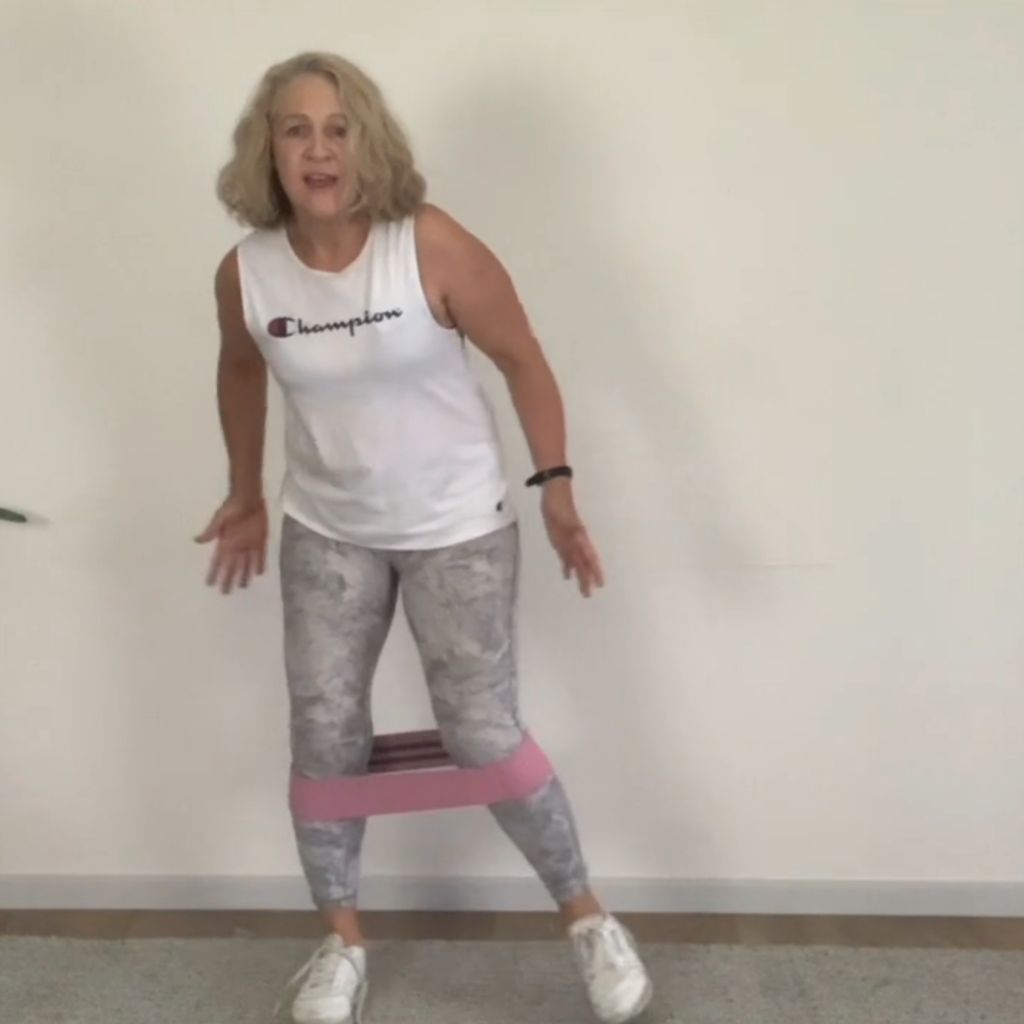
Leg band steps, forward/reverse
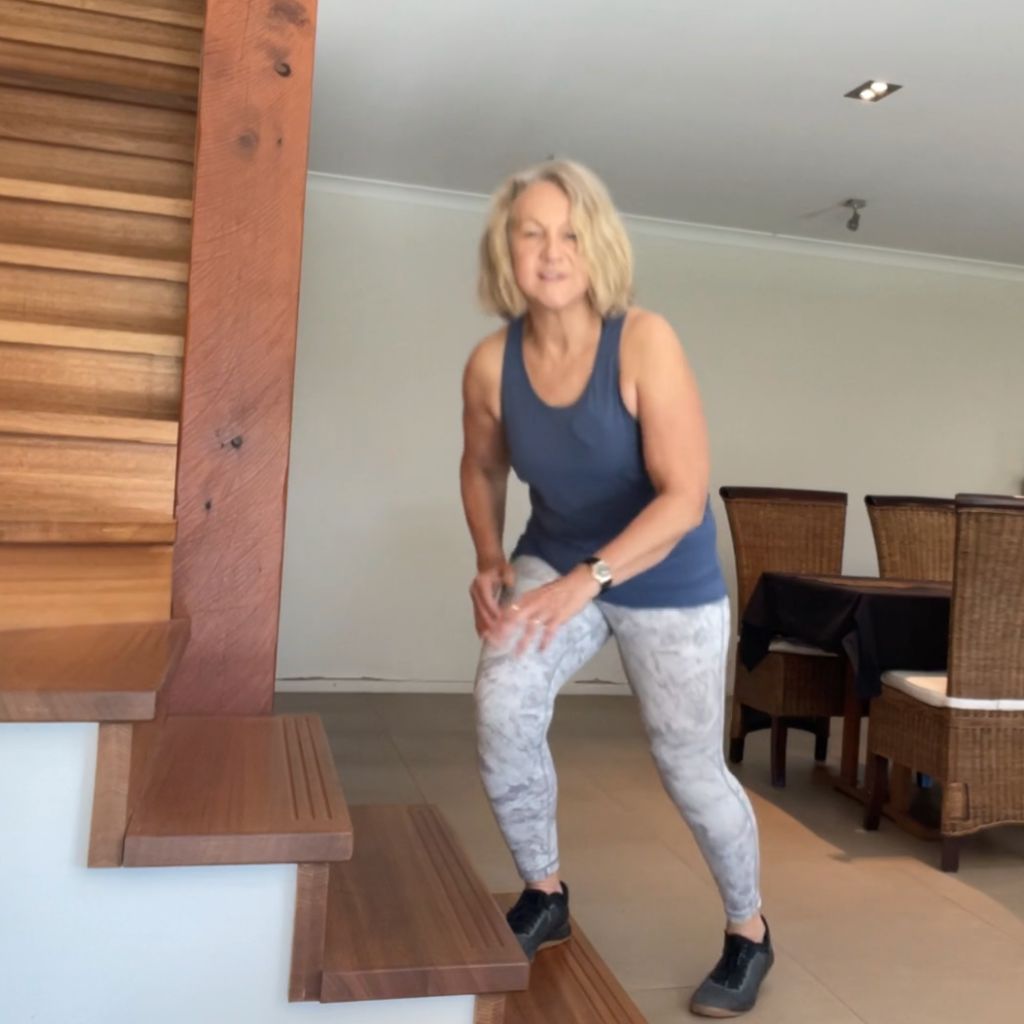
Step ups on stairs
8. Pulling - Posture and upper back strength
This is where we pull something back, and helps us to stand upright, keeps our shoulders strong, helps our posture, and is great if you need to start that lawnmower, or pull out stubborn weeds in the garden.
Some of the ways to pull with a band, is to attach to a door and we're pulling this right back. So we're getting some upper back work.
Strengthening this pulling motion will also help you to prevent that kyphosis, that hump that many people, older people get in their upper back, their thoracic area.
Everyday Life:
Poor pulling strength makes it hard to open doors, manage garden tools, or even keep good posture at your desk.
Examples:
- Pulling a heavy log from wood pile
- Starting a lawnmower or pulling weeds
- Rowing a kayak or stand up paddle board
- Pulling something behind you
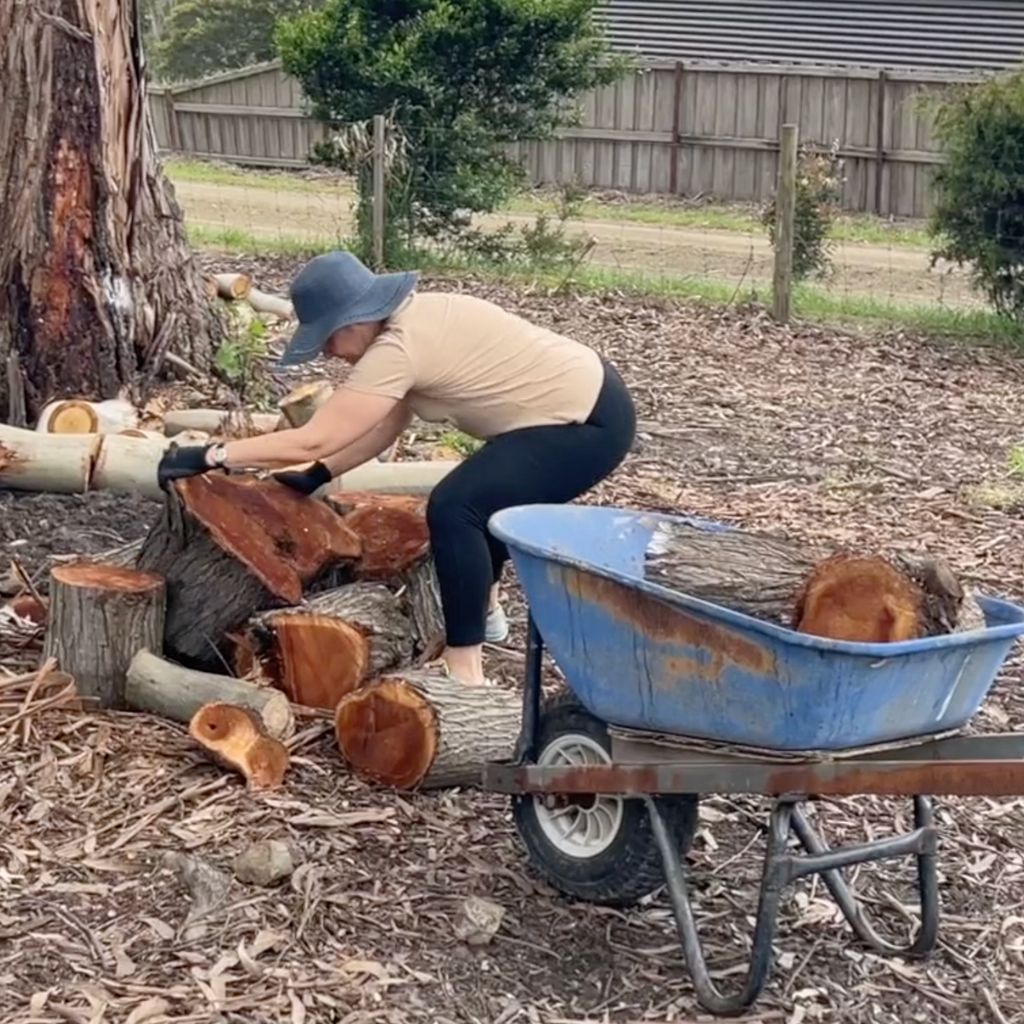
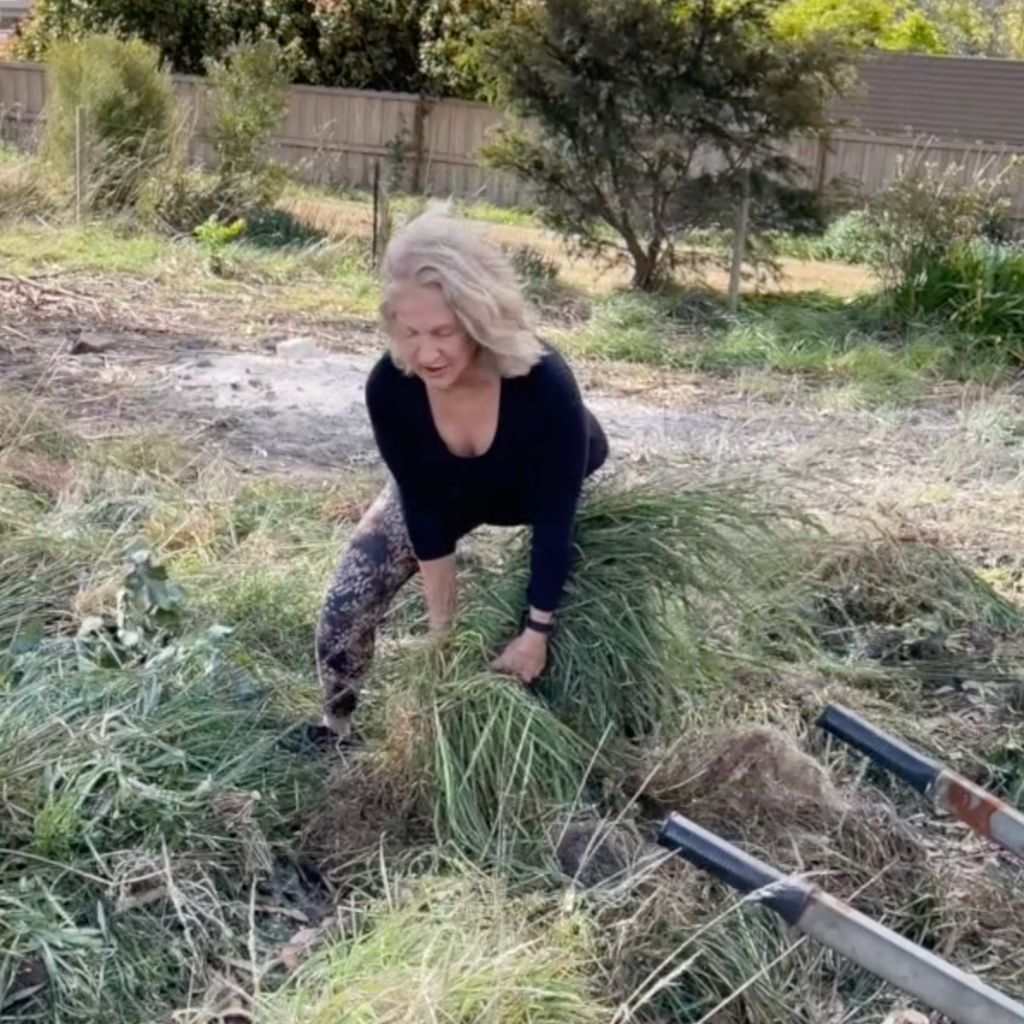
Strengthen:
Pulling movements activate the upper back, lats, and posterior shoulders; the muscles that keep you upright, pain free, and confident. They help balance out years of computer or caregiving posture.
Train with:
- Resistance band upright rows (anchored under foot)
- Dumbbell or Kettlebell upright rows
- TRX pull-ups
- Resistance band standing rows (door anchored)
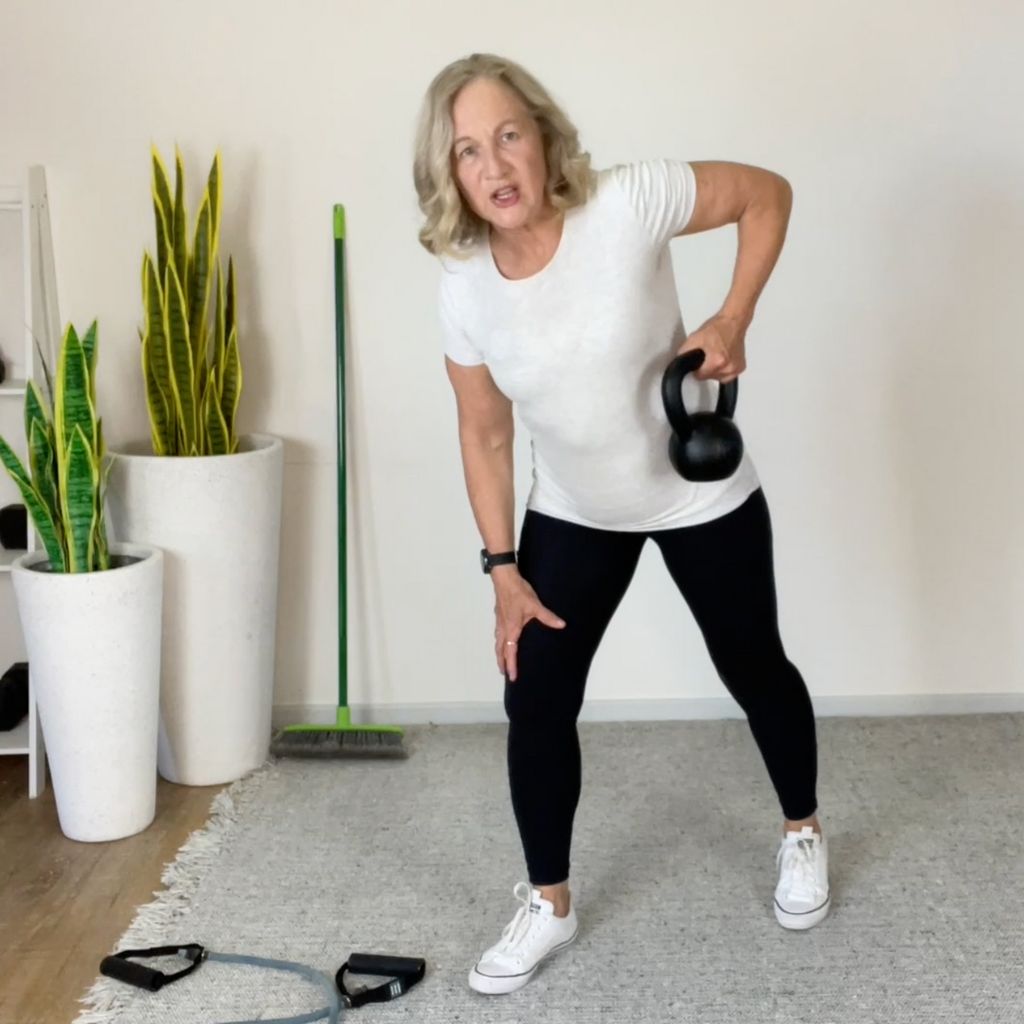
Kettlebell rows
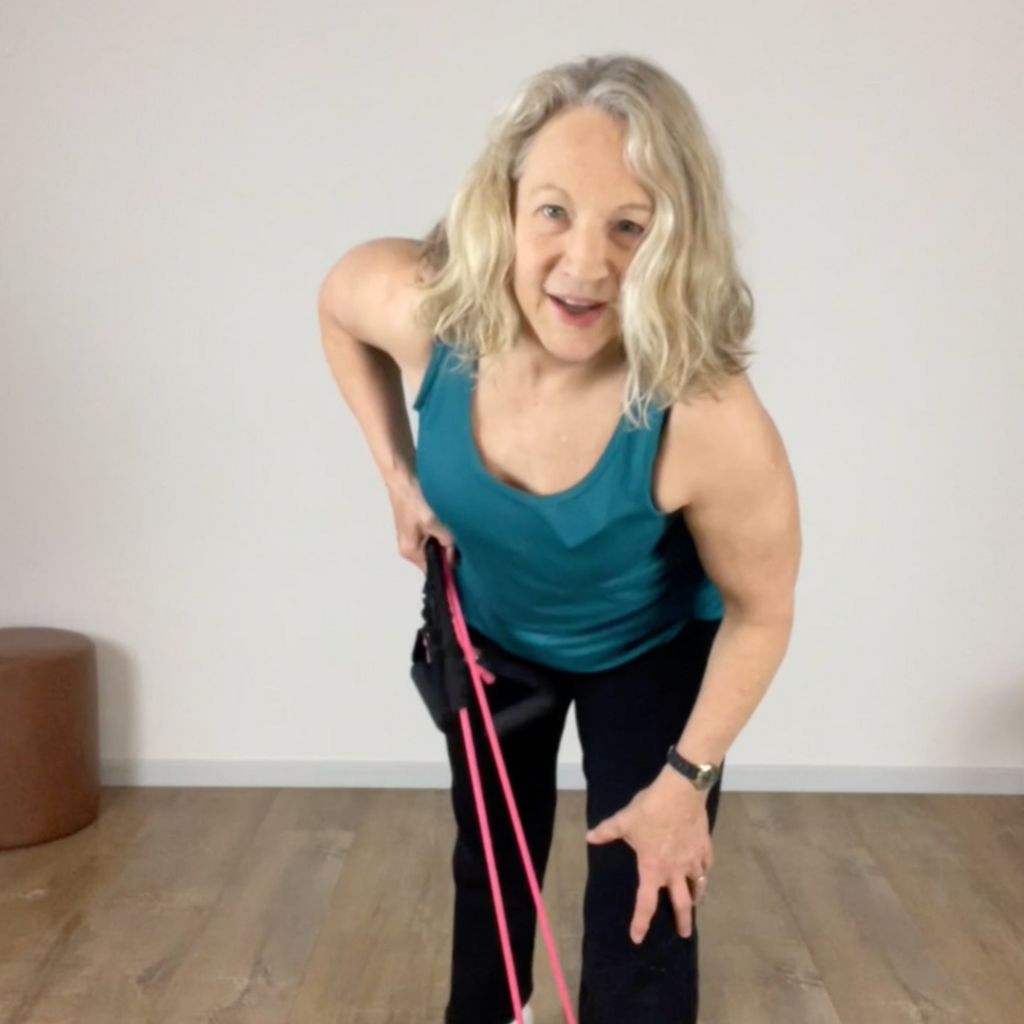
Resistance band single arm upright rows
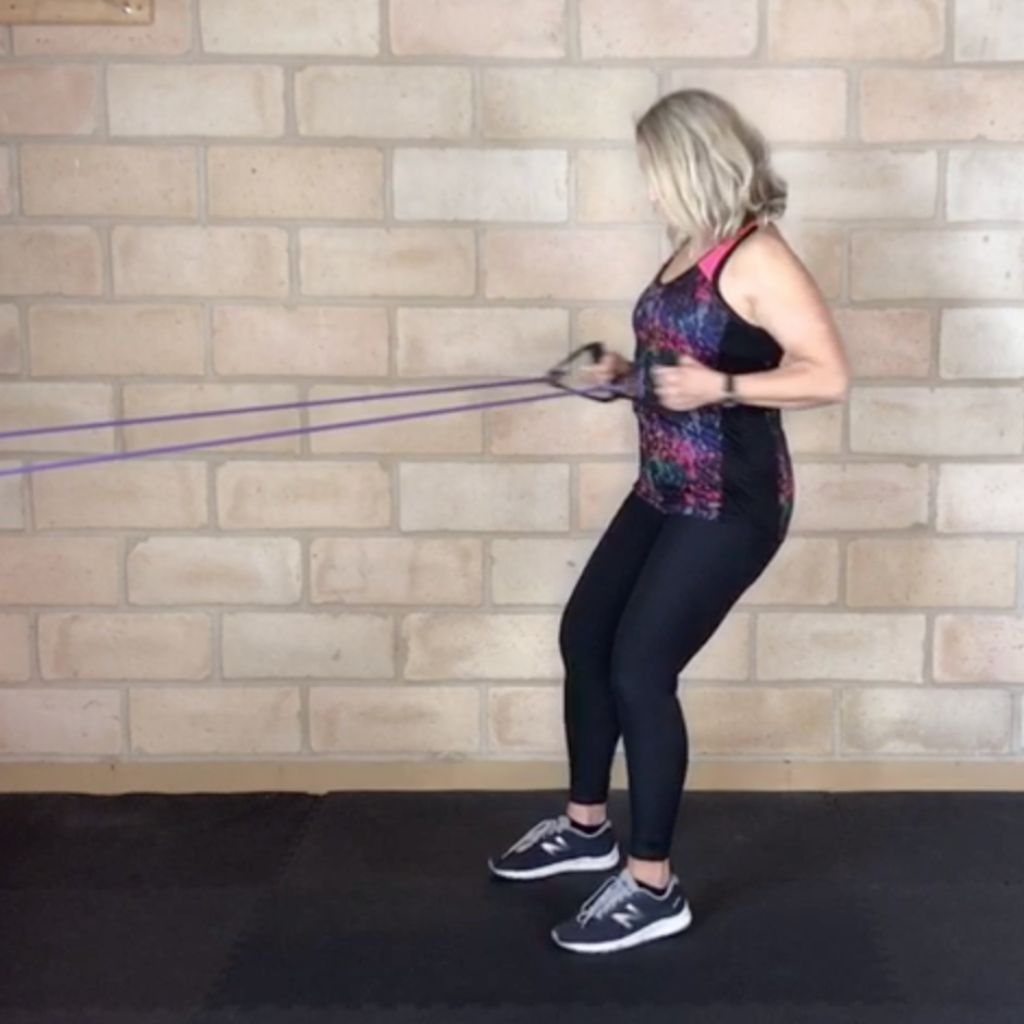
Resistance band double arm standing rows
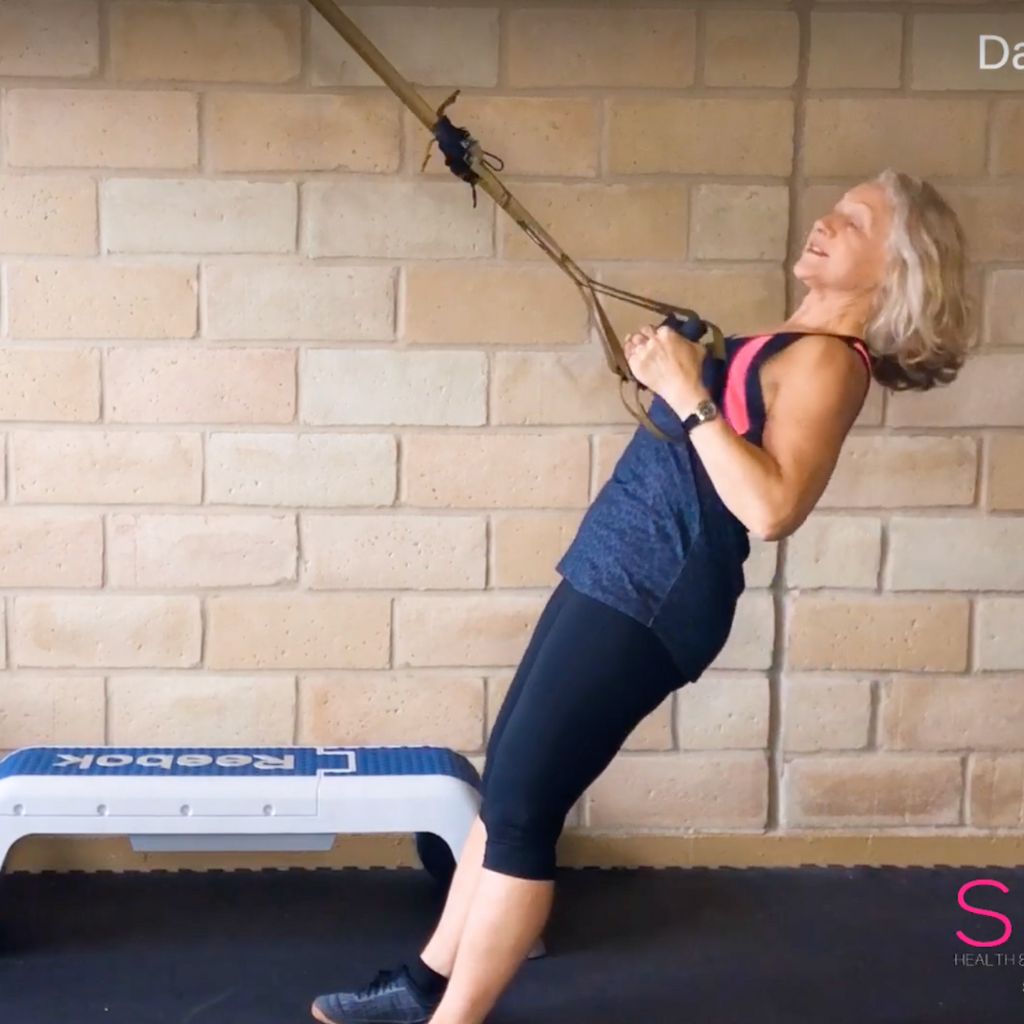
TRX pull ups
9. Pushing - upper body and chest power
This is another of those movements that we take for granted, until we don't have the strength to push ourselves up from the floor, or up from a chair. Then we wonder what happened.
Being strong at pushing means your chest, shoulder, and some back muscle are working and have strength. Some simple pushing strength training for women over 60 could be the basic pushup. Just start with one of the many variations for where your body and strength is at.
That could be push-ups against the wall, a chair (supported against a wall for safety), from knees, in the plank position, or using some of the many aids to help build great push-up strength.
Everyday life:
If you've ever struggled to push open a heavy store door or stroller, you've felt what happens when you have a weak push movement. As we age, upper body pushing strength can fade fast, unless we train it.
Examples:
- Pushing a stroller
- repositioning furniture
- Closing heavy sliding doors
- Getting up from the floor or pushing off a chair
- Pushing a wheelbarrow when gardening


Strengthen:
Pushing builds chest, shoulders, triceps, and core control. It's also a huge confidence booster, knowing you're strong enough to handle whatever's in front of you.
Train with:
- Wall push-ups and incline push-ups
- Chair push-ups with controlled form
- Resistance band chest presses
- Lying single or double arm Press (benchpress)
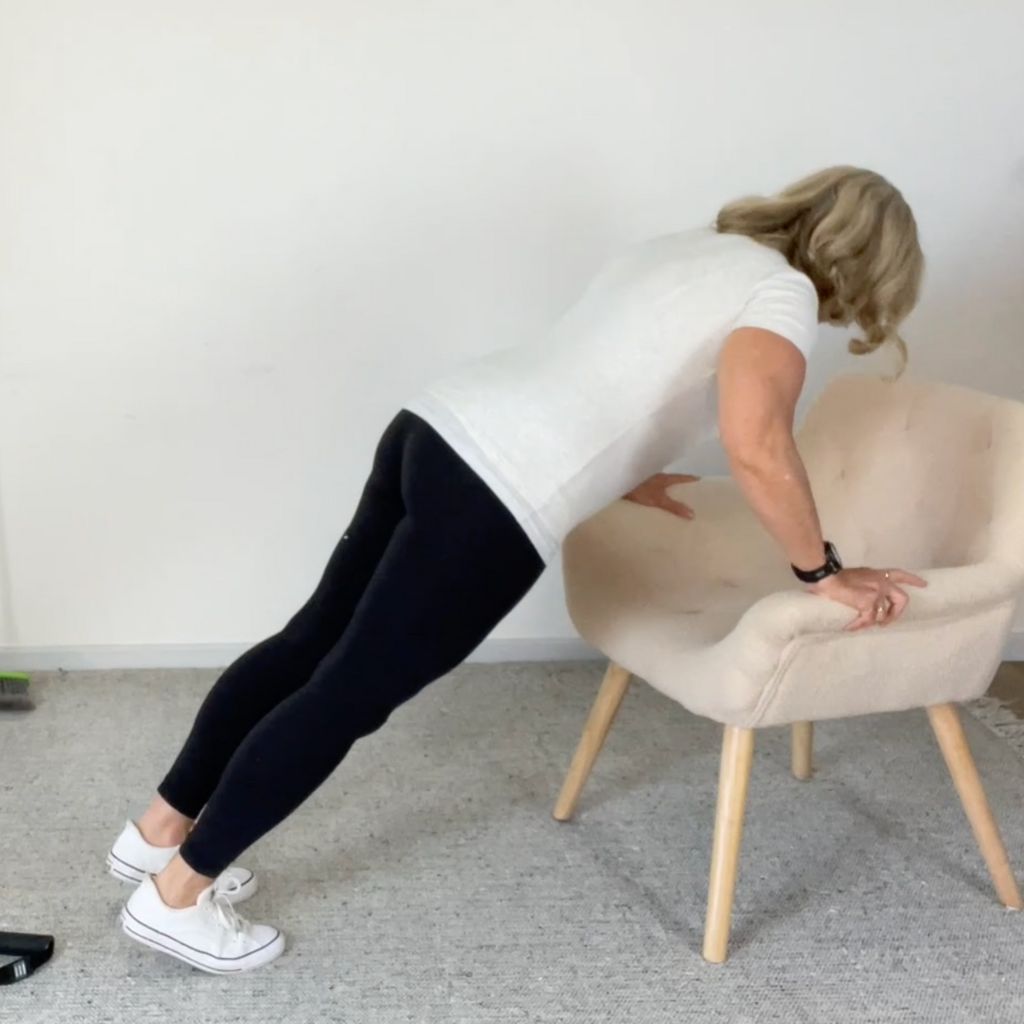
Chair pushup
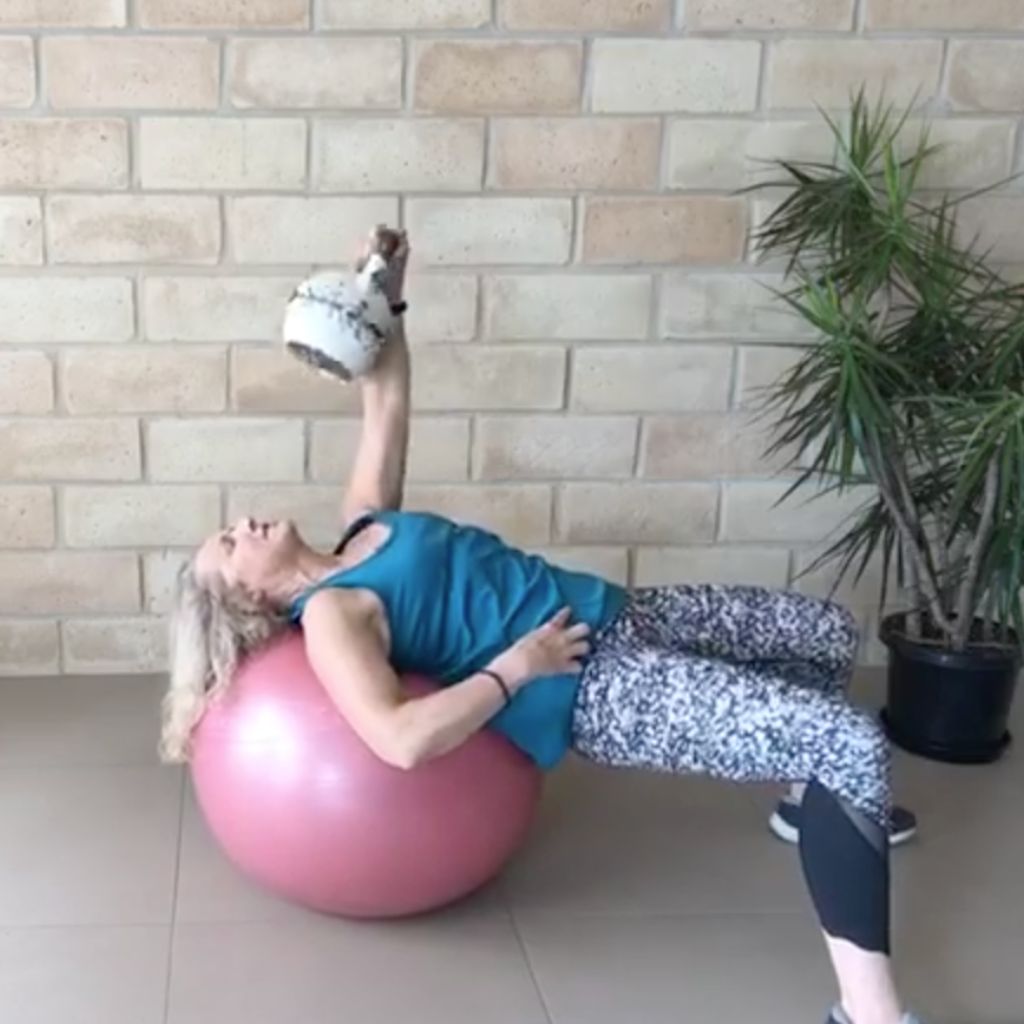
Fitball lying single arm press
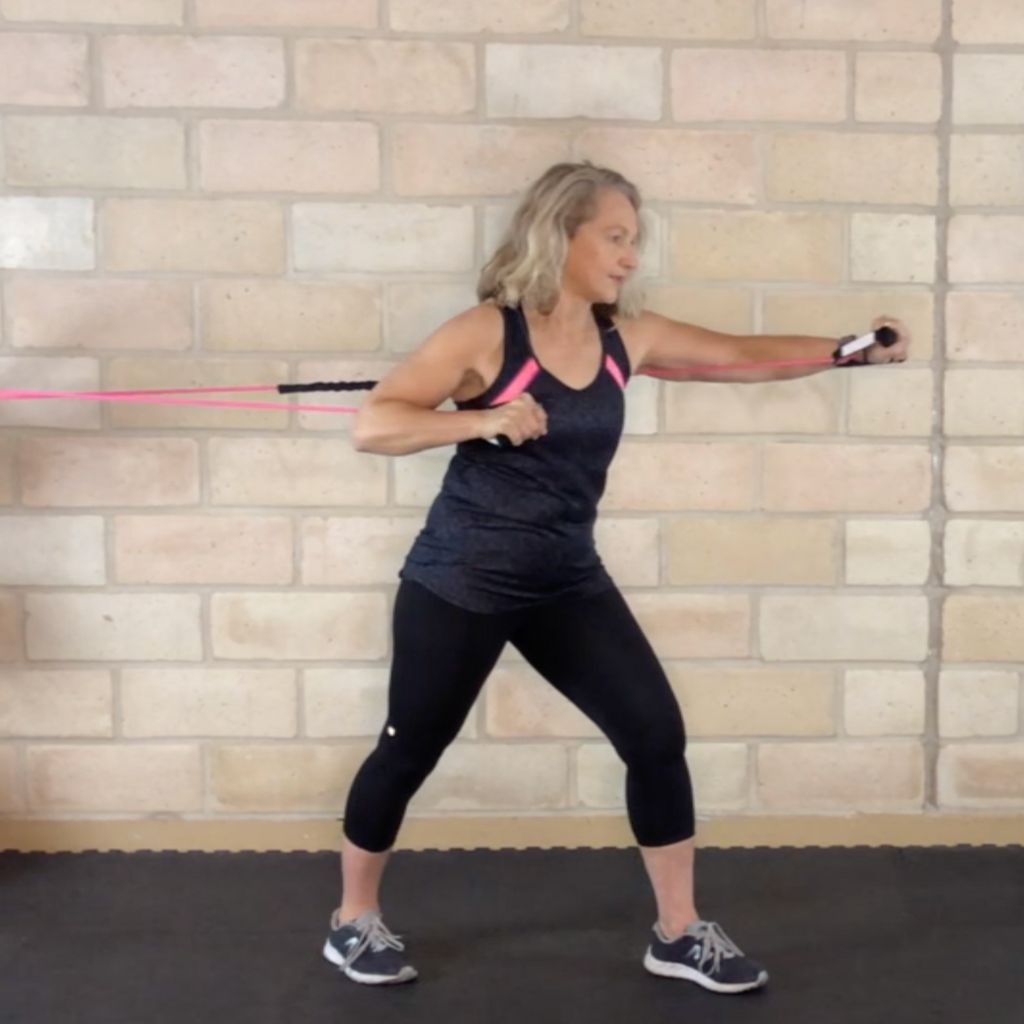
Standing band chest press
10. Twisting - Core rotation and control
Twisting is a part of everyday life, it could be that you're simply turning on your computer in the morning from the back, putting your grandchild into their car seat, looking over our shoulder when reversing a car, or you simply getting into your own car and they're needing to get the seatbelt from the side.
This movement is quite a common move in everyday life and we need to be able to protect that back, so we can twist well and without any mobility limitation.
Everyday life:
Twisting is one of the most overlooked, but most used movements. Without core control twisting creates strain, and that's where backs go out during simple tasks.
Examples:
- Reaching for a seatbelt
- Playing with grand children or putting into car seat
- Putting down heavy items in an awkward position
- Putting away groceries, laundry, or bags

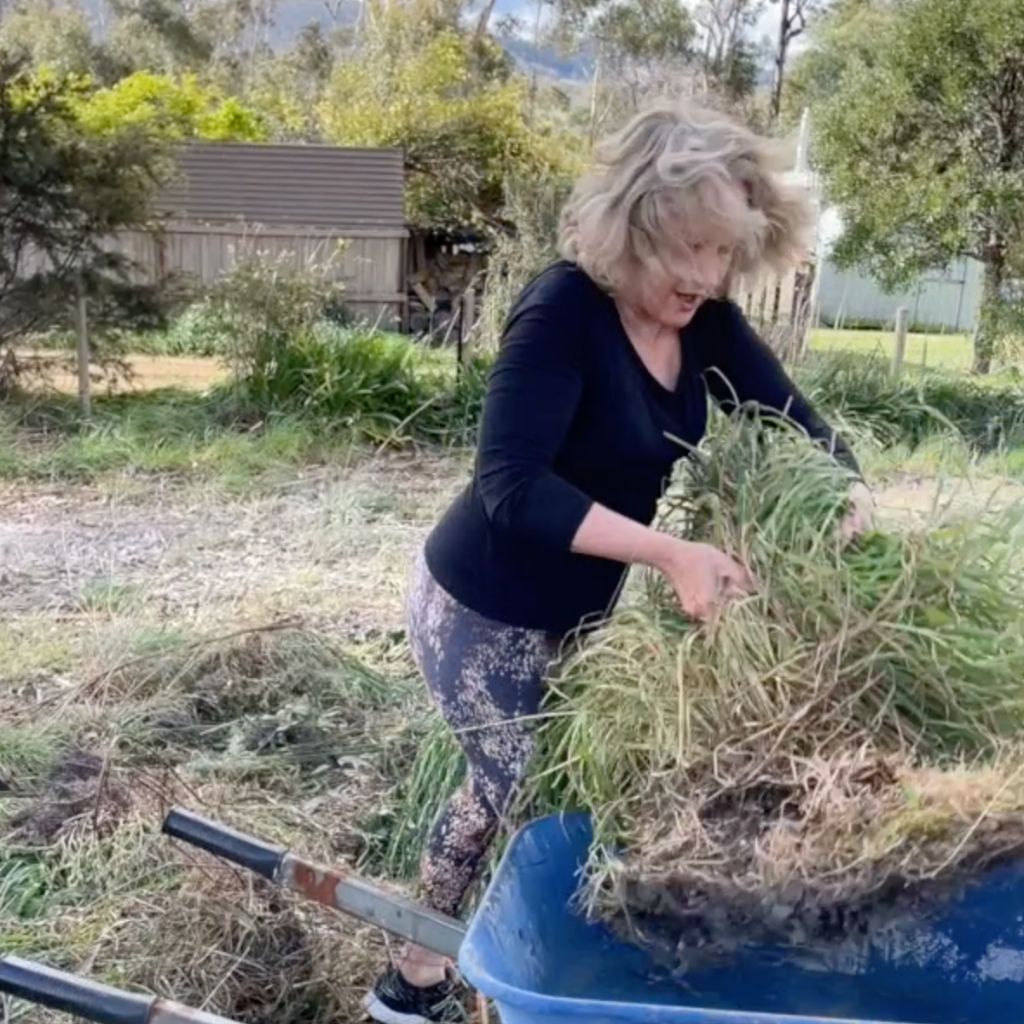
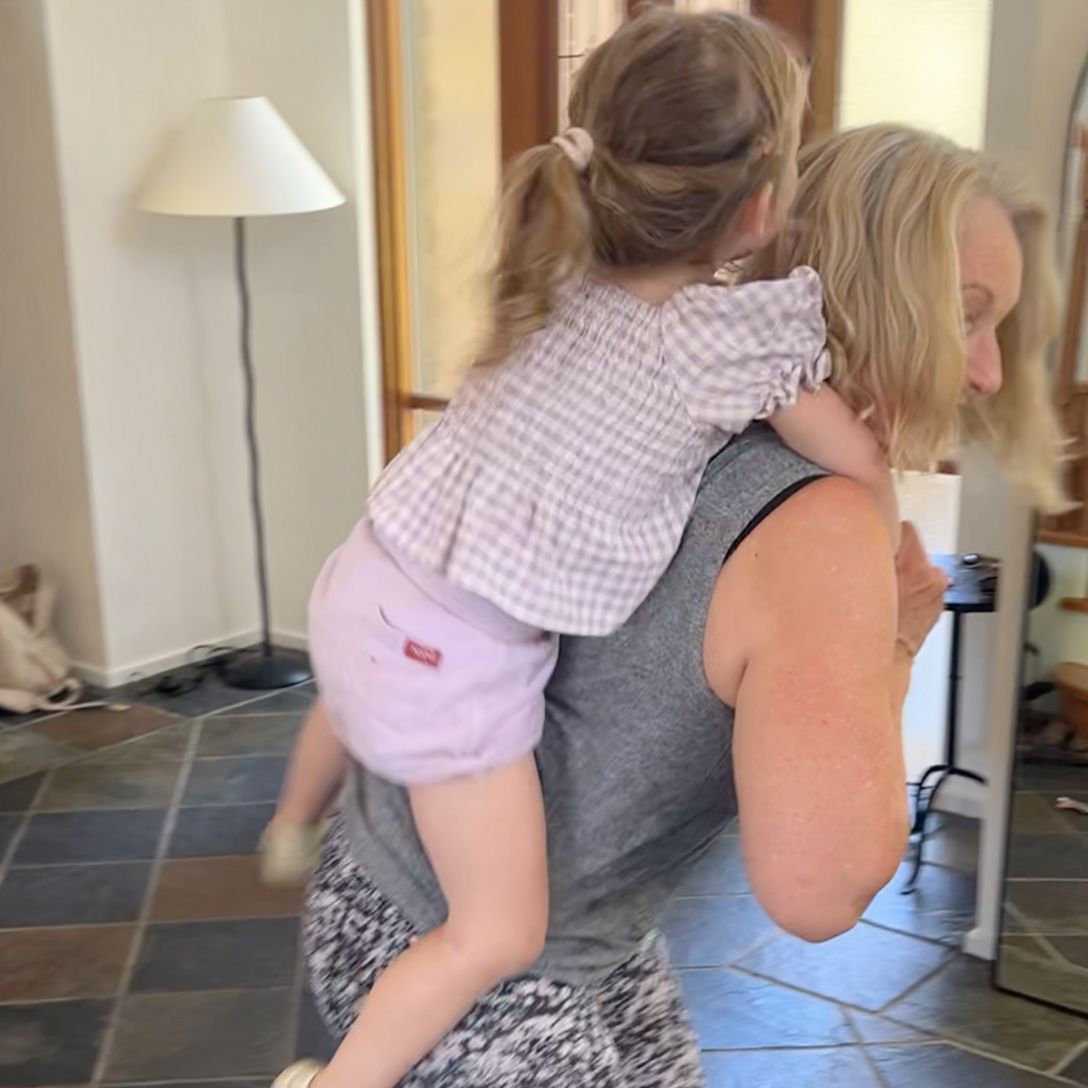
Strengthen:
Twisting movements train your obliques, core stabilisers, and spinal rotation, which are essential movements for posture health and fall prevention. It also keeps your torso mobile for things like driving, sports, or just everyday flow.
Train with:
- Banded rotations (low or high anchor)
- Weighted side-to-side movements
- Seated or standing torso twists
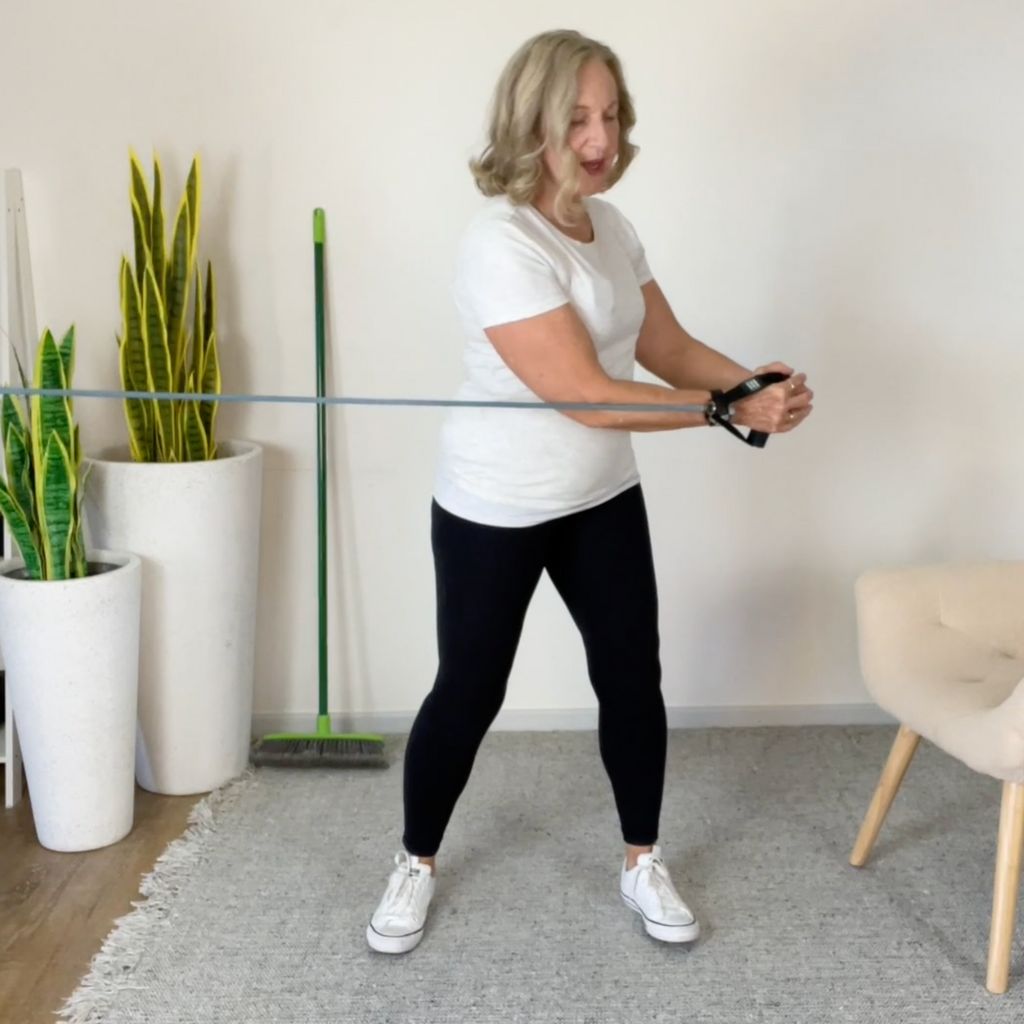
Resistance band rotations
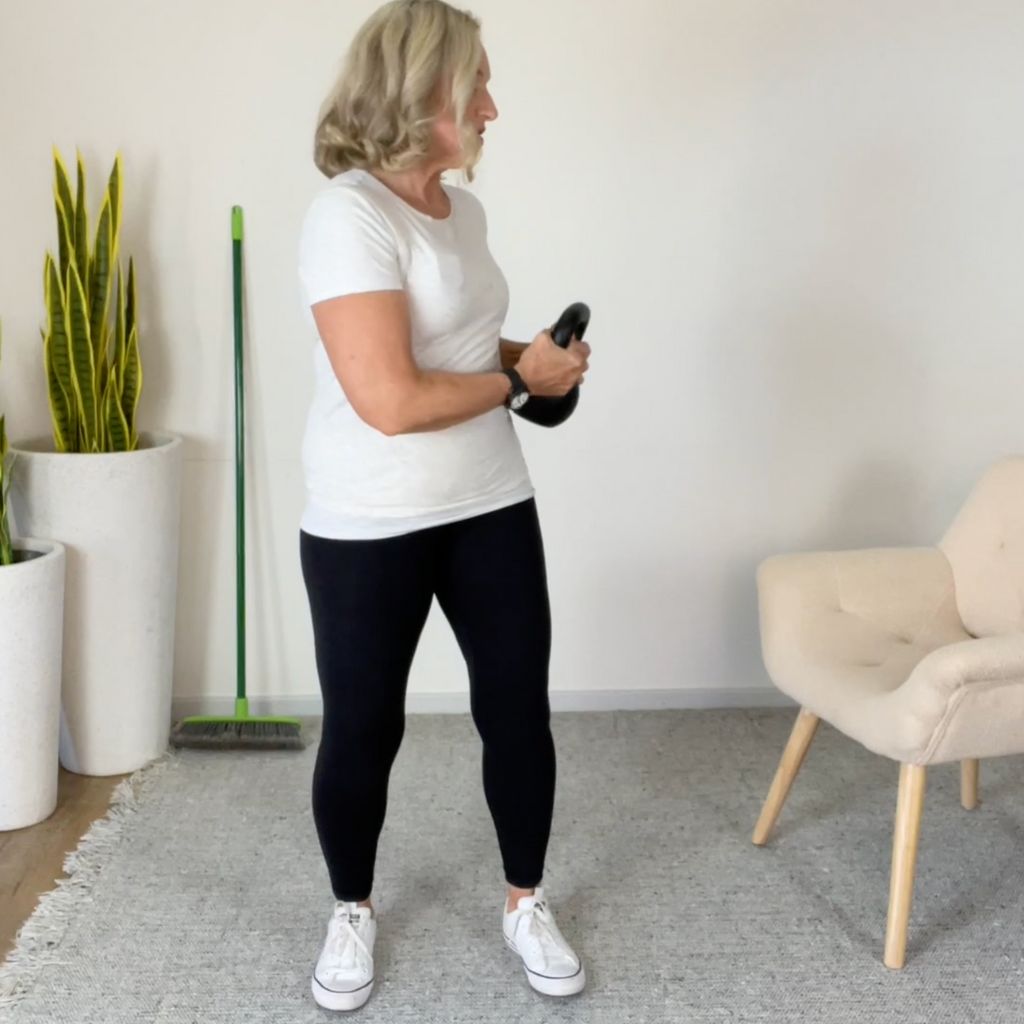
Side-to-side with kettlebell
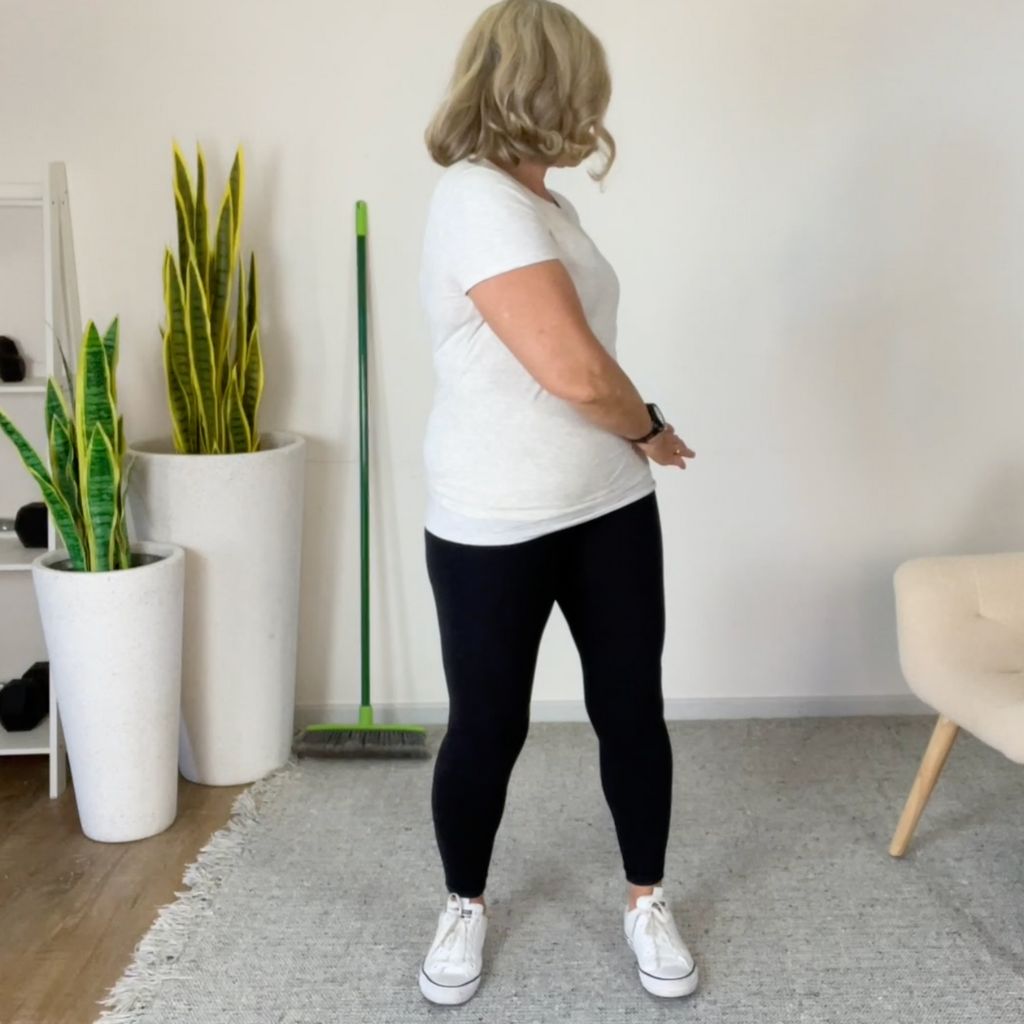
Standing torso rotations
Detailed TWISTING tutorial resource: CLICK Image/Link
11. Rolling - Core mobility and floor transitions
Rolling may sound simple - but the ability to move (roll) side-to-side smoothly (especially in bed or on the floor) is a key to ageing comfortably.
Being able to roll is an important skill because if you potentially come into the hospital as a patient and you need to go into a pan and you can't roll, that makes a lot more work for the nurses and you'll feel far better if you can roll. You'll be far more comfortable without having to rely on someone to roll you.
But it's also fun to play around the floor with your grandkids and it may be that if you've had a fall, we need to be able to roll so that we can get back onto our knees again.
Everyday life:
If you've ever struggled to roll over in bed, or on the floor, you know how frustrating not being able to do this movement can be.
Examples:
- Getting out of bed
- Reaching under furniture
- Playing on the floor with a grandchild
- Moving after a fall or injury, to get aid or help
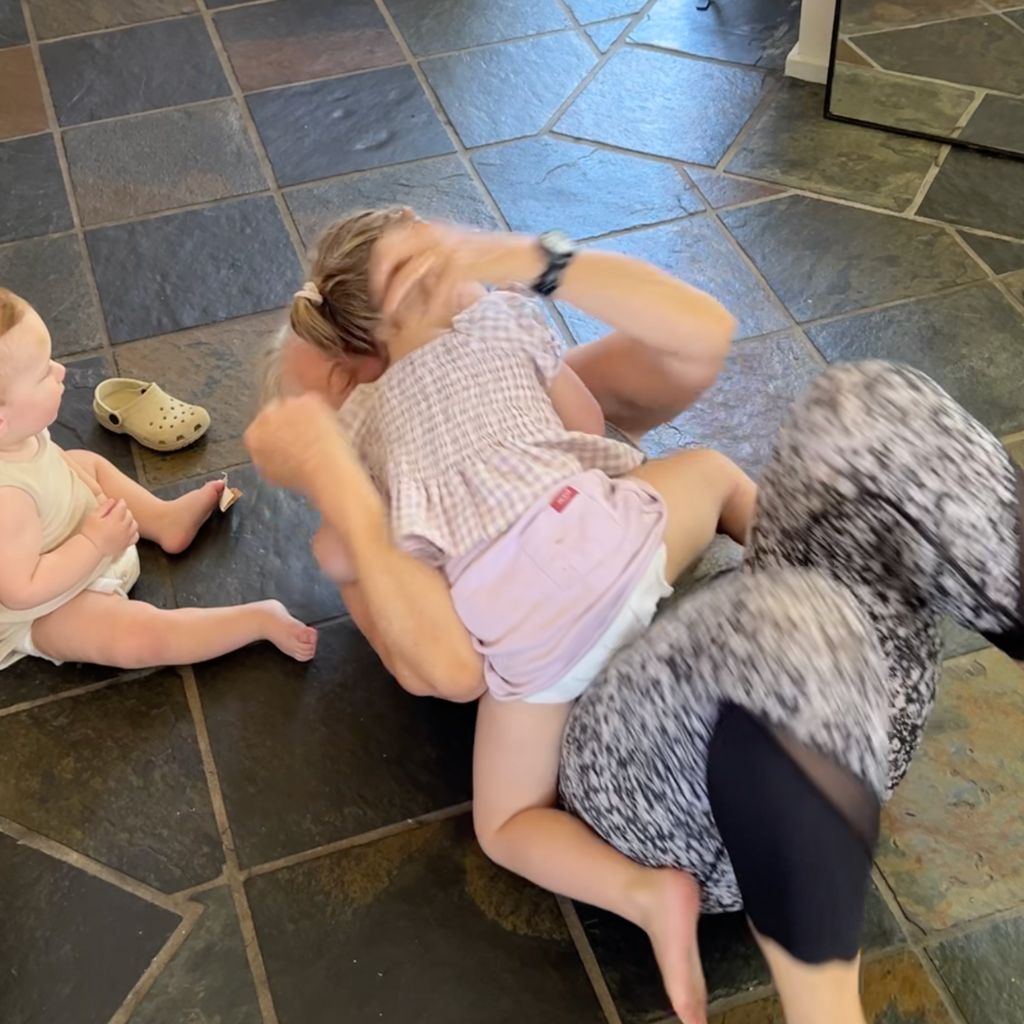
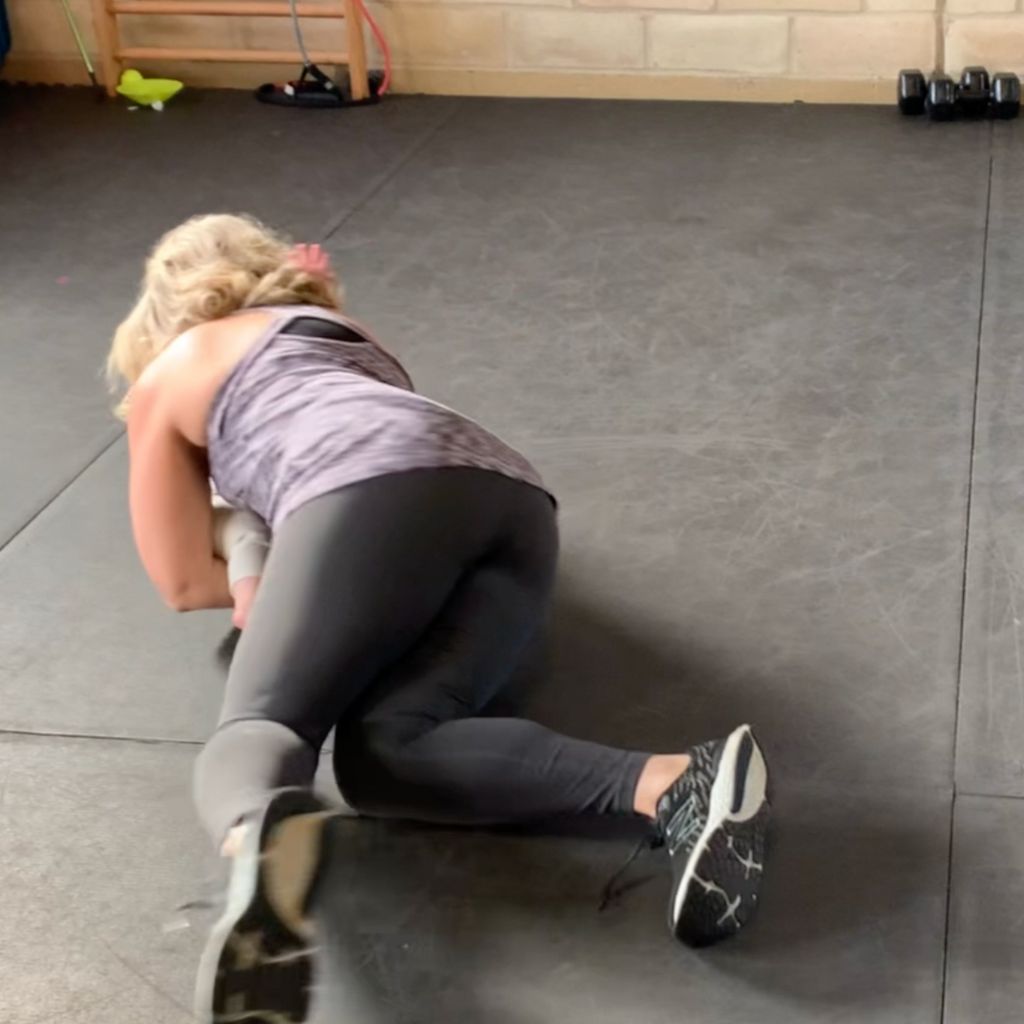
Strengthen:
Rolling builds core control, midline mobility, and functional movement patterns that protect your spine and keep you adaptable.
Train with:
- Full-body side rolls (bent, straight, or raised legs)
- Weighted rolling patterns
- Log rolls and knee-drop drills with or without a pillow under head
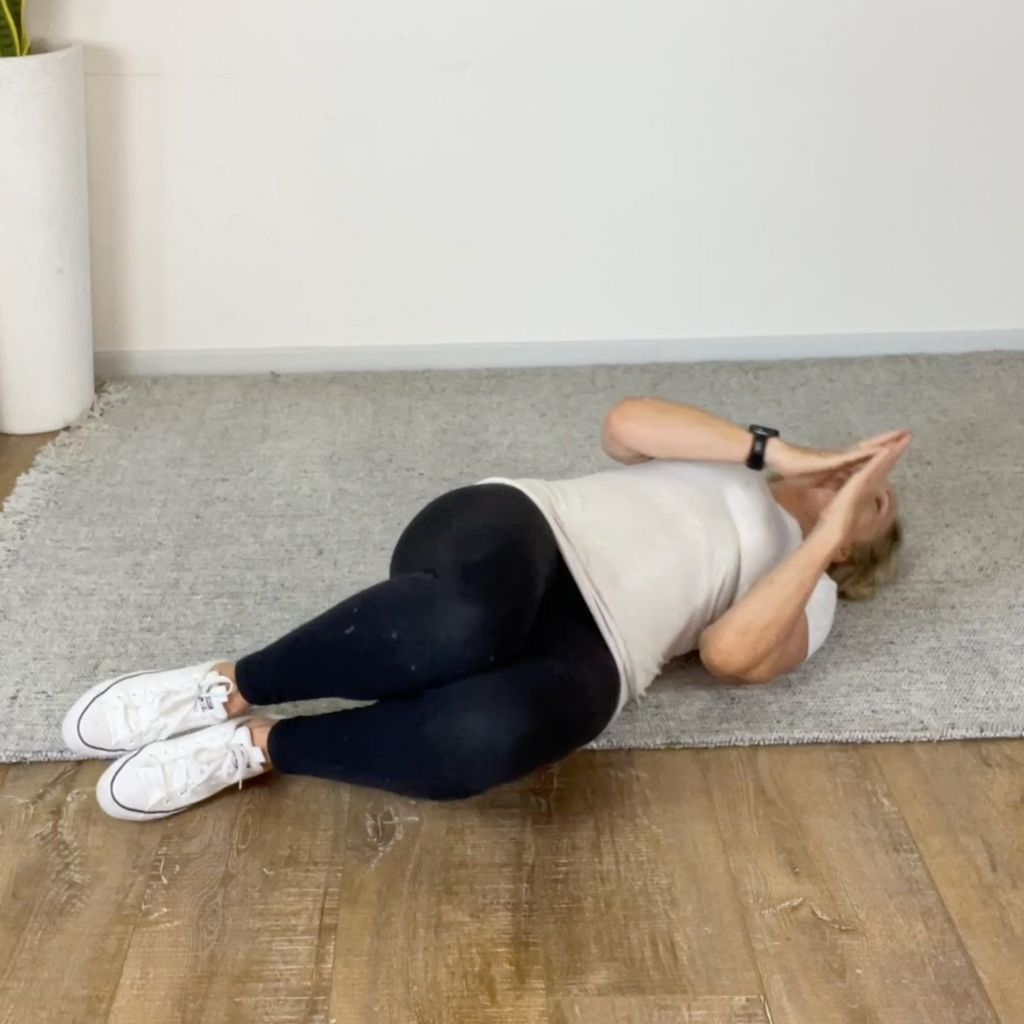
Side-to-side rolls knees bent
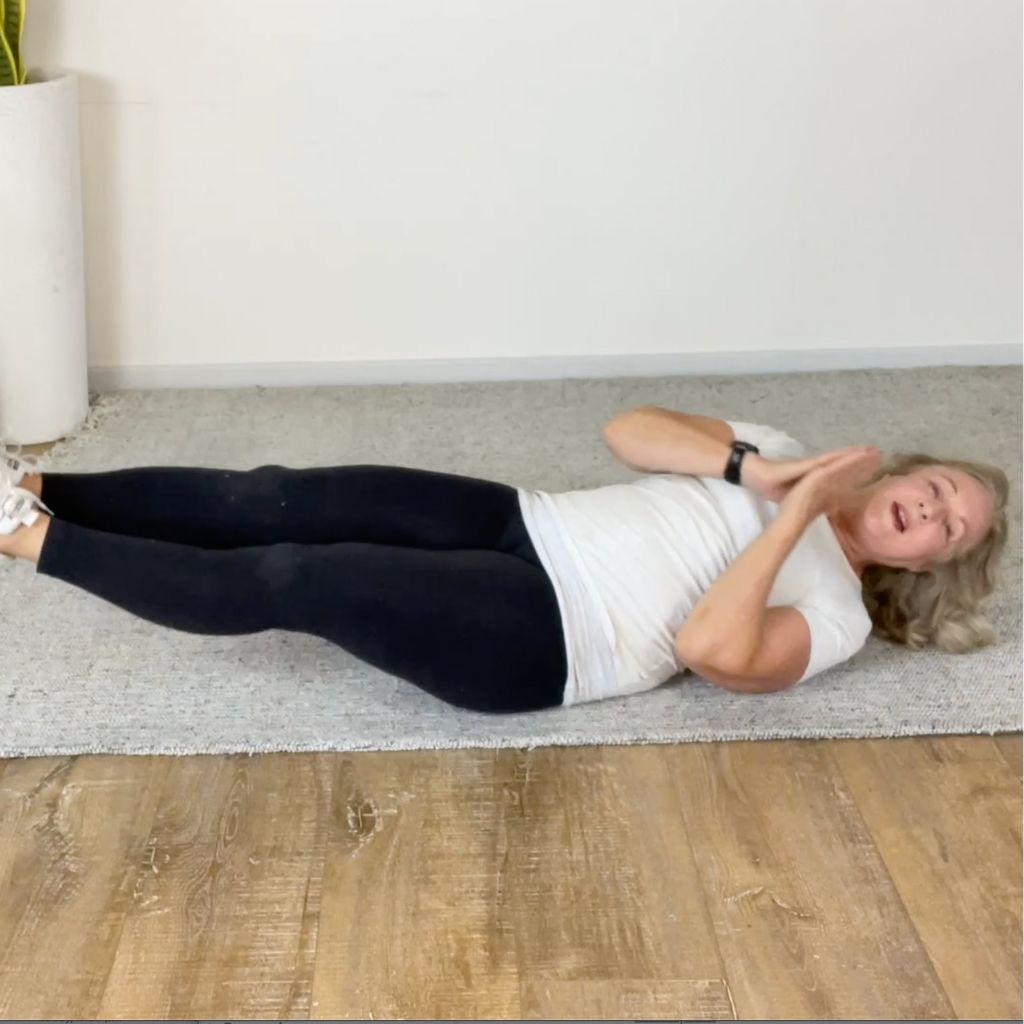
Side-to-side rolls legs raised
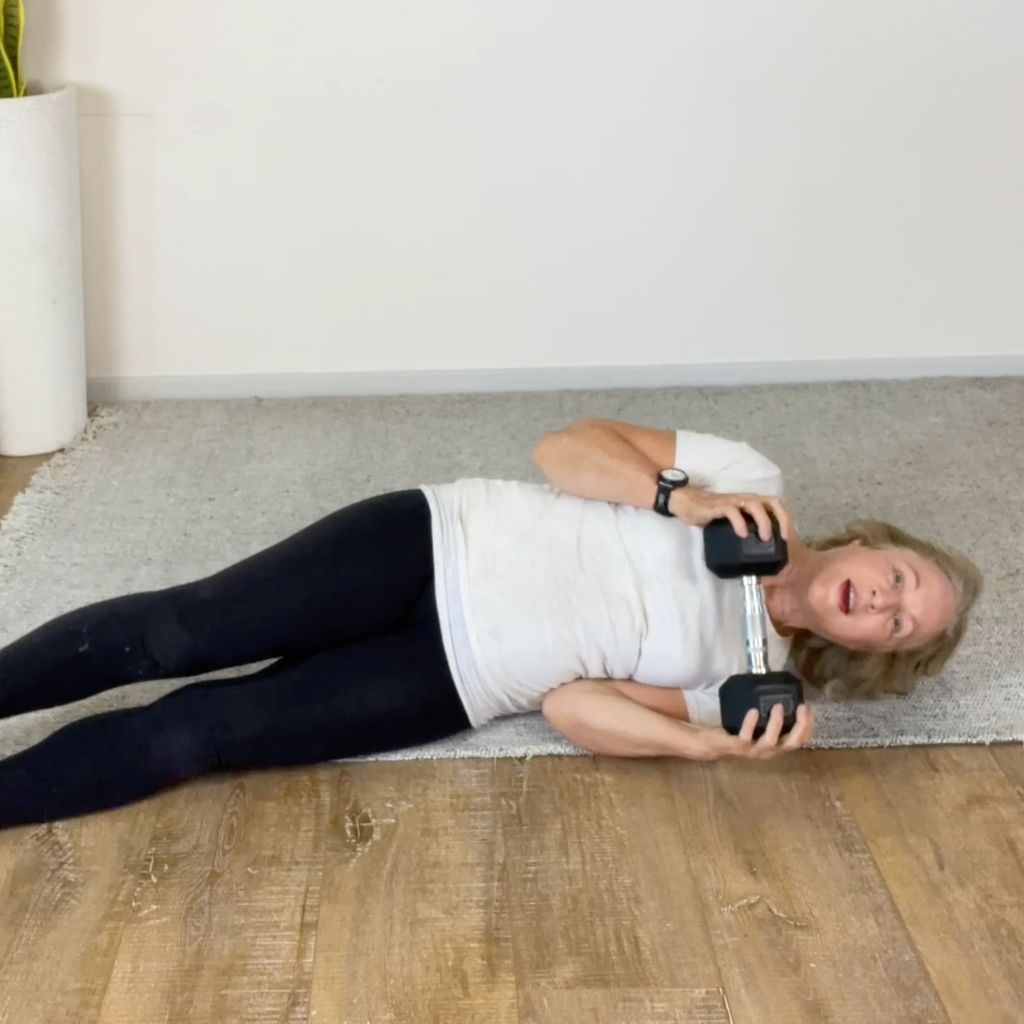
Rolling with dumbbell
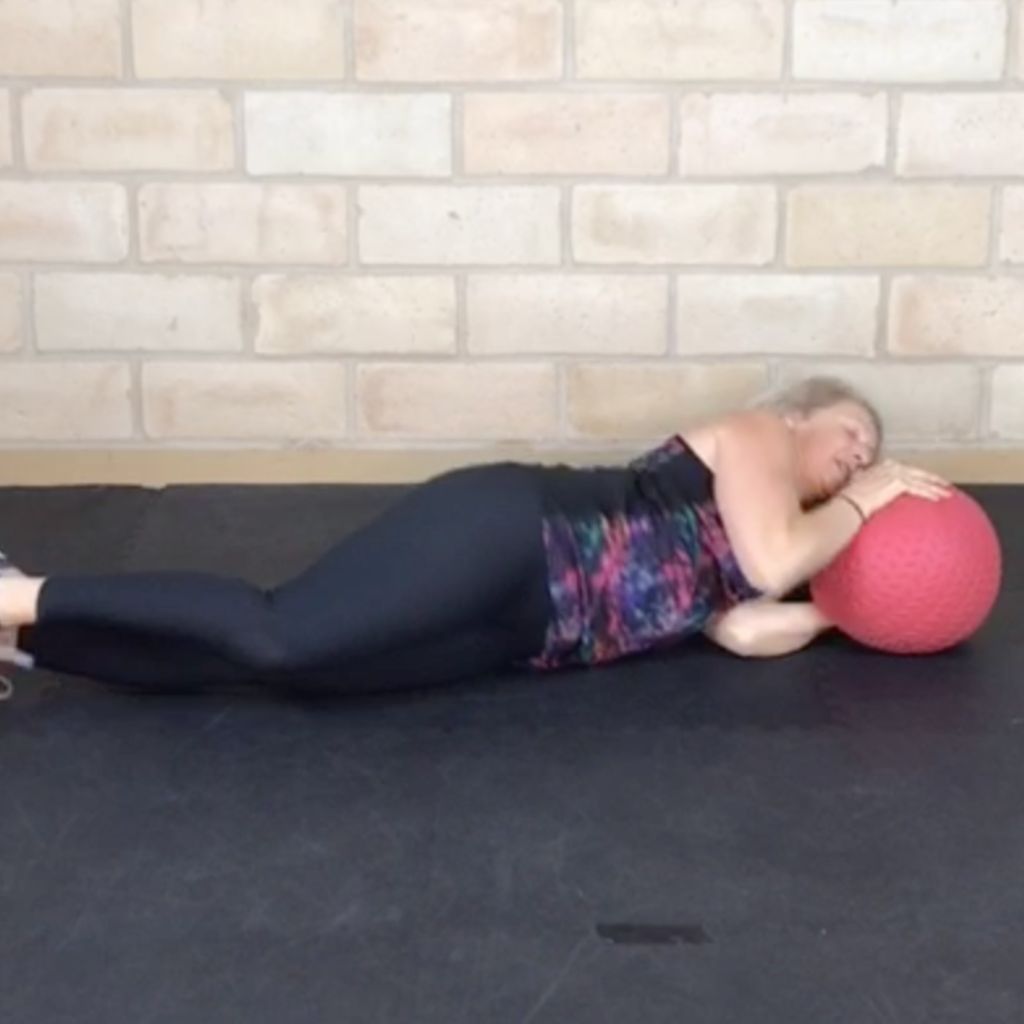
Rolling with weighted ball
Detailed ROLLING tutorial resource: CLICK Image/Link
12. Getting Down and Up from the Floor
Being able to get up from the floor is an essential skill, and it's fine if need to crawl over to a bit of furniture and help yourself up that way. But what if you're out walking, you're on a reserve or something, it's getting late at night, it's getting colder, and you've had a fall and you need to get yourself up.
You haven't actually hurt a leg, you haven't hurt anything, but you're stuck on the ground. This can be life or death. And I say that to all my clients, even those in their 80s and 90s, and they still get down and up off the floor most days to keep that movement going.
You don't want to lose that movement ability. But hey, on the fun side, on the flip side, how wonderful to be able to lie on the floor and just play around with your grandkids and then know you can confidently get up. And this is going to help you to maintain independence at home for a long time.
Everyday life:
This essential movement is non-negotiable. It's one of the clearest indicators of whether someone can maintain independence or will need help. It's also where many women lose confidence long before they lose the ability.
Examples:
- After a fall, in a public space or at home
- Playing on the floor with grandchildren
- Doing housework, gardening, or stretching
- Navigating emergencies when no one is around
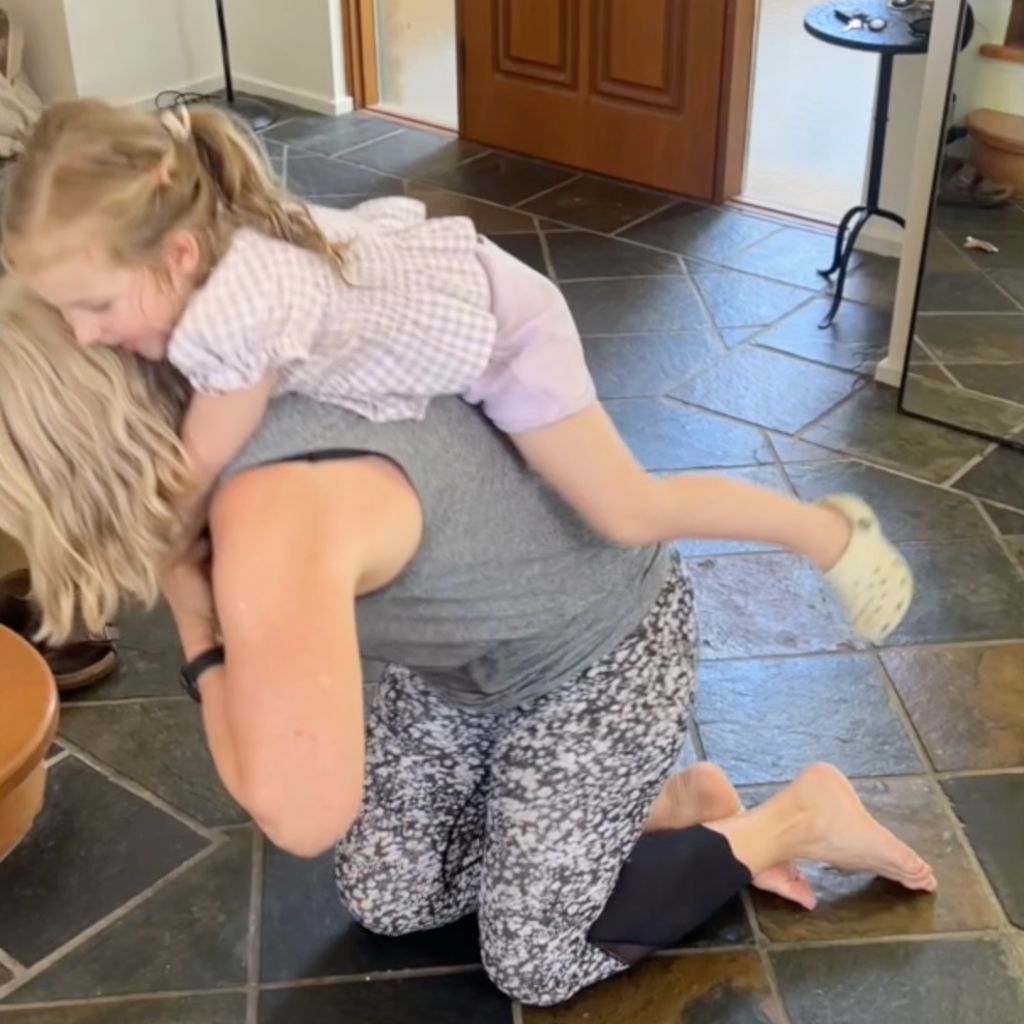
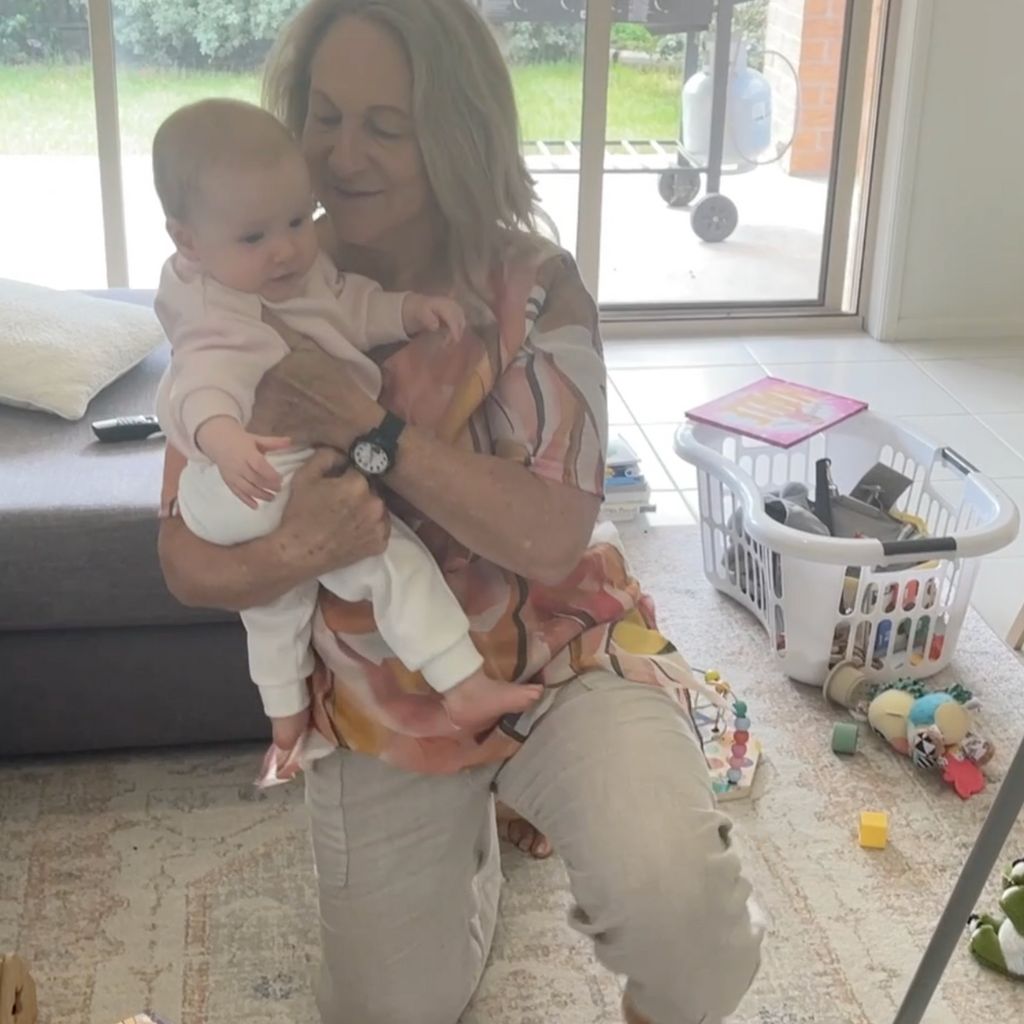
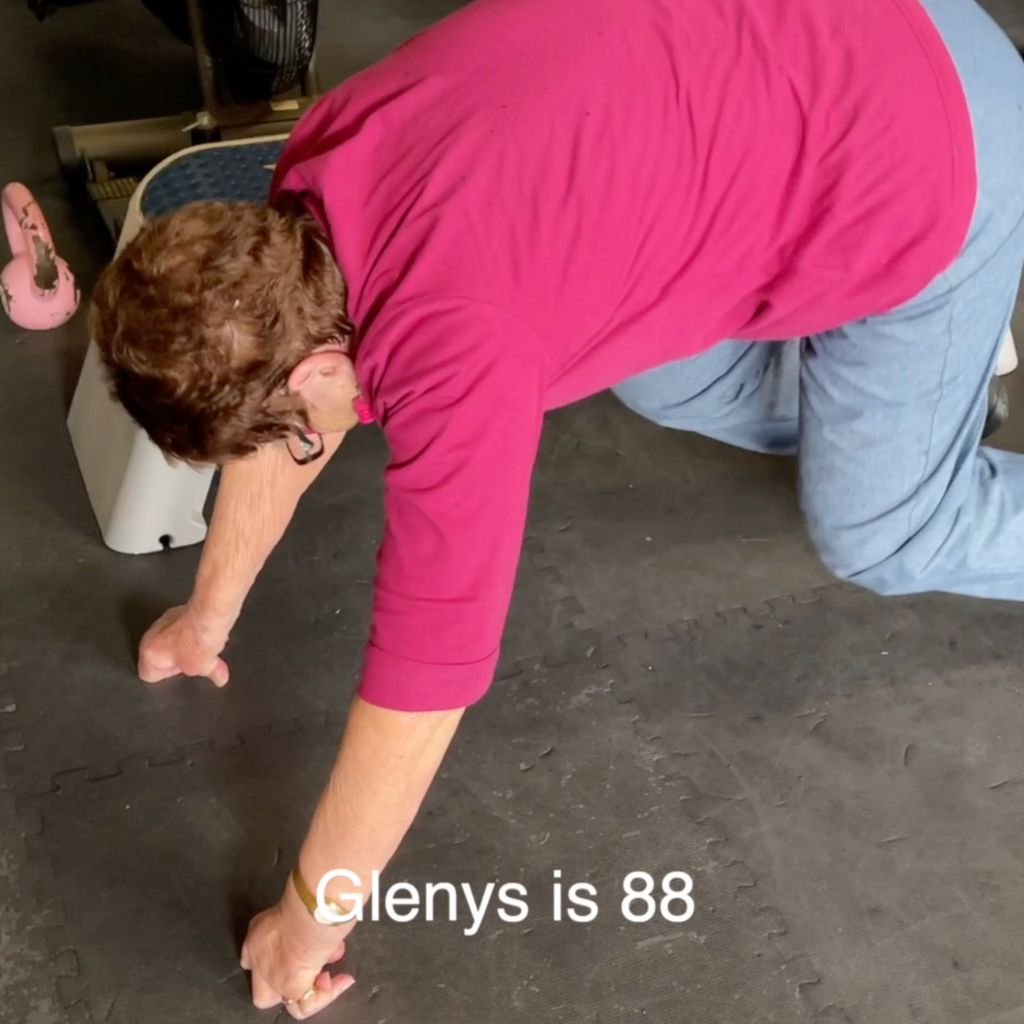
Strengthen:
Floor transitions train full-body co-ordination, core and upper body strength, and mental confidence. We teach progressions so you always have a way forward - no matter where you're starting, or the circumstance you may find yourself in.
Train with:
- Crawl out drills
- Sit-to-knee transitions
- Hands-free- chair-to-stand drills
- Get up plank holds, on hands and toes
- NOTE: Every strength movement exercise mentioned to this point will help with this crucial life-skill to maintain.

Crawl out step 1
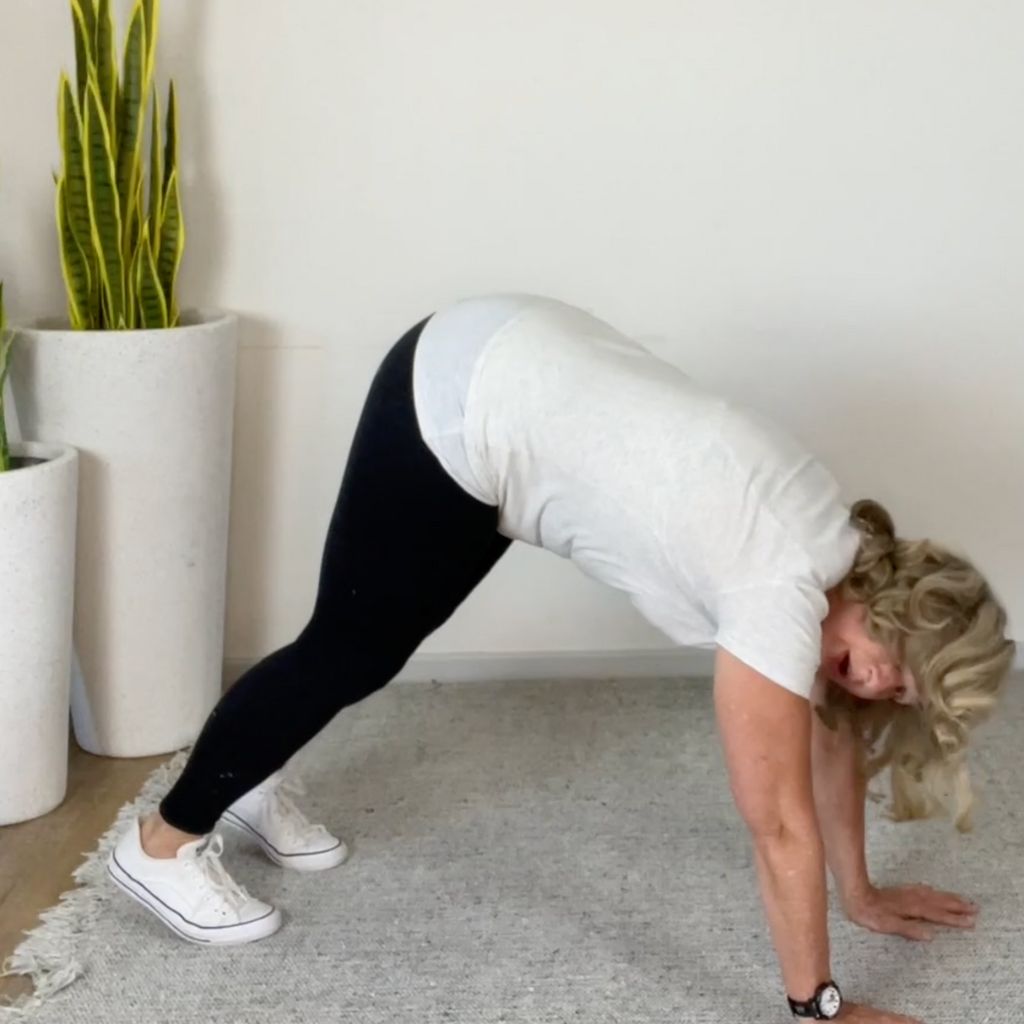
Crawl out step 2
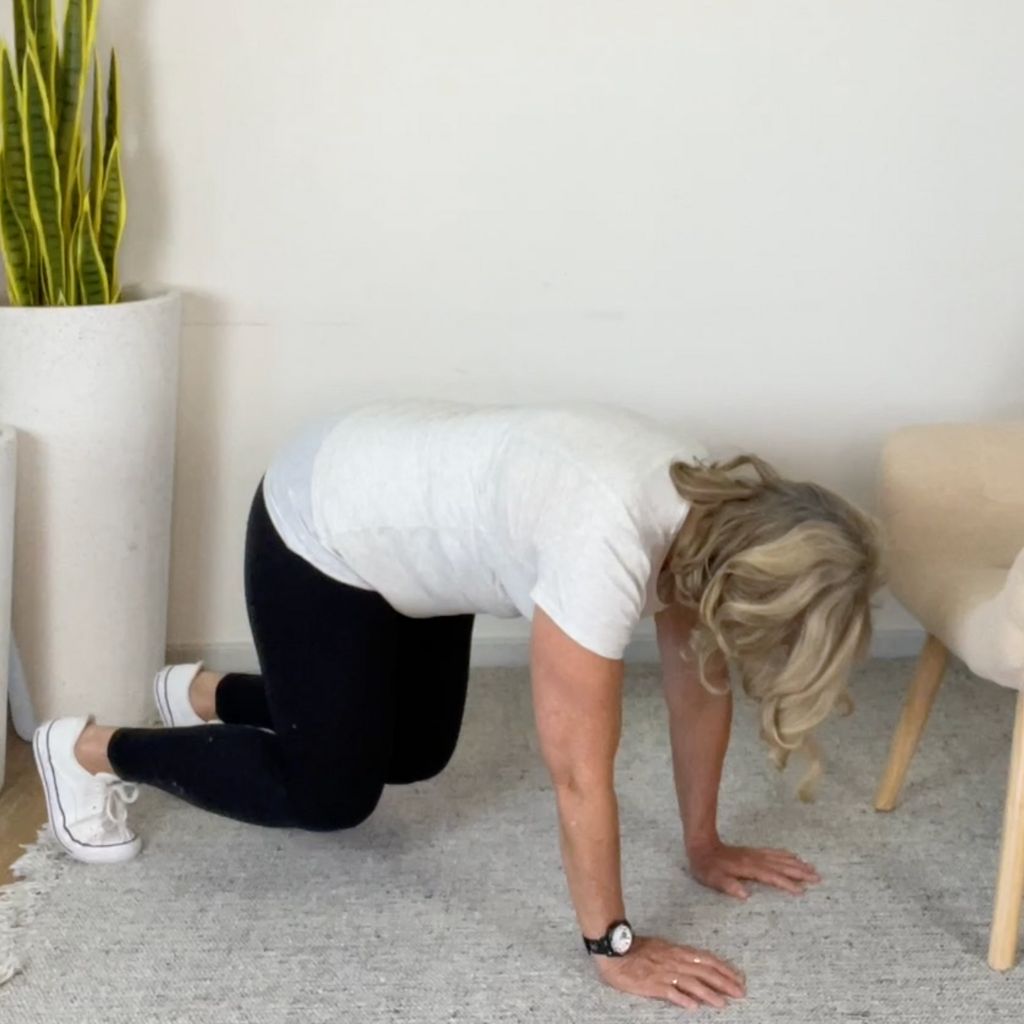
Get up plank
Detailed 'Get Down & Up From Floor' tutorial resource: CLICK Image/Link
Train for the Moments that Matter - Not Just the Movements:
These 12 movement aren't just about avoiding frailty, they're about staying strong for what (and who)matters most:
The more consistently you train these everyday movement patterns, the more resilient and capable you'll feel - not just now, but for decades to come.
"But what if I can't do some of these movements yet"
That's exactly why we created our step-by-step Grandma Strong programs.
Inside our online membership you'll find:
You'll train at your own pace, on your own schedule, with expert guidance every step of the way.
Ready to Get Stronger for the Life You Want?
Strength training for women over 60 isn't about slowing down, it's about rising up.
You're not done yet. And you don't have to do it alone.
Watch the full video above to learn more how these 12 everyday movements work in everyday life. Then when you're ready to go deeper, consider joining us inside grandma strong.
[Learn more about our programs here]
We'll help you move stronger, feel younger, live louder, and last longer - for every moment that matters.
